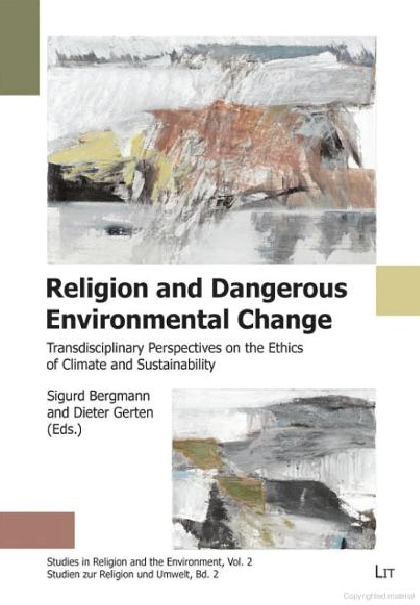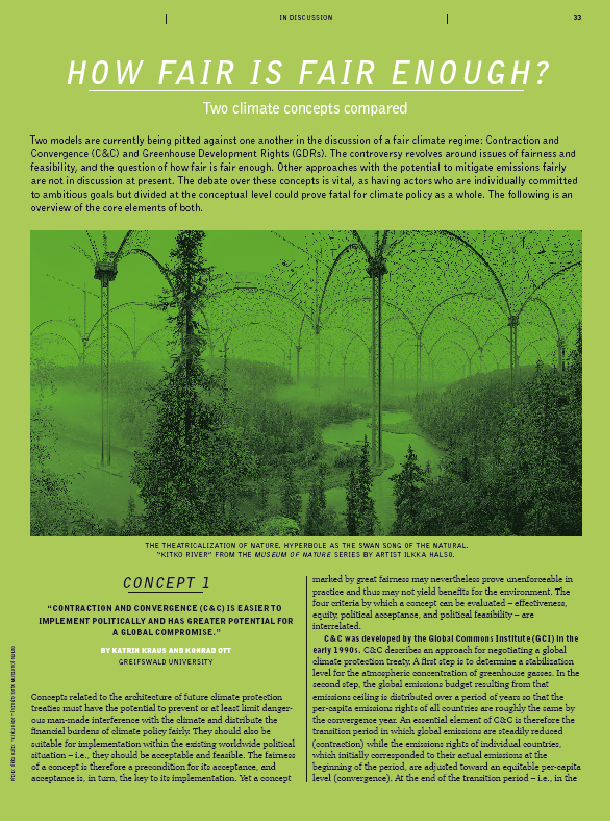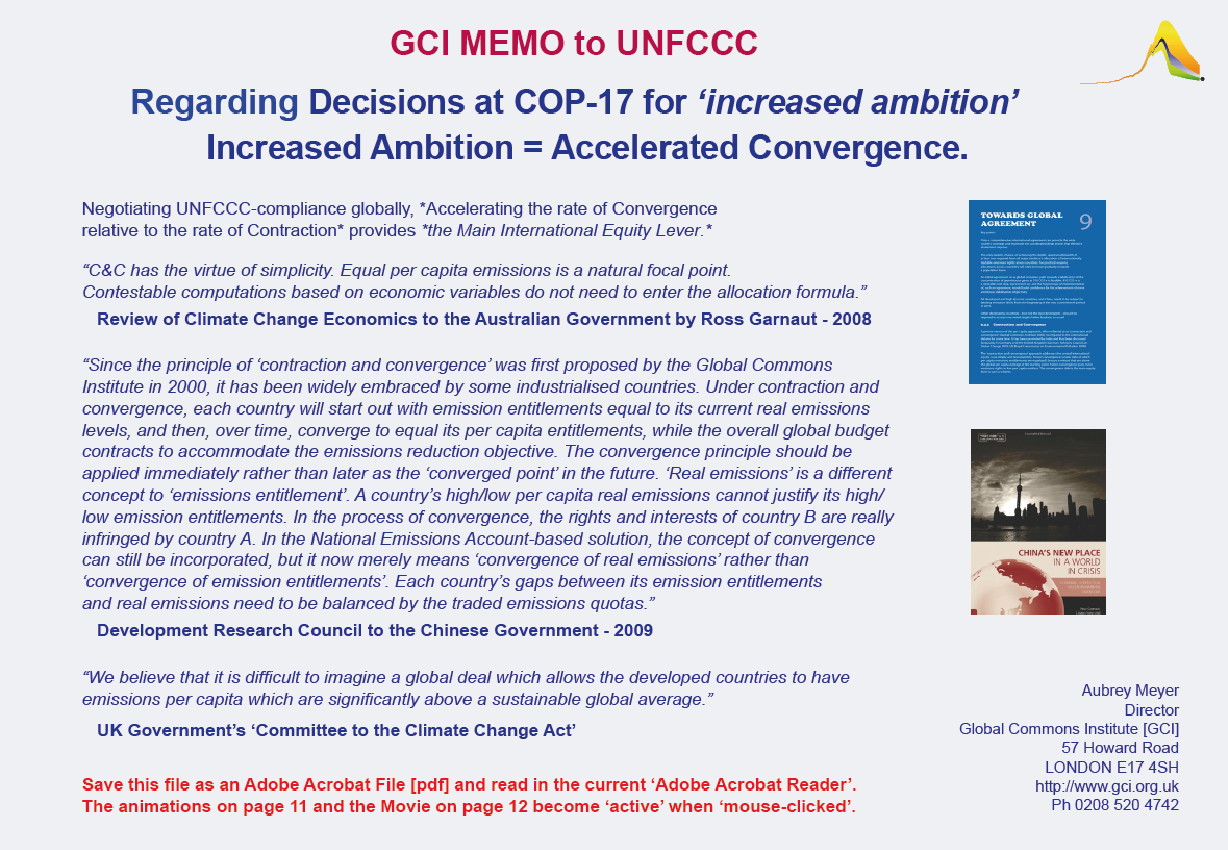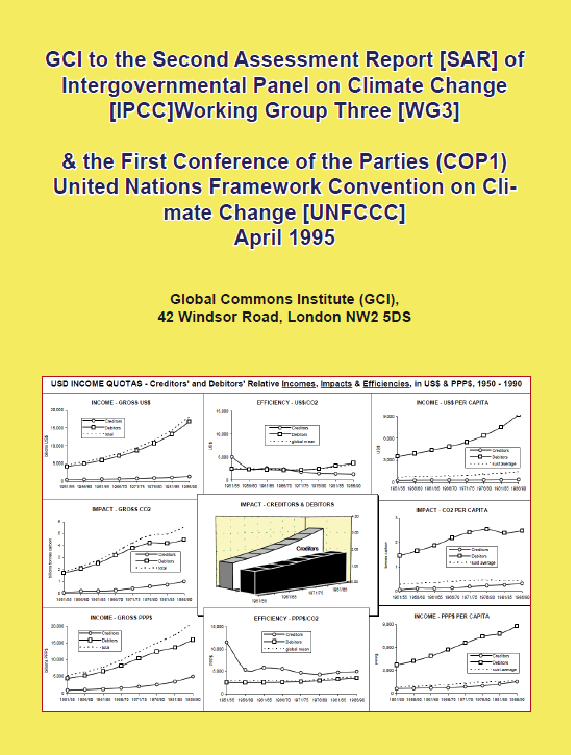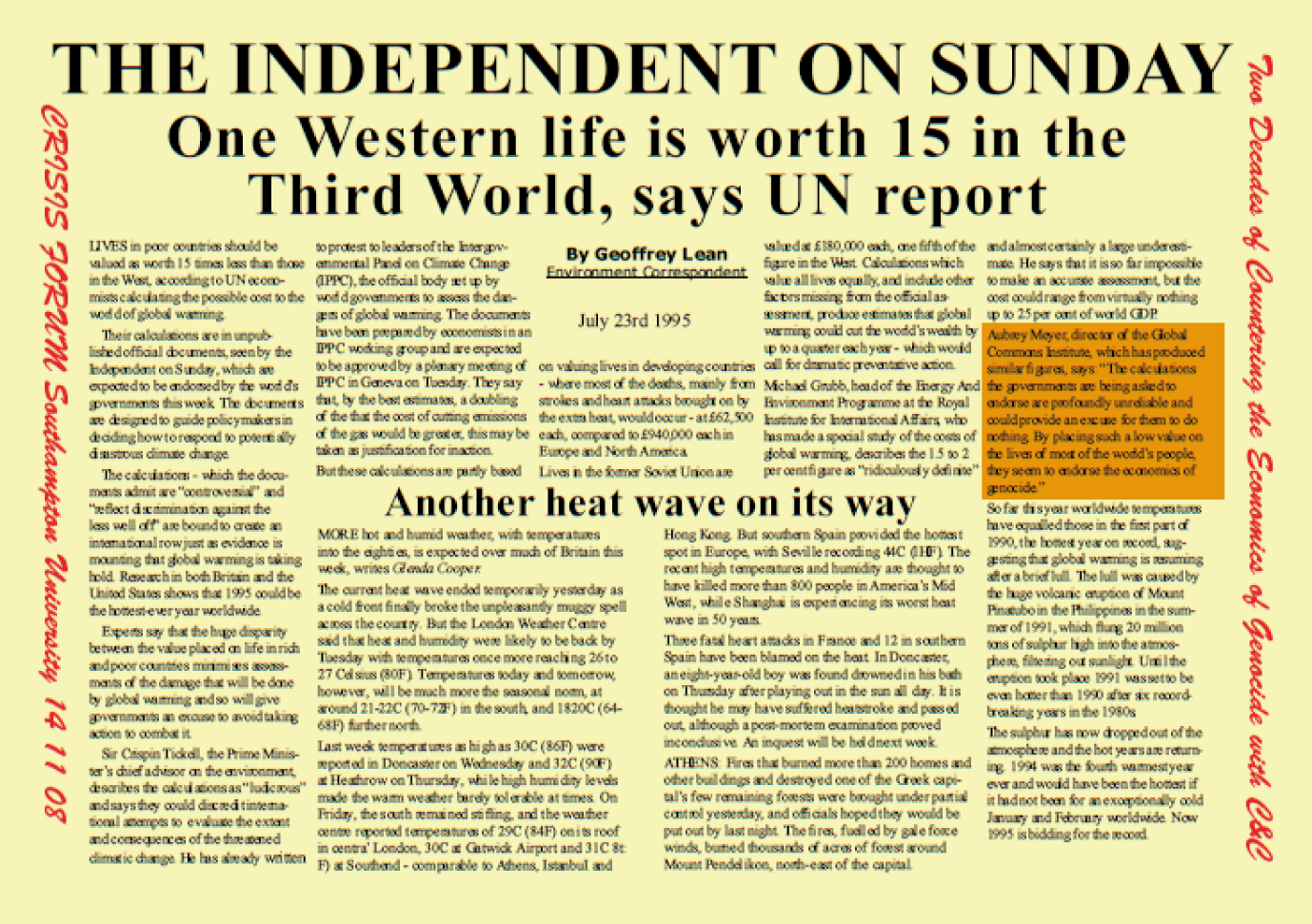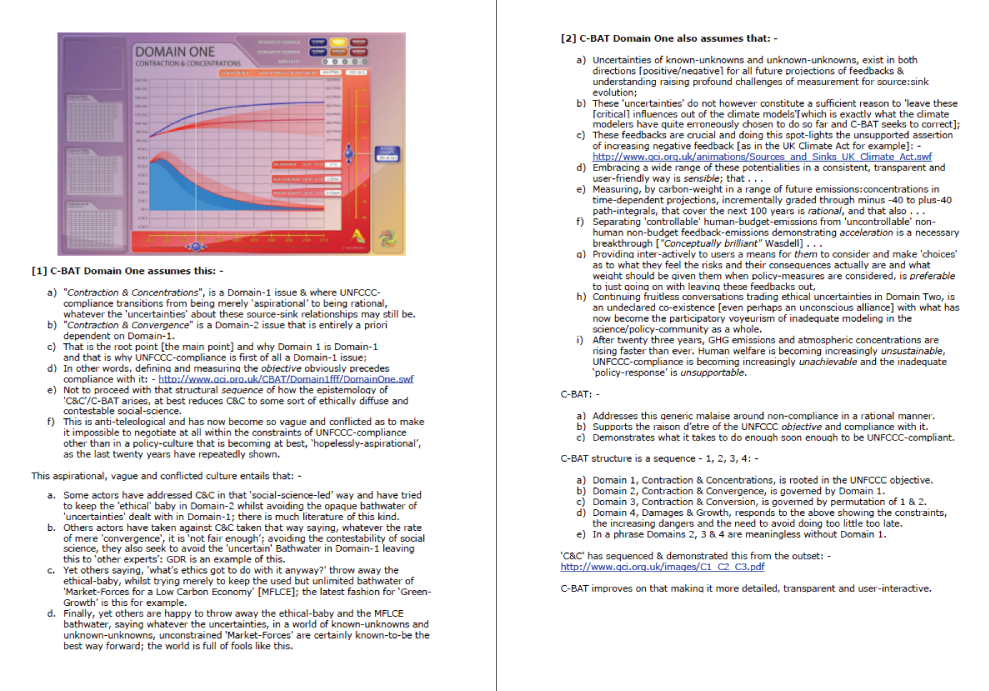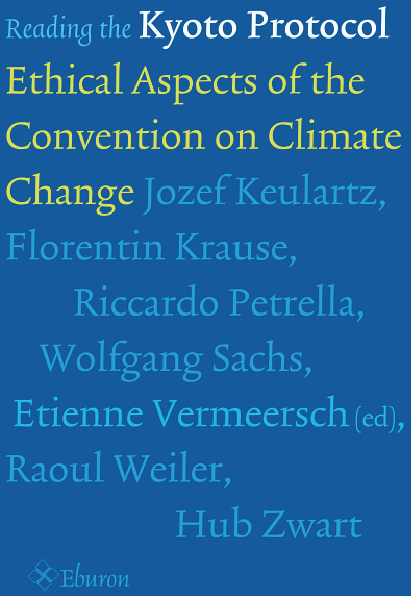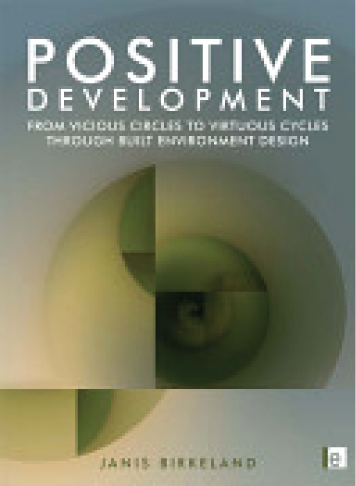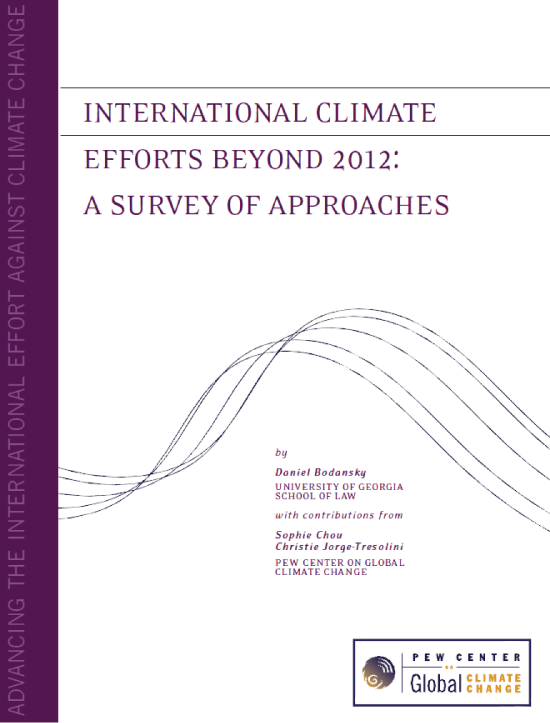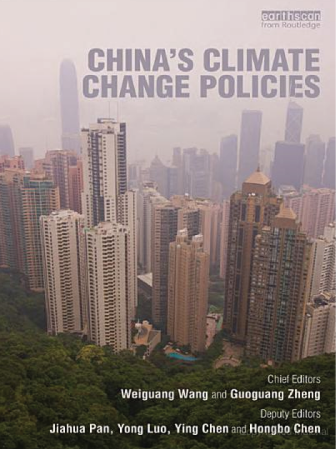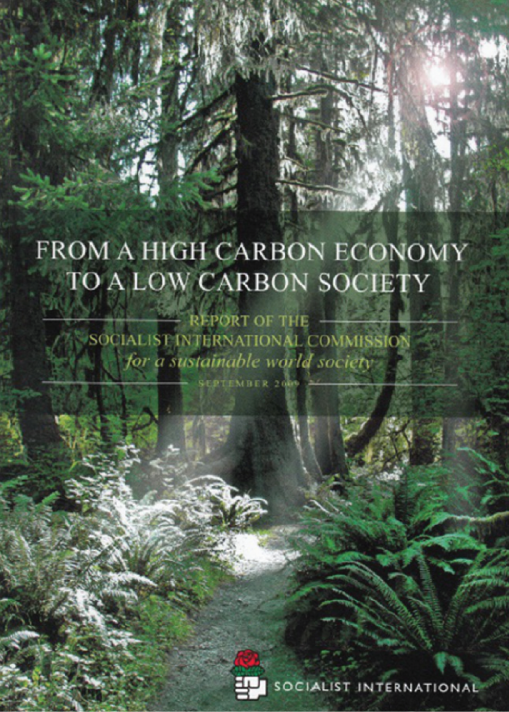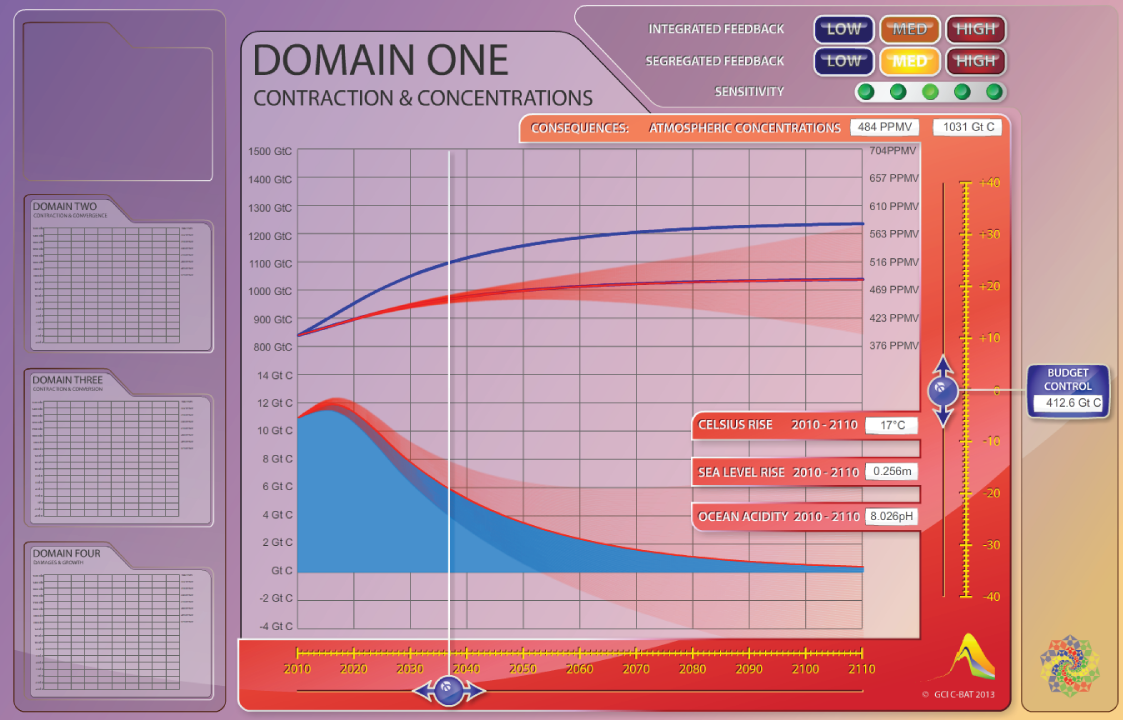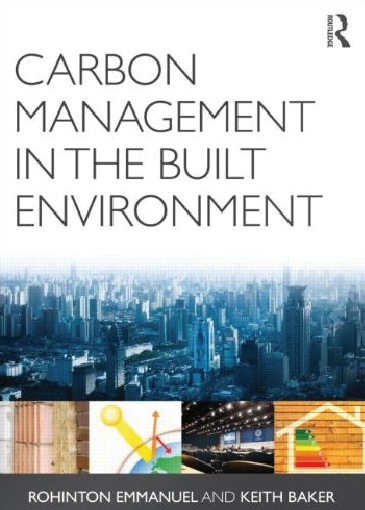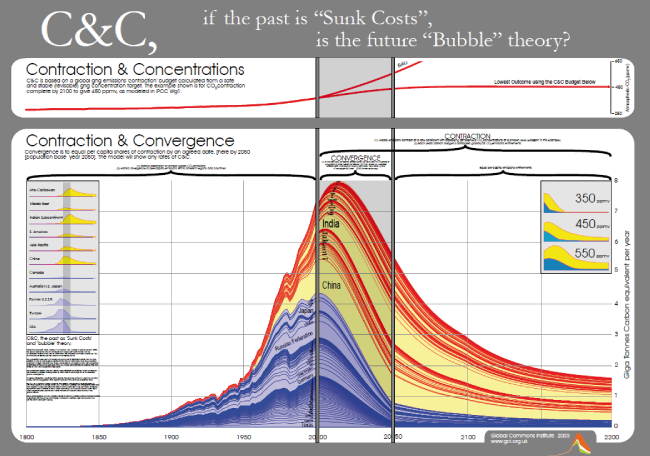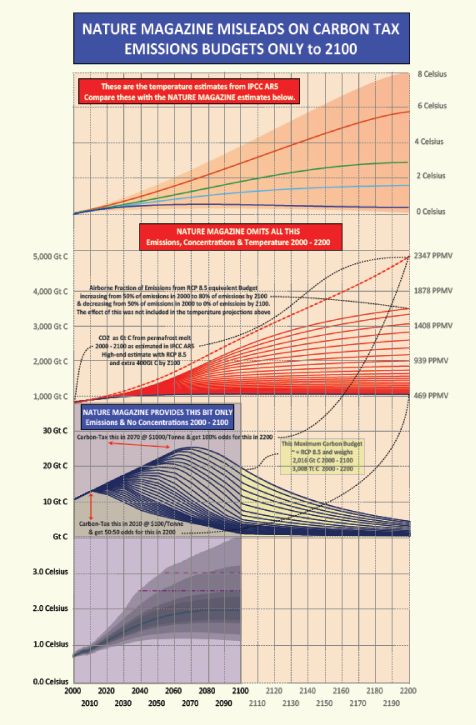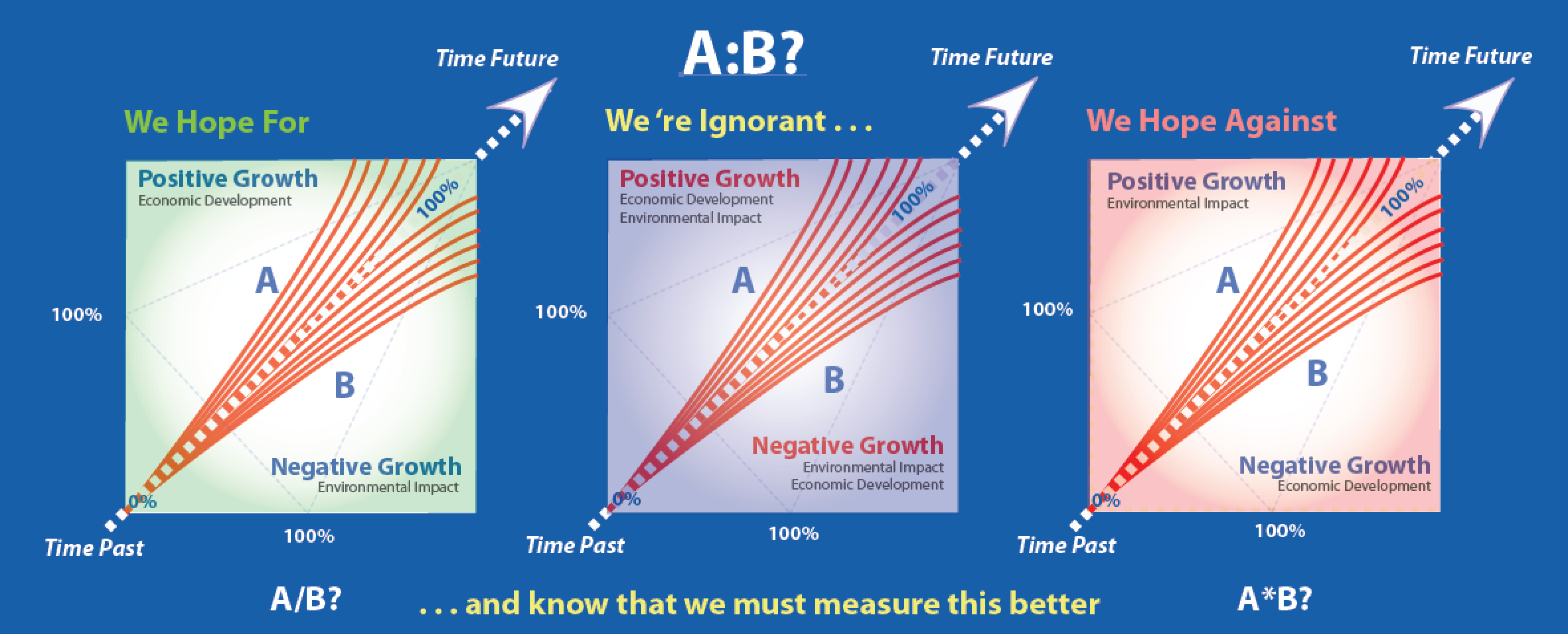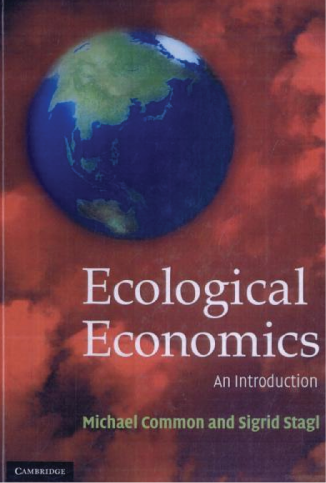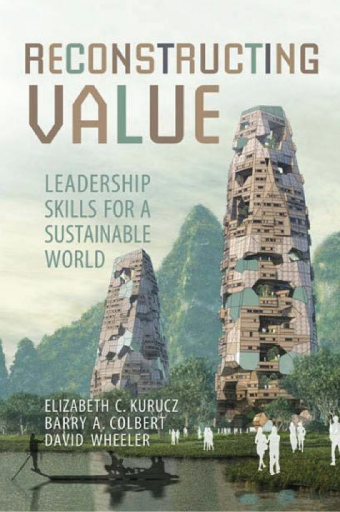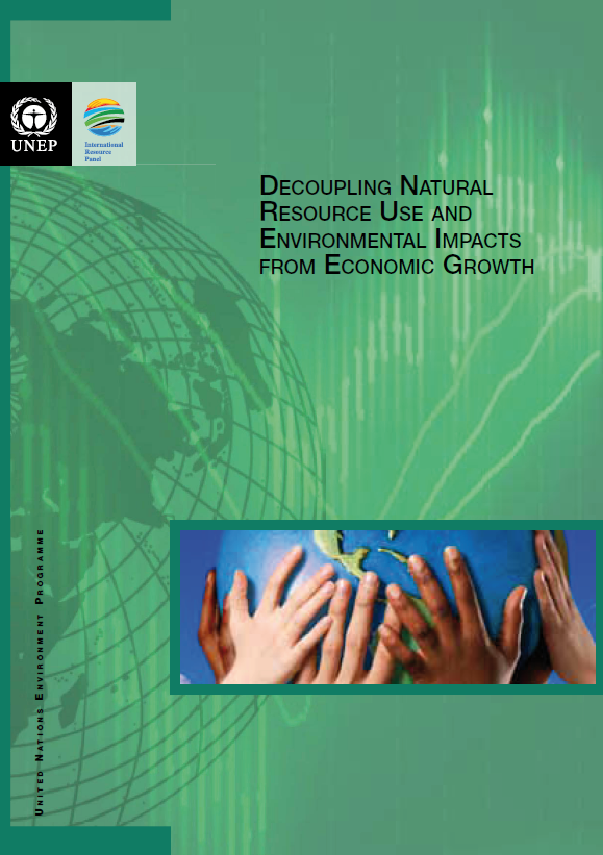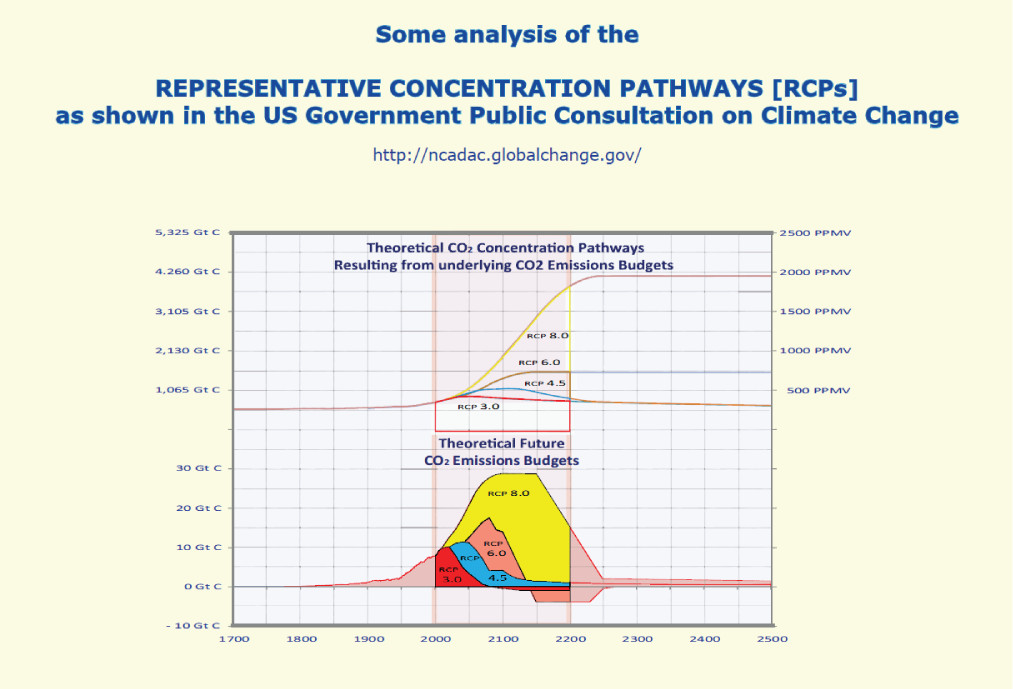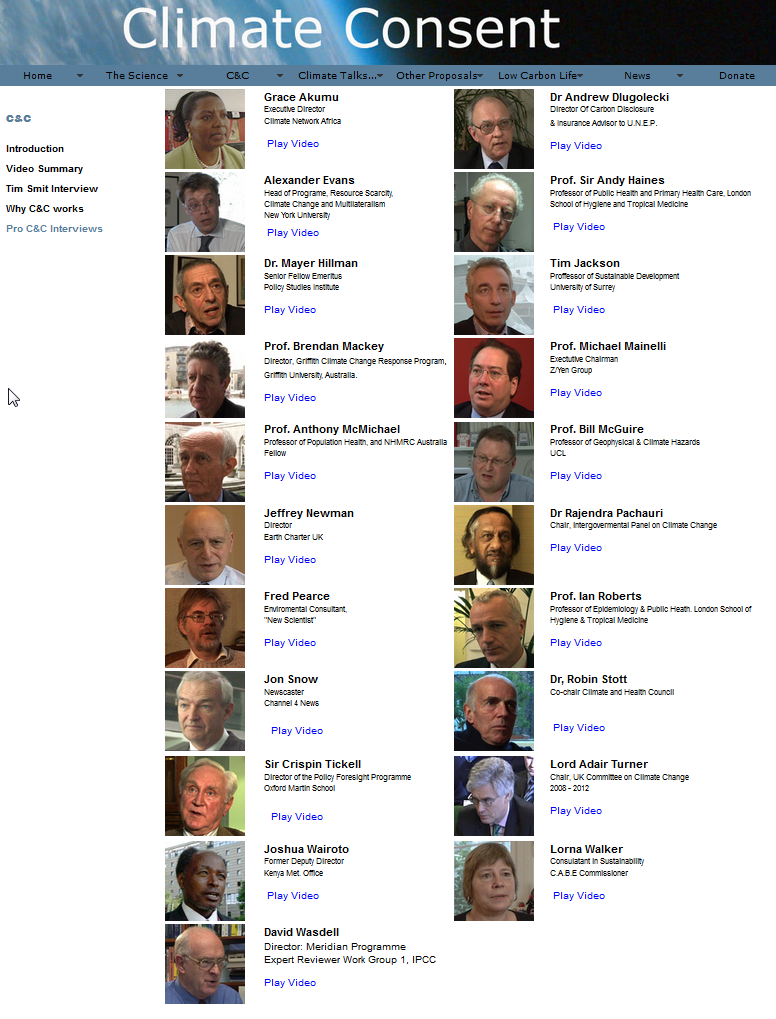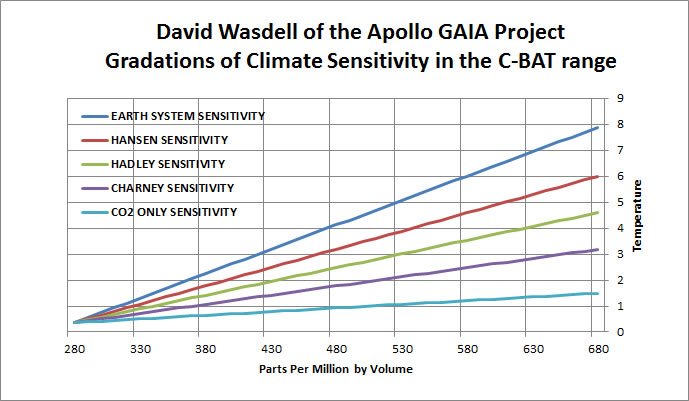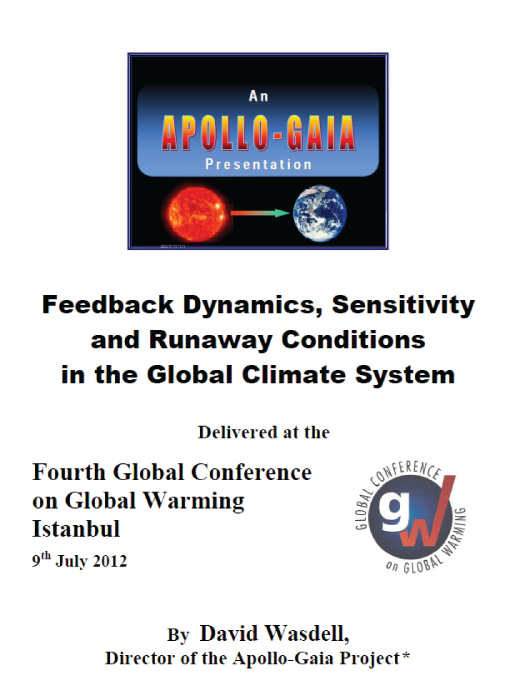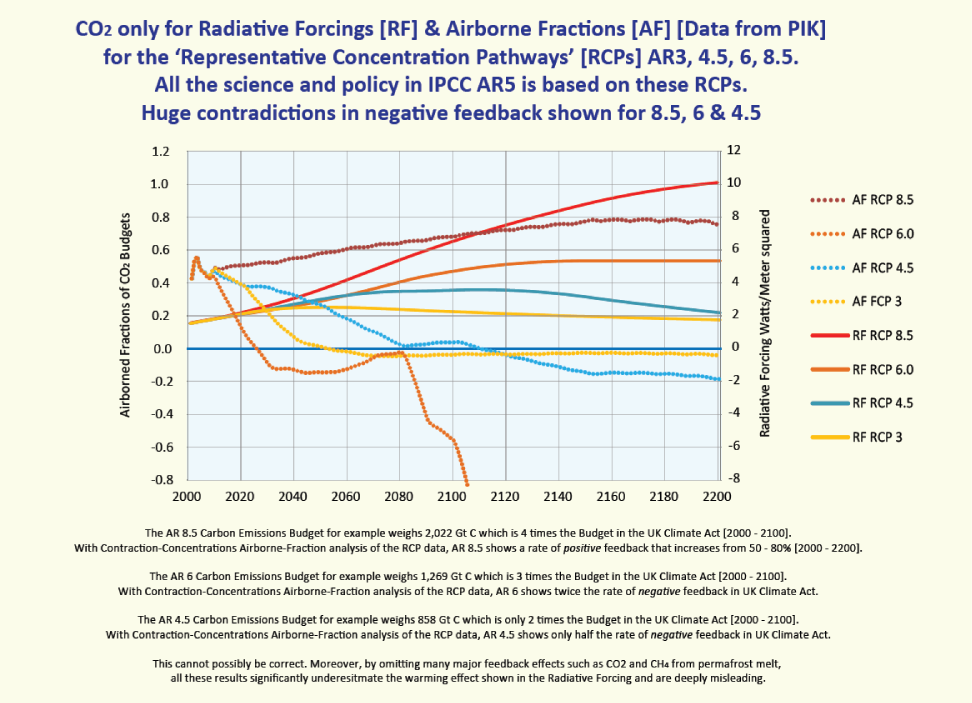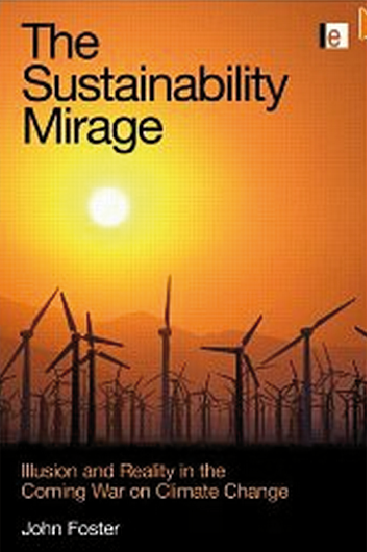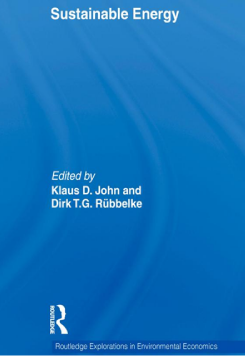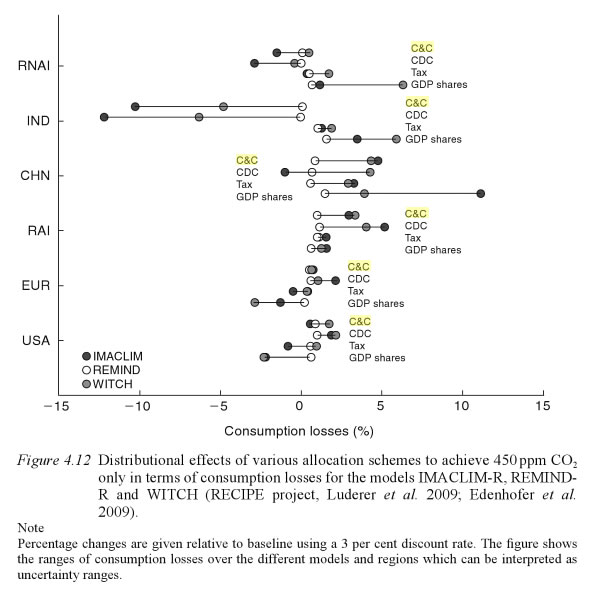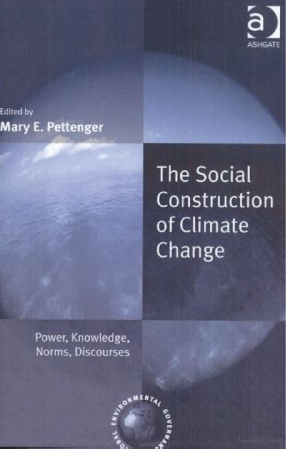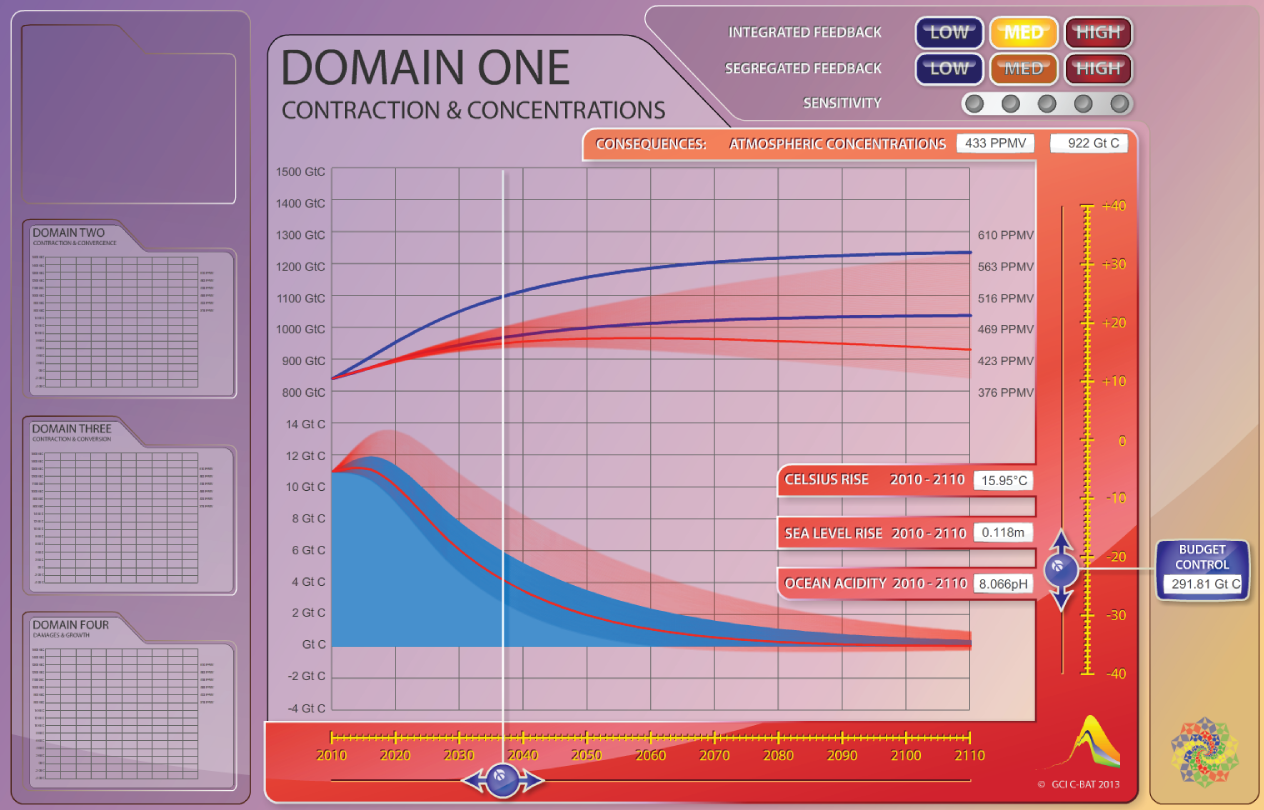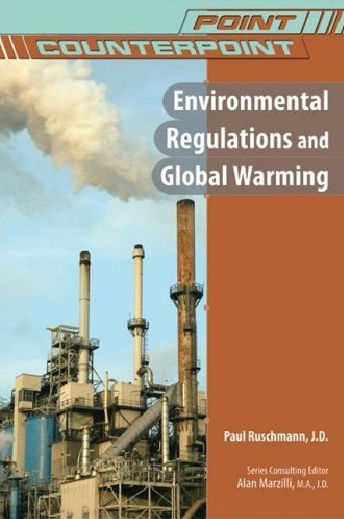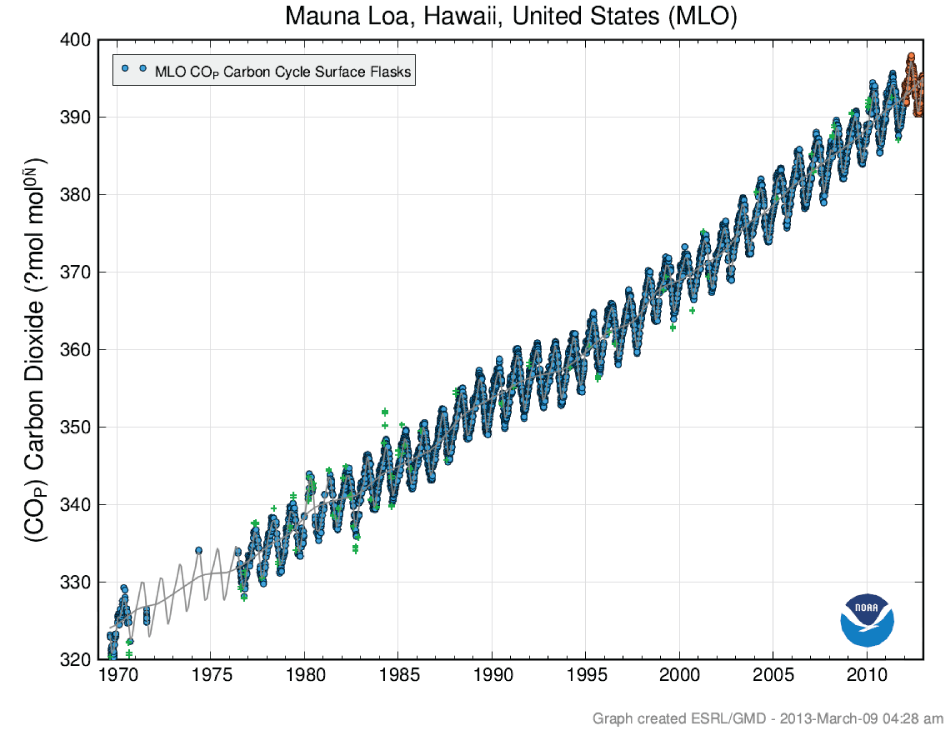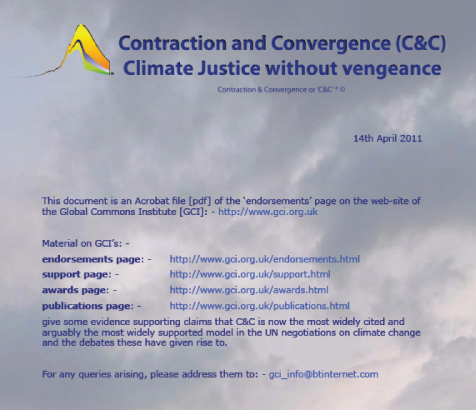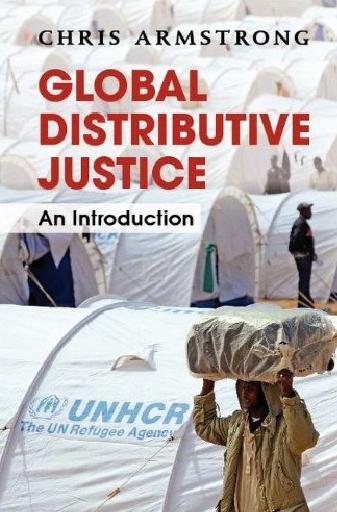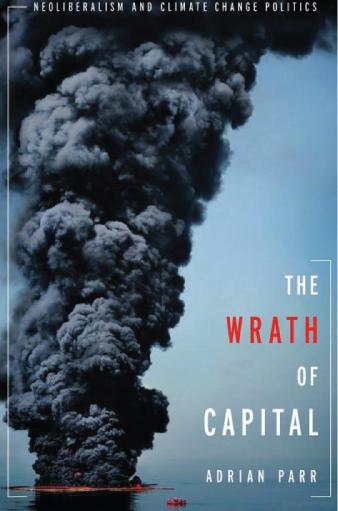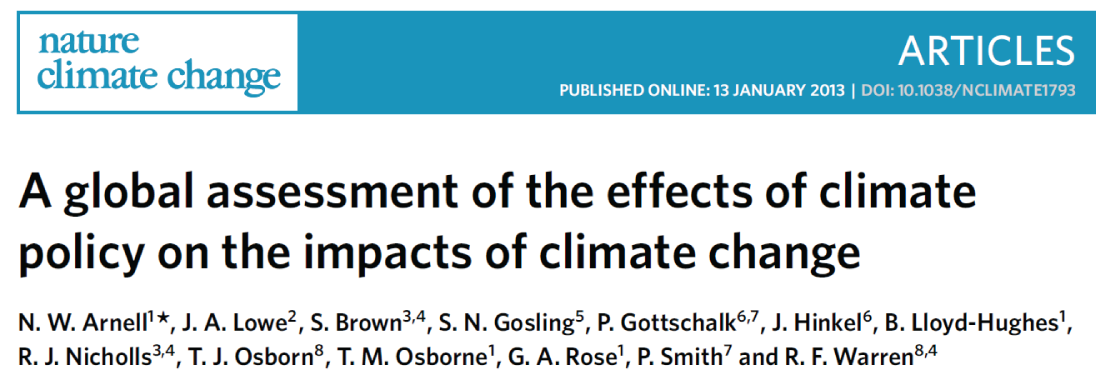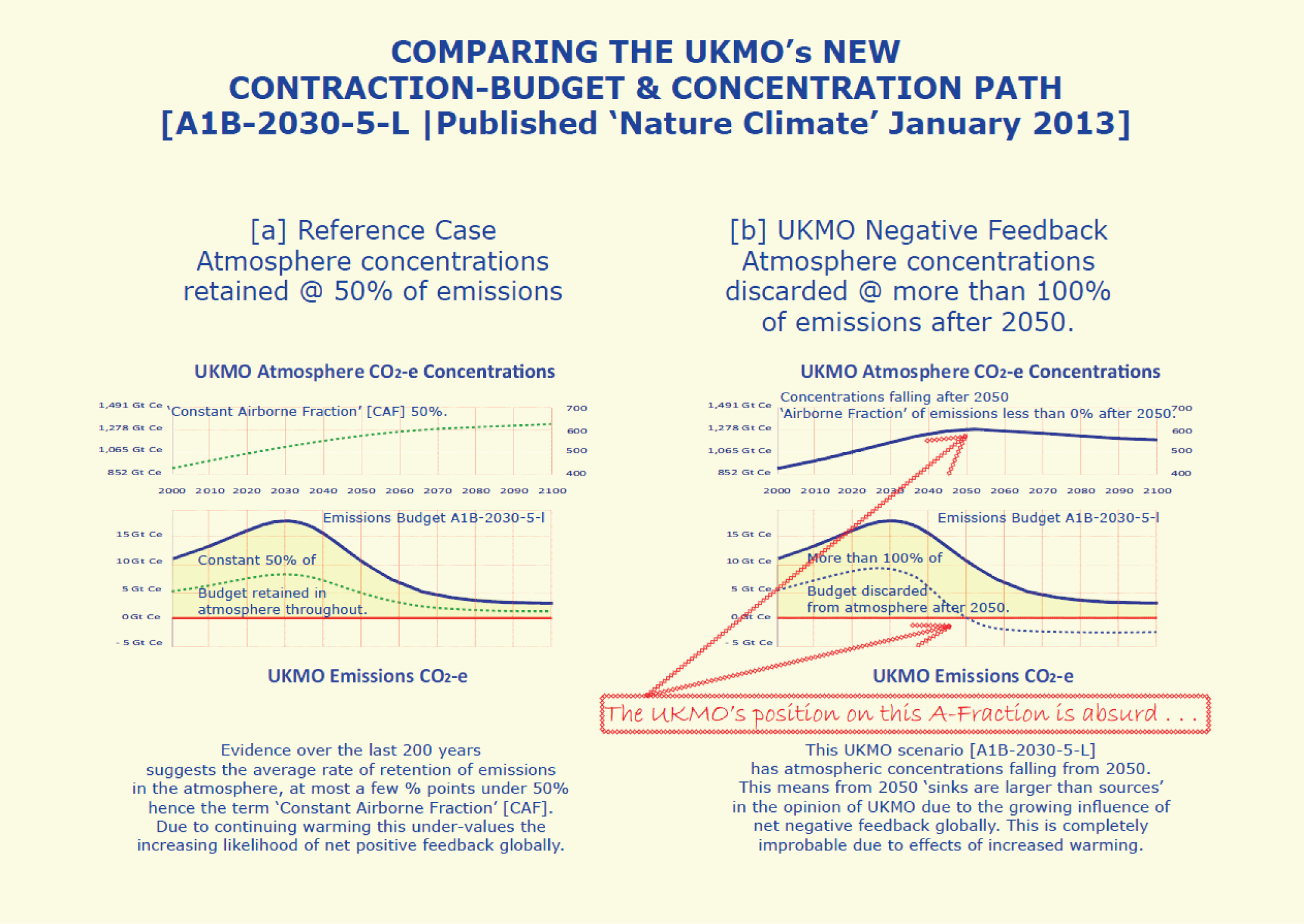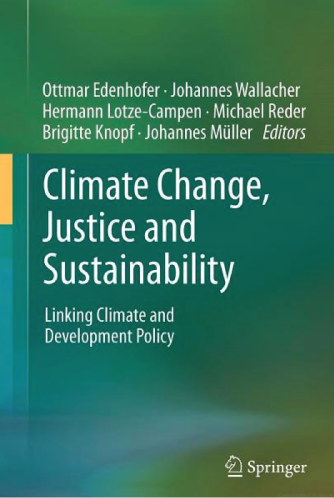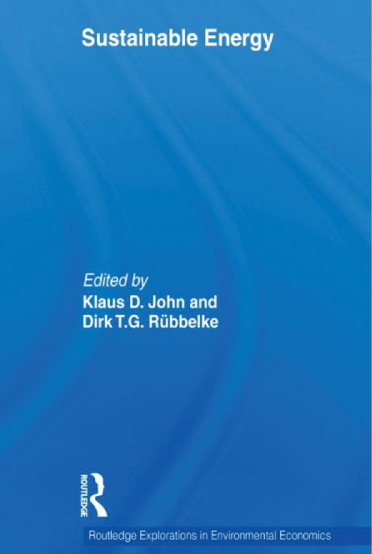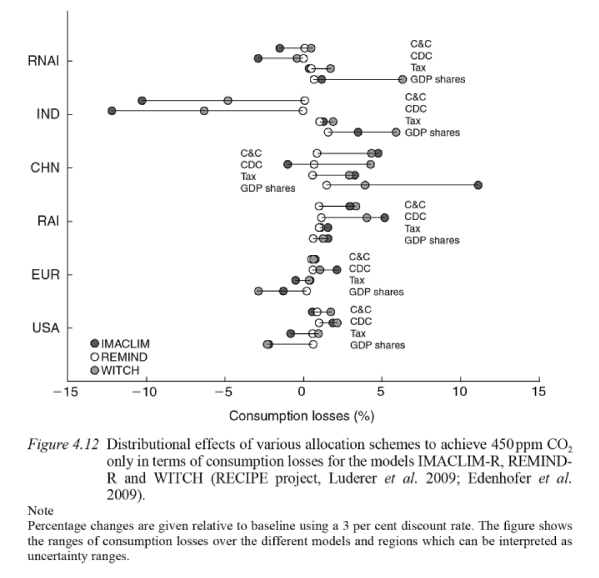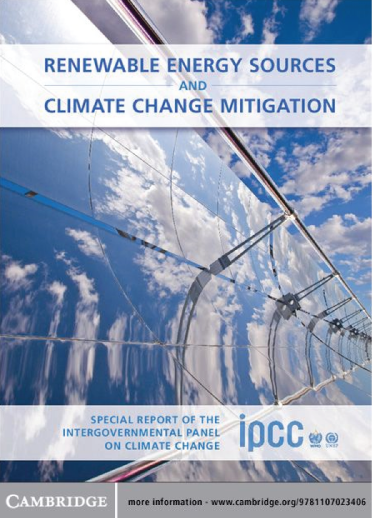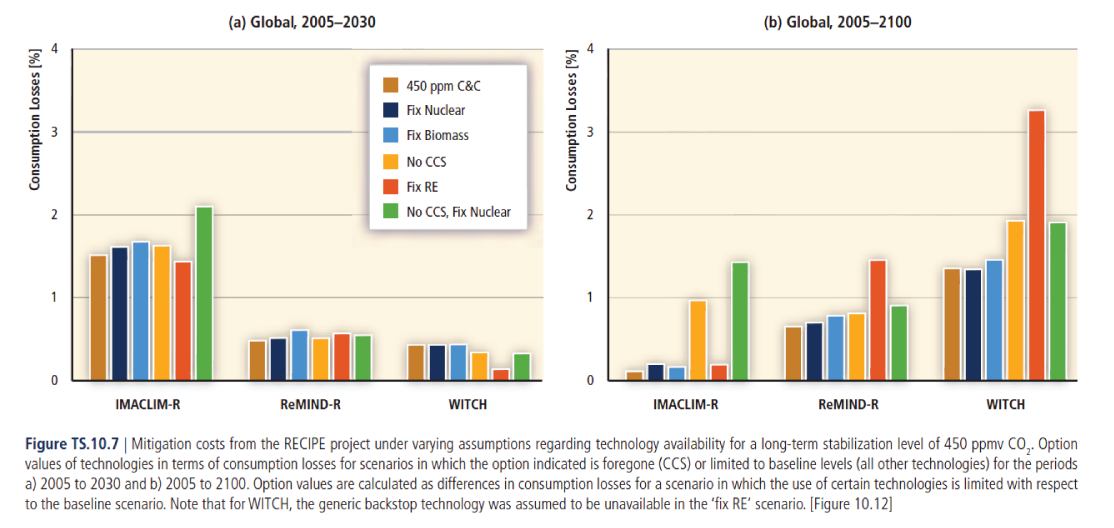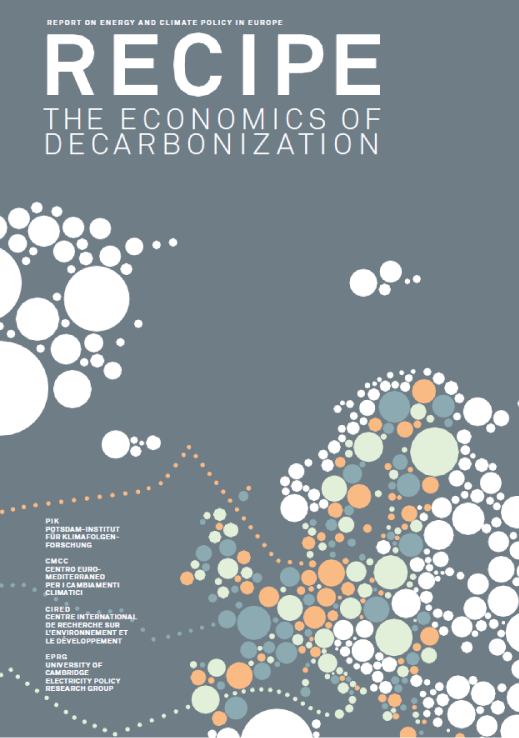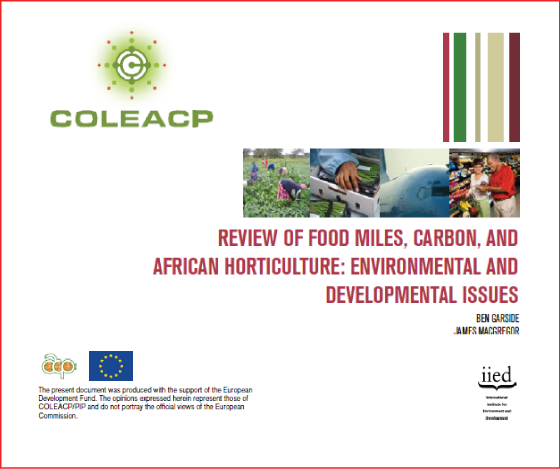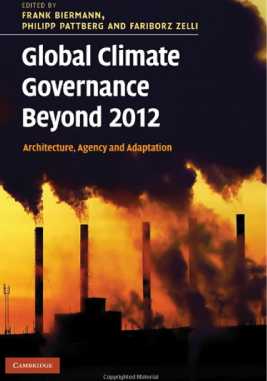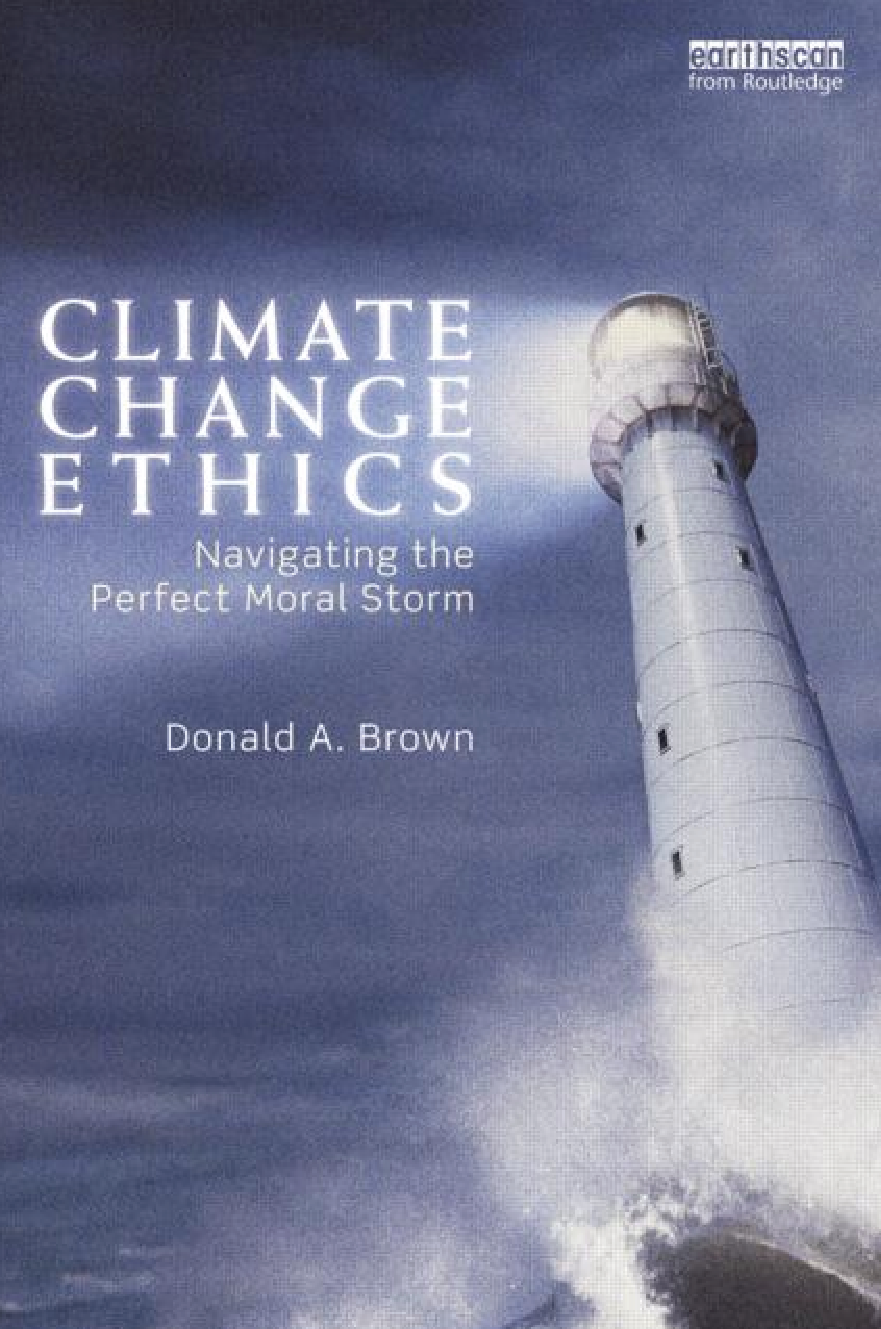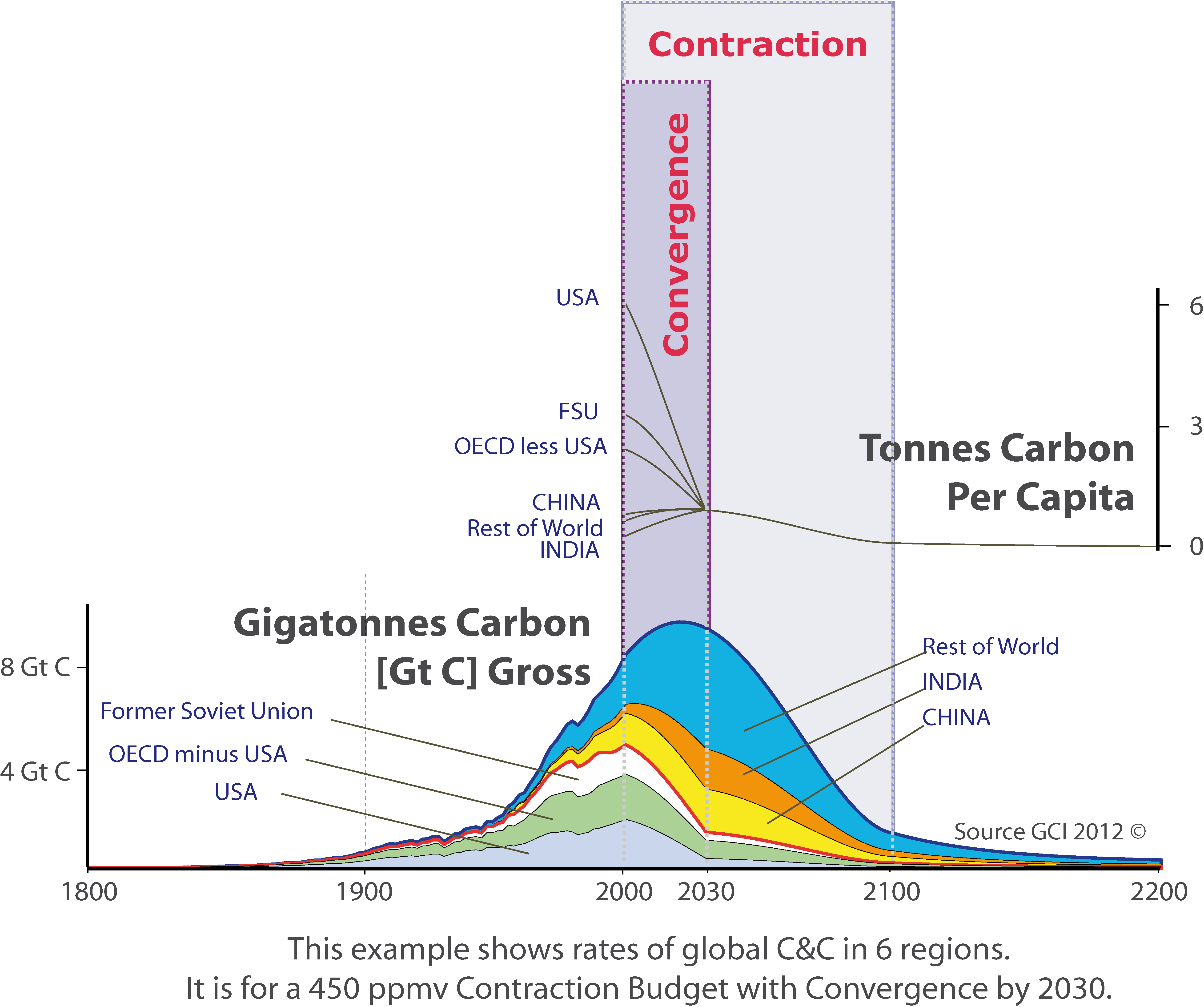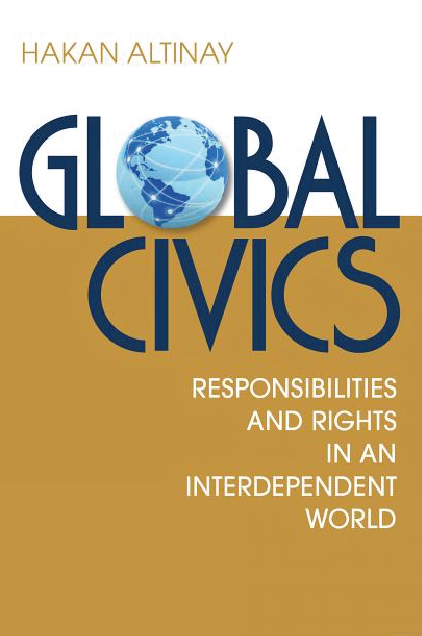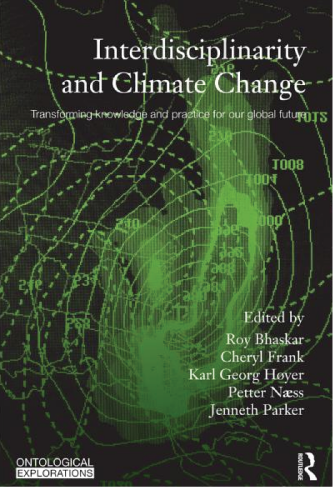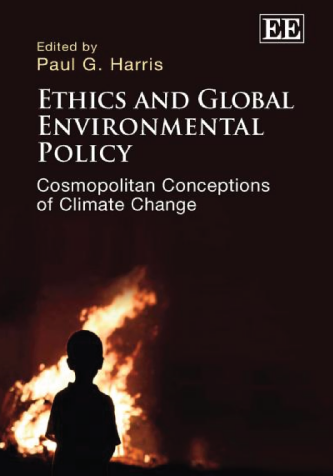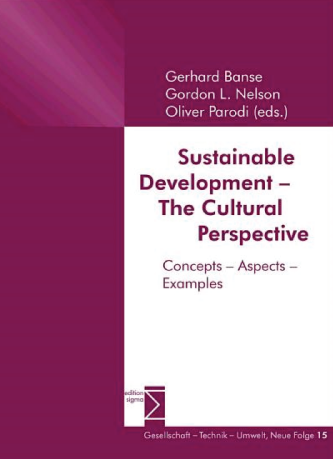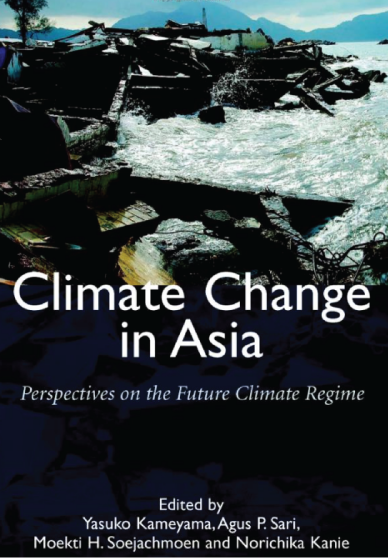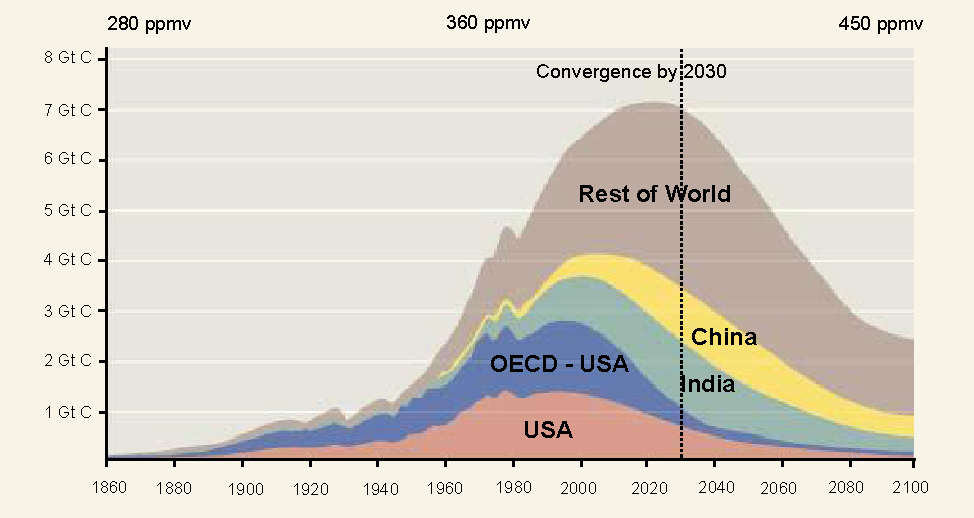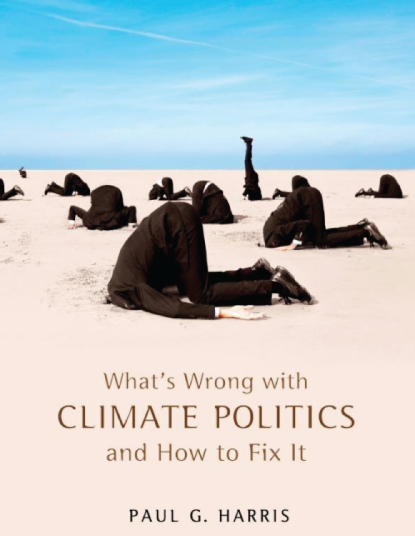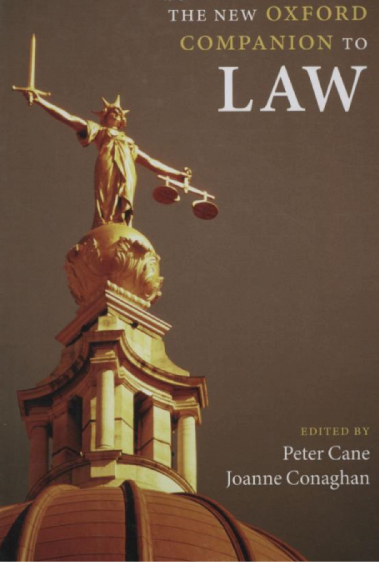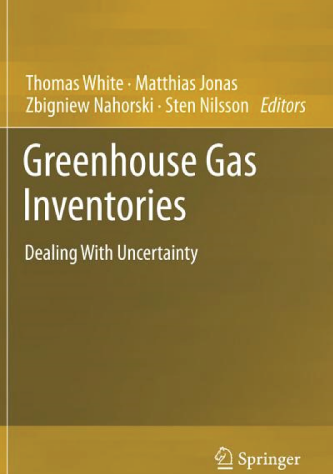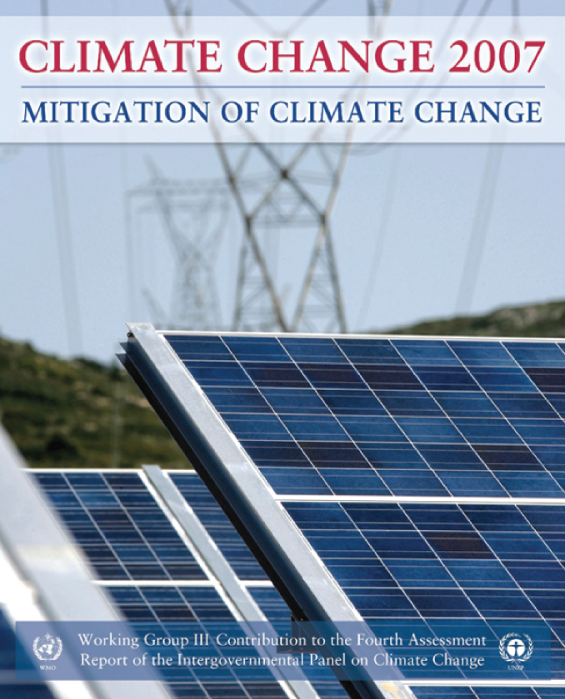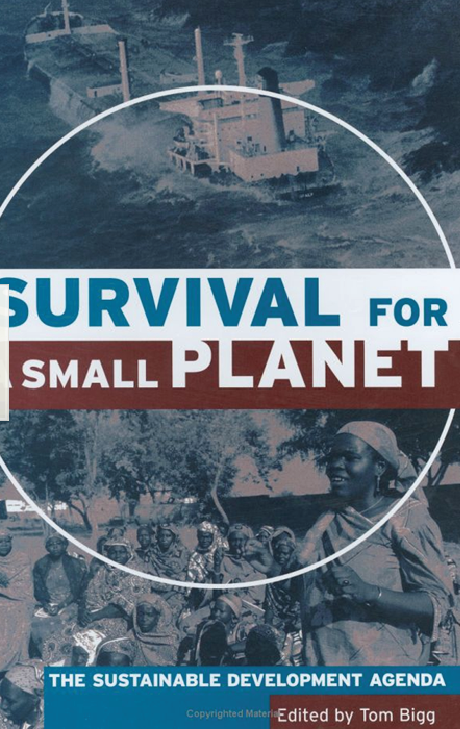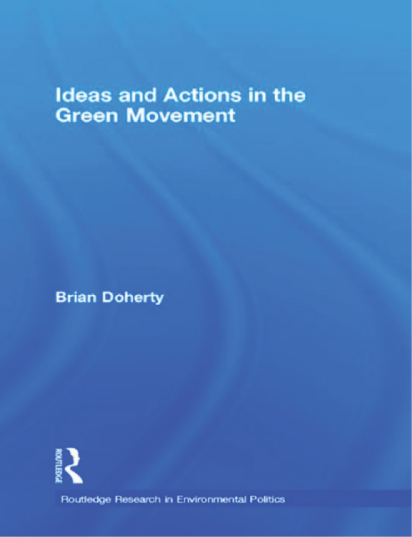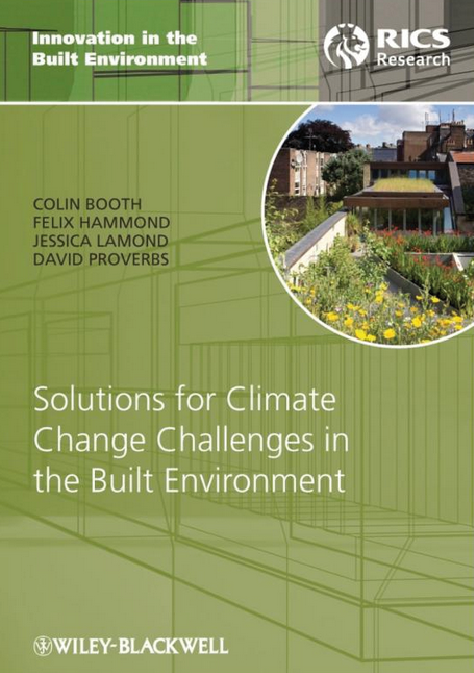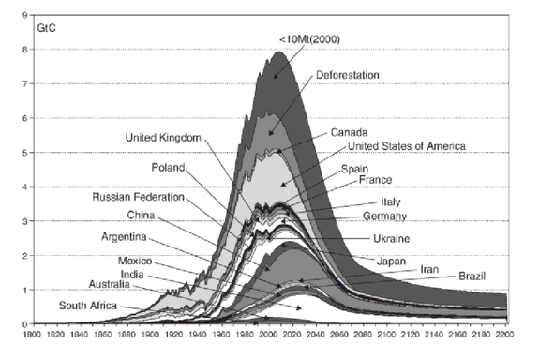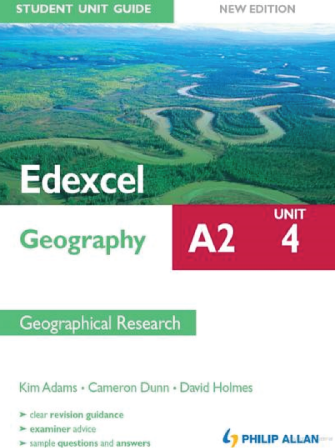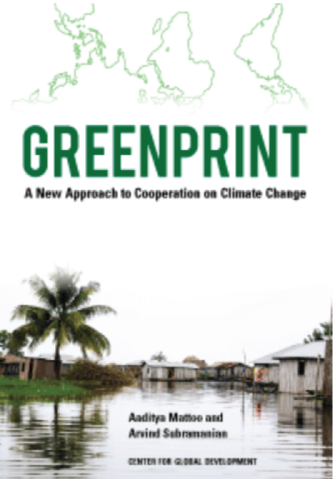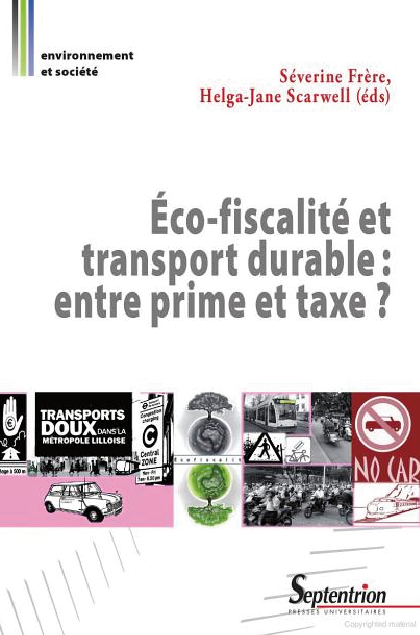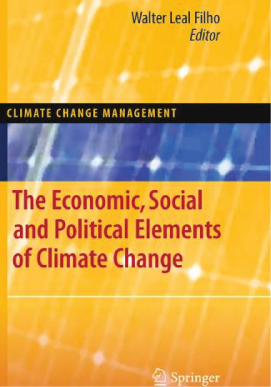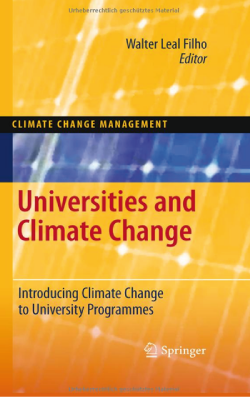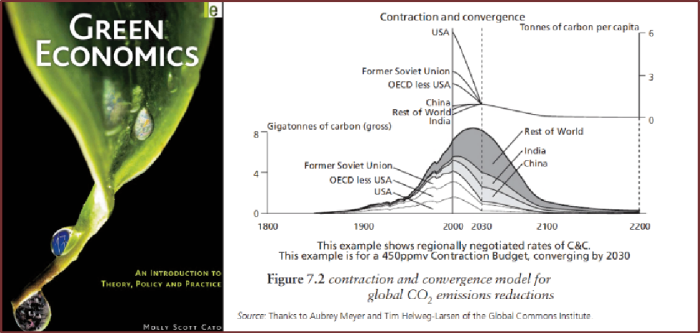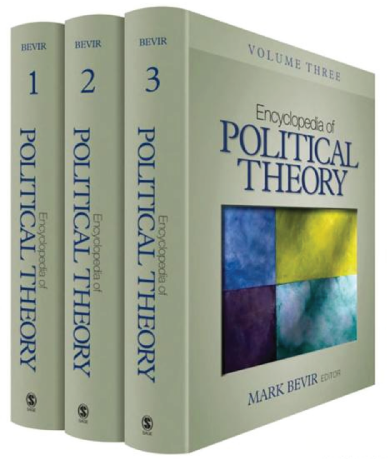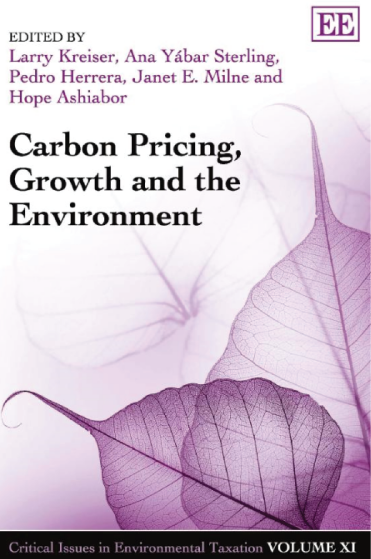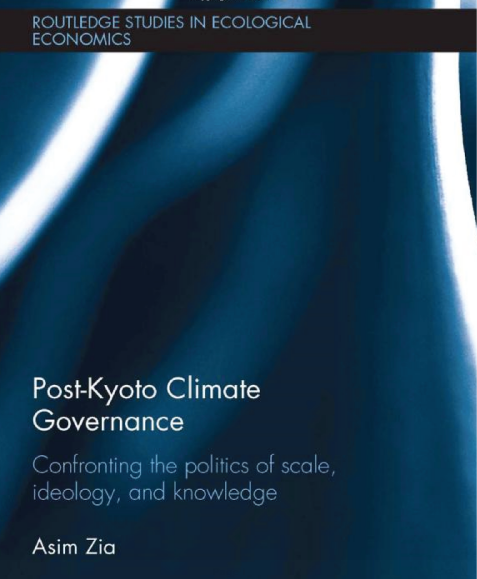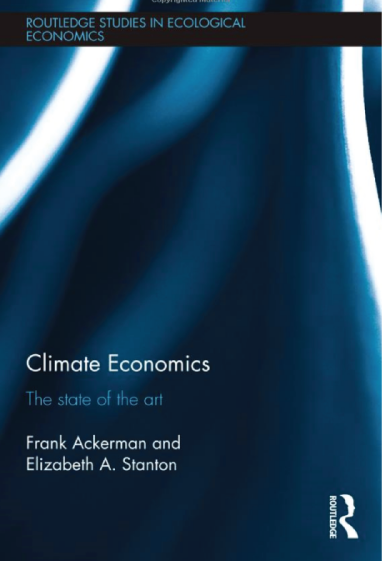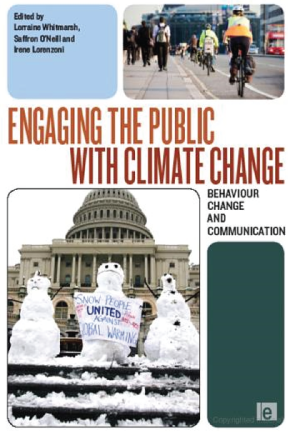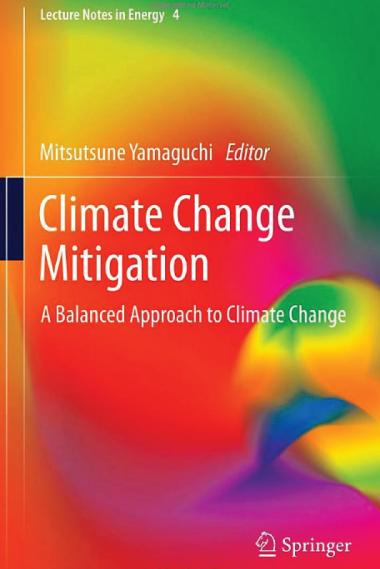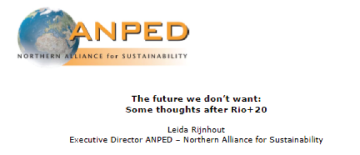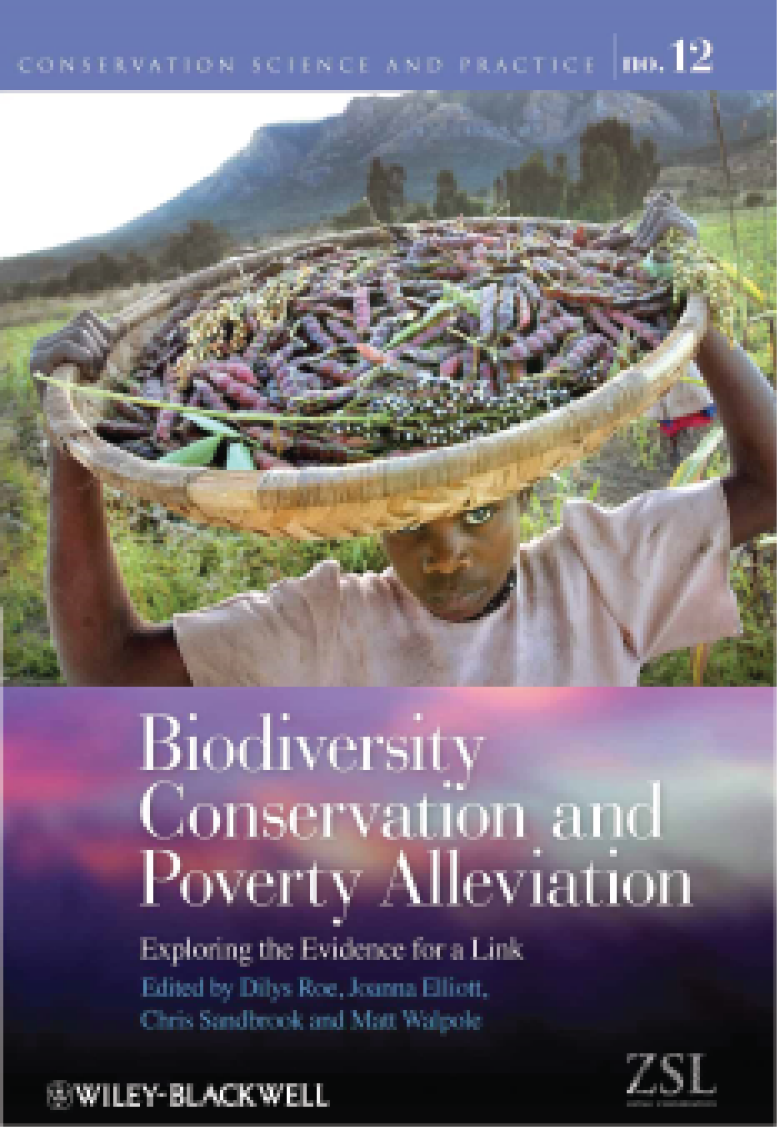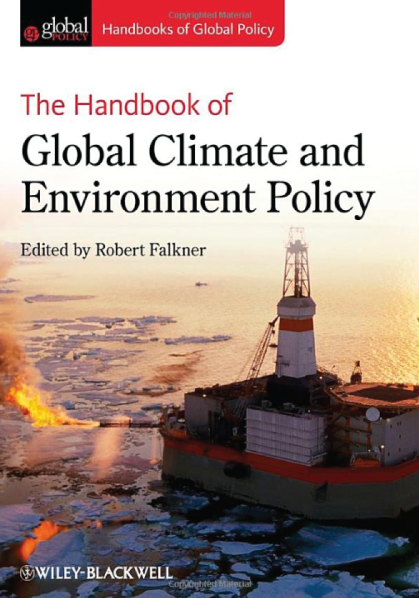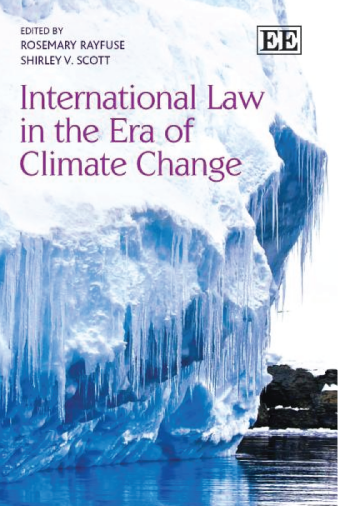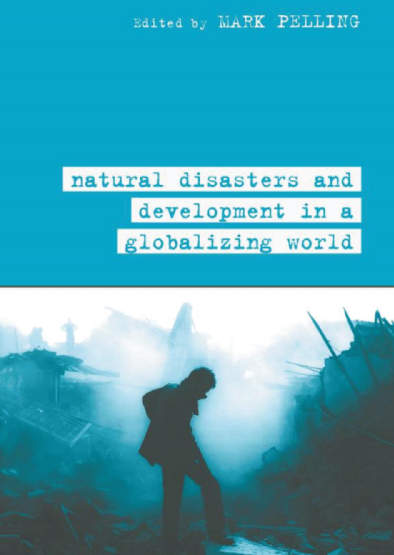 CBAT
CBAT NEWS
NEWS
Some questions - by Byron Smith
- What is your carbon footprint?
- How does it compare to the global average?
- To the global required average?
- And what are you doing to reduce it?
Dig beneath the surface of ecological issues and for many people, apart from fear, the second most significant factor driving our responses is guilt. So much of the discourse around ecological responsibility has the feel of a new legalism, a set of norms available to external quantification and verification that can at best provide useful guidance and at worst either crush motivation or provide an open door to self-righteous superiority (depending on the size of one's footprint).
Indeed, the whole concept of an ecological or carbon footprint is ripe for interpersonal comparison and when linked to moral judgements of the necessity of reducing it, the full range of contemporary ecological psychoses becomes manifest: holier-than-thou accusation, desperate performance, pious self-denigration, tokenistic conformity, resentful rejection, weary indifference, paralysing despair.
If we are nonetheless to take our ecological concerns seriously (as the scriptures, reason and a passing familiarity with our present condition suggest), then do we have to live with such legalism? Of course not.
Basically, we need a way to talk about the good life to which Christ calls us that speaks in the tones of grace not law (apart from the law of love). This good life may well often look like taking up a cross and denying myself, but I walk it in hope and faith that the path of love is ultimately the path of life, even if I have to wait for God to raise the dead to see it.
We are set free by Christ to live as servants of God and neighbour. This is the only path to life, and at times it can feel narrow, and yet the content is actually quite flexible. Andrew Cameron speaks of the ethical life as being like a river - there is a strong current in one direction (love), but within that, there is water moving in all kinds of ways, at different speeds and so on. Yet there are still river banks. This is his attempt to speak of how the scriptures can be quite specific in their prohibitions ("do not lie"), but general in their exhortations ("love your neighbour").
The question for us as Christians seeking to follow Christ amidst a world of ecological degradation is therefore: what is the space of Christian ecological freedom? Where are there hard lines that we ought not cross? And, much more importantly, how do we talk about (and live) the strong current of love? Complicating matters is the fact that many aspects of our ecological crises are cumulative, involving too much of an otherwise good thing, rather than the commission of acts that are in themselves always wrong.In this way, I think that ecological irresponsibility has a somewhat similar structure to drunkenness, or gluttony. I may know that once I have had ten drinks, then I am in disobedience to the warnings of scripture against inebriation, but there is not necessarily a line we can draw in the sand and say that up to this many drinks is I am simply enjoying the fruit of the vine. Perhaps legal blood alcohol limits for driving might give us a ballpark estimate, and perhaps contraction and convergence models of carbon reductions (applied on a per capita basis for our nation) might give us a ballpark estimate for our the path of our personal carbon footprint goals, but the law of the land is always going to be both too precise and too blunt an instrument for forming the mind of Christ within us.
If our goal is defined too narrowly in terms of certain emissions levels or atmospheric concentrations or personal footprints, then the complex world of goods and the discernment required to navigate it can become oversimplified. Even amidst the grave perils we face, Christian obedience is a path of freedom and joy, of trusting the goodness of God under the weight of a cross, of dying to self and receiving new life being granted as a gift.
Some better questions: How does new life in Christ lead into delightedly sharing my neighbour's burdens? In what ways are my neighbours threatened by ecological degradation? Which parts of my life and the life of my community contribute to this path of destruction? How can I discover new patterns of thankfulness, contentment and engagement to express the abiding peace I have received from Christ and the deep concern for my neighbour this grants me?
30 March 2013 - "All things considered, C&C is the btter concept." Domains of Climate Ethics, Prof Konfrad Ott.
The attractiveness of GDR has faded at a closer look. In terms of political feasibility, C&C has clear advantages because some high-rank politicians, like Angela Merkel, have verbally agreed upon the C&C idea. For Northern countries, the economic impacts of C&C are severe but viable under a prudent long-term transition management while the distribution effects of GDR might be beyond control. The North clearly is not bankrupt after the financial crisis of 2009 but the effects of a GDR regime on employment, on domestic social security systems, and on taxation schemes have not been assessed yet. Even from an ethical perspective GDR must be seen with a critical lens because it combines an emergency ethics that allows for uncommon measures with a highly conventional approach to development as being defined in terms of monetary income. GDR seems to place the right to create monetary income at the centre of the system of human rights. If so, there are reasons to claim that a C&C-concept that must be enlarged to the domain of adaptation and might adopt some important points from GDR is, all things considered, the ‘better’ concept.
Domains of Climate Ethics; Konrad Ott
Jahrbuch fur Wissenschaft und Ethik
In 48 points or “better steps”, German philosopher and envrionmental ethicist Konrad Ott continues "Kronolid’s struggle with the ethical implications of climate change by elaborating basic foundations on existing and necessary policies for climate change. The short sections are consistently formulated as “ethical claims” and the reader should approach these slowly and with concentration, so that the subsequent steps are converted into one single walk and path.At the core of the author’s argument lies the climate-ethics concept of “Contraction and Convergence”. This argument provokes a constructive debate, and it presumes to to support a concept that has been regarded as “Utopian a decade ago but has now entered the political stage. What might it contribute to international climate policy in a nondistant future?
Religion and Dangerous Environmental Change
Sigurd Bergmann Dieter Gerten [Eds]Contraction & Convergence and Greenhouse Development Rights:
A Critical Comparison Between Two Salient Climate-Ethical Concepts
"All in all C&C is the preferable concept."
Two models are currently being pitted against one another in the discussion of a fair climate regime: Contraction and Convergence (C&C) and Greenhouse Development Rights (GDR s). The controversy revolves around issues of fairness and feasibility, and the question of how fair is fair enough. Other approaches with the potential to mitigate emissions fairly are not in discussion at present. The debate over these concepts is vital, as having actors who are individually committed to ambitious goals but divided at the conceptual level could prove fatal for climate policy as a whole. The following is an overview in the magazine of the Heirich Boell Foundations of the core elements of both with Katrin Krause and Konrad Ott for C&C and Tilman Santarius for GDRs.
How Fair is fair Enough?~~~~~~~~~~~~~~~~~~~~~~~~~~~~
Dear Aubrey
I support the C&C proposal!
Best
Konrad
Professor Konrad Ott
University of Griefswald~~~~~~~~~~~~~~~~~~~~~~~~~~~~
Dear Konrad
Thank you so much for writing and for sharing the article in "Jahrbuch für Wissenschaft und Ethik", Vol. 16.
I think it is very useful and I certainly hope it will be.I do agree with your point: -
"It would be deplorable if members of the political camp that supports most principles, objectives, and strategies outlined in the previous sections of this article might split into supporters of two competing ethical concepts, Contraction and Convergence (C&C) 59 and Greenhouse Development Rights (GDR) 60."
It would be deplorable if we did that. [Sadly it already is]. The moral point that GDR's seeks to emphasize [the enormity of the 'climate-debt' and the 'climate-cisis'] is justified and this twin problem continues as the economics of 'Expansion and Divergence' still informs the policy debate. After 23 years I can say that resolving this twin-problem has proved to be really daunting, as a form of reciprocal blackmail still seems to inform the negotiations.
GDR advocacy has been making the case that C&C has under-recognized this twin problem. I think this is error. In my view, doing this has been at the expense of what the politicians and the diplomats at the UNFCCC can realistically do to make arrangements for UNFCCC-compliance.
From the outset C&C sought not to continue a culture of adversarial engagement but to connect with the unifying logic that necessarily governs the collective efforts to become UNFCCC-compliant. In practice, GDR seems to deepen that adversarial tendency and so decrease prospects for detente.
On this matter I think a way forward is: -
[a] to see C&C as the basic organizing structure and then - on that basis - as you suggest, to welcome
[b] any additional 'compensatory' arrangements that can be agreed
[c] to see [b] as ineffective without [a].This is what I have sought to project to UNFCCC in the memo requested at COP-17 for 'increased ambition': -
Regarding Decisions at COP-17 for ‘increased ambition’ equals 'accelerated convergence'. Negotiating UNFCCC-compliance globally, *Accelerating the rate of Convergence relative to the rate of Contraction* provides *the Main International Equity Lever.*“C&C has the virtue of simplicity. Equal per capita emissions is a natural focal point. Contestable computations based on economic variables do not need to enter the allocation formula.”
Review of Climate Change Economics to the Australian Government by Ross Garnaut - 2008
“Since the principle of ‘contraction and convergence’ was first proposed by the Global Commons Institute in 2000, it has been widely embraced by some industrialised countries. Under contraction and convergence, each country will start out with emission entitlements equal to its current real emissions levels, and then, over time, converge to equal its per capita entitlements, while the overall global budget contracts to accommodate the emissions reduction objective. The convergence principle should be applied immediately rather than later as the ‘converged point’ in the future. ‘Real emissions’ is a different concept to ‘emissions entitlement’. A country’s high/low per capita real emissions cannot justify its high/low emission entitlements. In the process of convergence, the rights and interests of country B are really infringed by country A. In the National Emissions Account-based solution, the concept of convergence can still be incorporated, but it now merely means ‘convergence of real emissions’ rather than ‘convergence of emission entitlements’. Each country’s gaps between its emission entitlements and real emissions need to be balanced by the traded emissions quotas.”
Development Research Council to the Chinese Government - 2009
“We believe that it is difficult to imagine a global deal which allows the developed countries to have emissions per capita which are significantly above a sustainable global average.”
UK Government’s ‘Committee to the Climate Change Act’
GCI MEMO to UNFCCC After all this time, my hopes are lower these days, but it is obviously still worth the effort of trying to get detente.With thanks once again for all that you do and with kind regards
Aubrey
~~~~~~~~~~~~~~~~~
It became apparent to me early [during the 1990's] that: -
- the 'gaps' and 'cross-purposes' emerging in the policy-debate for UNFCCC-compliance were vast and various
- these emerged from the different 'cultures of argument' both within and between the disciplines that were responding
- any positions put forward where the monetary unit was the dominant numeraire tended to make this more & not less opaque
There was a vivid run-in with 'Global Cost/Benefit-Analysis' of climate change [economists Nordhaus/Pearce etc] over the 'value of life' in the preparation for IPCC SAR. Unequal life evaluation in the mortality costs was presented by them and it was rejected [see below].
So C&C was quite deliberately based on: -
- the numeraire carbon-per-person-per-unit-time, subject to the objective of the UNFCCC
- subordinating the monetary-unit to that.
GCI Evidence to the IPCC Second Assessment [SAR 1995]
'The Economics of Genocide' in SAR's Global Cost/Benefit Analysis of Climate Change.
[Supplementary here: - MON_ECO].
The result was SAR 'Policy Makers Summary': -"Literature on the subject in this section is controversial and mainly based on research done on developed countries, often extrapolated to developing countries. There is no consensus about how to value statistical lives or how to aggregate statistical lives across countries. Monetary valuation should not obscure the human consequences of anthropogenic climate change damages, because the value of life has meaning beyond monetary value."
GCI Tracking climate-change's 'Economics of Genocide' 1993-2008
ending with and interview at COP-9 Poznan with Nicholas Stern on his surprisingly extreme views.29 March 2013 - "Contraction & Convergence is Domain 2 entirely dependent on Contraction & Concentrations in Domain 1." CBAT29 March 2013 - "C&C - Where did all this start?" The converging world - We are all connected.
CONTRACTION AND CONVERGENCE - WHERE DID ALL THIS START?Between 1992 and 1995, the Global Common Institute (GCI) highlighted the worsening asymmetry, or “Expansion and Divergence” of global economic development.
It became clear that the global majority most damaged by climate changes were already impoverished by the economic structures of those who were also now causing the damaging emissions.
To create a sustainable basis on which to resolve this inequity, GCI developed the “Contraction and Convergence” (C&C) model for future emissions. In 1995 the model was first introduced by the Indian Government. Since then C&C has been widely referenced internationally in the debate about achieving the objective of the UNFCCC.
In 2000, C&C was the first recommendation of the UK Royal Commission on Environmental Pollution.
See the Global Commons Institute for a full explanation or read the article on Wikipedia28 March 2013 - C&C "First introduced by GCI in 1995" "Combines Ecology & Equity most Elegantly." J Keularz, W Sachs
Kyoto and the Ethics of Flexibility
Jozef Keulartz
Now, the problem with the per capita approach in its pure form is its disregard for these differences. It cannot address variations in national circumstances that have an important bearing on emission levels or mitigation costs, such as weather conditions, the availability of
renewable resources and of sinks, the ability to pay, and energy intensity and efficiency of energy use. ‘A high endowment of hydro resources (e.g., in Norway and Brazil), high dependence on nuclear energy (e.g., in France), a high level of industrial efficiency (e.g., in
Japan), or an exceedingly cold climate (e.g., in Iceland) can have correspondingly favourable or adverse influences on the per capita emission levels’ (Aslam, 2002: 190).
If these differences are not taken into account in burden sharing decisions, countries with efficient economies or with limited access to renewable resources will be punished unjustly. According to Hermann Ott and Wolfgang Sachs, such errors can be avoided by replacing the
idea of an absolute egalitarianism with the notion of ‘adjusted egalitarianism’. This notion implies a certain flexibility: the egalitarian rule should be considered as a long-term guiding principle - a Leitbild -, and not as a rather rigid planning objective for planetary redistribution,
used to prescribe the necessary outcome (Ott & Sachs, 2002: 169).
Ott and Sachs refer to the so-called contraction and convergence approach as a framework that bears an egalitarian stamp and is at once flexible enough to allow the necessary adjustments to be negotiated. This approach was first introduced by the nongovernmental
Global Commons Institute (GCI) in 1995. Its central idea is that all countries arrive at the acceptable level of economic development. Total emissions should contract over time, and per capita emissions should converge on a single figure. The actual convergence value, the
path towards convergence, and the time when it is to be reached would all be negotiable. The proposal allows for emission trading using mechanisms of the kind permitted under the Kyoto Protocol.
The contraction and convergence approach has been consistently advocated at the sidelines of climate politics and, over the years, has received increasing support from some NGOs and governments. It was mentioned for the first time in an official agreement in 2001. In the
Marrakesh Accords of that year the industrialized countries are asked to reduce emissions ‘in a manner conductive to narrowing per capita differences between developed and developing country Parties’ (UNFCCC, 2002).WHOSE ATMOSPHERE?
The IPCC low concentration scenario results in a CO2 concentration of 450 ppmv CO2 and a total greenhouse gas concentration equivalent to about double pre-industrial levels. TIlis would produce a long.term temperature increase of about 2.5·C at the present best estimate of climate sensitivity. However, it is difficult to maintain that such a target would be tolerable with respect to the human rights of considerable sections of the world population. A lower target is required. taking into account not only the aggregate cost of dimate change mitigation, but also protection of the inalienable livelihood rights of la rge numbers of world citizens. The Climate Action Network has therefore called for a target which keeps the global mean temperature increase below 2”C above pre-industrial levels, with the temperature being reduced as rapidly as possible after the time that it peaks. Such a target is unlikely to be ‘safe”, but the probability of a large scale dangerous change would be lowered for most regions. So far, both Northern and Southern governments - apart from the Island States - have shown little interest in defining low danger emission caps in the climate negotiations. All parties disregard the fact that when it comes to capping emissions, the choice is between human rights and the need for affluence. The task of keeping the temperature rise below 2’C appears too large, and too threatening to the economic interests of consumers and corporations. In particular, it still seems to have escaped the attention of Southern countries that dimate protection is of the utmost importance for the dignity and survival of their own people. It is time they become protagonists of climate protection, because climate protection is not simply aoout crops and coral reefs, but fundamentally aoout human rights. The point of convergence of North and South on equal emission levels cannot be achieved at the expense of contraction , i.e. the transition to globally sustainable levels of emissions. Once again, sustainability gives rise to equity.Indeed, the vision of "Contraction and Convergence” combines ecology and equity most elegantly; it starts with the insight that the global environmental space is finite, and attempts to fairly share its permissible use among all world citizens. taking into account the future generations as well.
Ethical Aspects of the Convention on Climate Change
Wolfgang Sachs27 March 2013 - "C&C in practice calls for dramatic reductions in non=-renewable energy use." Inhuman Nature Nigel Clark
Of course, political activists of all stripes are aware of the suppleness of modernity's axioms. Nonetheless, the possibility that future generations might be denied basic opportunities open to present generations, that some nation states may be precluded from following developmental paths previously taken by others, or that the life chances of the populations of some parts of the planet will be seriously infringed upon by the activities of those who live in other places, are options that no serious actor on the global political stage can be seen to condone. 'Avoiding dangerous climate change' and 'levelling the international playing field' with regards to sharing the costs and benefits of climate change deemed tolerable, have taken shape as effectively inseparable aspects of the same problem. Or as Bruno Latour puts it, a previous distinction between representing things and representing people has vanished: scientific controversy has now firmly enmeshed itself with political discussion.Precisely how these twin challenges are to be met, as we might expect, elicits deeply divergent responses. From the Brundtland report's early championing of sustainable development to the Kyoto Protocol's recommendation that industrialized nations take the lead on reducing greenhouse gas emissions while helping late industrializers on to low-carbon development paths, and on to Copenhagen's watery recommitment to international cooperation as a way to help developing countries along low-emission pathways, major initiatives in global environmental governance have sought to reconcile socioeconomic justice with the avoidance of irrevocable climate change all the while continuing to believe in the possibility of economic growth without end. At the same time, dissenting voices have consistently underlined the inadequacy or implausibility of such equations. Aubrey Meyer's (2000) principle of Contraction and Convergence notably, seeks global equity through drastic reductions in industrialized countries' emissions.
The principle of Contraction and Convergence, while hinging on the absolute equitability of allocating every person on earth the right to the same quantity of carbon emissions, in practice calls for a dramatic reduction in the non-renewable energy use of the most industrialized populations."
Inhuman Nature
Nigel Clark
~~~~~~~~~~~~~~~~~~~~~~~
Dear Aubrey,
I wholeheartedly support the GCI proposal for Contraction and Convergence.
It is an idea that needs to be imagined and lived, and the very least we can do to show we are serious about climate justice and avoiding catastrophe.
Please add my name to the list
Nigel Clark
Senior Lecturer in Geography
The Open University
Milton Keynes, UK
27 March 2013 - "This approach is Contraction and Convergence" championed by GCI. Positive Development Janis Birkeland
Positive Development
From Vicious Circles to Virtuous Cycles through Built Environment Design
Janis Birkeland
Tools such as Environmental Footprint analysis foster environmental awareness among the educated. But if misapplied, they can reinforce buck passing or 'blame games’. This is one way some large industries and bureaucracies avoid change. For example, some fossil fuel interests spawned arguments about the causes and measurements of global warming for years. Some got bogged down in whether climate change was ‘natural' or not - when we could not afford biodiversity, financial and other losses in any case. Likewise, large company ads managed to divert issues surrounding the fossil fuel supply chain towards individual behaviour. For example, the spotlight on plastic bags distracts attention from oil spills. Because environmental issues are presented in terms of individual consumption, environmentalists have been portrayed as people that want to 'tell others how to live: The concept of 'environmental space: proposed by the environmental organization Friends of the Earth in the 1990s, start from a somewhat different place. It estimates the sustainable use of resources such as timber and oil, or allowable greenhouse gas emissions, and divides that by the world population, This measures how far an individual, city or nation is from sustainable consumption, It is a form of absolute sustainability standard, as opposed to a relative one. To calculate environmental space, one only has to work out the stocks of resources – not calculate all the flows at each stage of production or regional boundary. This approach is championed by GCI through “Contraction and Convergence.”27 March 2013 - Accurate C&C Reference from US PEW Centre [Bodansky] inaccurately cited by Jiahua Pan of CASS
CONTRACTION AND CONVERGENCE
SUMMARY / RATIONALE:
- Long-term pathway for evolution of the climate regime, reflecting principle that national GHG emissions should converge at a common per capita level.
- Involves two steps:
(1) specification of a global emissions budget leading to an agreed long-term concentration level (“contraction”);
(2) sharing of emission entitlements among countries so that per capita emissions converge by an agreed year (“convergence”).
FORUM: UNFCCC
- Negotiations principally between regions of the world, with further negotiations within regions.
TIME FRAME:
- Long-term. Countries would agree on a “safe” level of atmospheric GHG concentrations (no higher than 450 ppm CO2 equivalent) and a “full-term” (100-year) emissions budget consistent with that goal.
MITIGATION COMMITMENTS
- Types of Commitments
- Targets: Each country would receive a share of the overall full-term emissions budget, in the form of tradable “entitlements” to emit.
- Inter-regional, international and intra-national trading of entitlements would be encouraged.
- Differentiation: Applies to all countries.
- Allocation / Burden-Sharing Approach: The full-term emissions budget would be allocated among regions based on a negotiated rate of linear convergence to equal shares per capita globally by an agreed date, such as 2030 or 2040.
- Further negotiations would be held within regions to determine national emission budgets.
OTHER ELEMENTS
- Rates of contraction and convergence to be periodically revised to reflect improved scientific and economic understanding.
PROPOSED BY
- Aubrey Meyer, Global Commons Institute
SOURCE
- Global Commons Institute. See C&C text in 13 Languages
China's Climate Change Policies
Edited by Wang Weiguang, Guoguang Zheng, Jiahua Pan
Because this 'new book' from Jihua Pan makes the unsupported statements below, I have written to this old friend and asked him which rate of convergence was he referring to when he wrote this.
- I have also referred him to the source which he clearly mis-quotes.
- I have also referred him to this proposal to the UNFCCC
- As with these references, it specifies again that
- the convergence-rate is negotiable by Parties
- it can be anywhere from immediate to less immediate and
- it is very well-supported
Misquoting the sources cited, the book however says this: -
So far, a number of approaches or proposals have been put forward for the mitigation of GHG emissions under the international climate regime beyond 2012,5 most of which come from researchers in the developed world (Bodansky et al, 2004 - as above) . Limited by their authors' national standpoints, it is difficult for all these proposals to balance the demands of equity and sustainability. Even those intended to reject the interests of developing countries are unable to represent these countries' fundamental national conditions and interests.
For example, the "Contraction and Convergence" (C&C) approach from the Global Commons Institute (GCI) in the UK (Meyer, 2004) puts forward the idea that both developed and developing countries should adopt a realistic attitude and, taking their respective per capita emissions as the standard, advance toward gradual convergence, finally realizing equal per capita emissions at a future date. In terms of equity, the proposed process of convergence gives tacit consent to the inequities of the past, the present, and quite a long time into the future.
26 March 2013 - "C&C - a proposal to reduce GHG." Climate Change in Cananda Rodney White
Contraction and Convergence - A proposal to reduce global GHG emissions in which every country converges on the same per capita allowance for emissions. The rich countries would reduce their per capita emissions, while poorer countries could increase them.
Climate Change in Cananda Rodney White26 March 2013 - "C&C - a way forward." From a High Carbon to a Low Carbon Society; Socialist International
Fairness in allocating emissions targets for all the nations of the world will be the key to reaching agreement on a new climate change treaty. One way forward could be a system based on per capita emissions, with national targets based on population, the so-called contraction and convergence formula created by the Global Commons Institute.26 March 2013 - "C&C provides a framework for a solution to climate change." The Bioregional Economy Molly Scott Cato
Once we conceptualise the global trading system in this way we can begin to see how we might link a trade system to a solution to climate change. The Contraction and Convergence model provides a framework within which we can undertake this reconfiguration (Meyer, 2000). It begins with a scientifically determined cap on the level of CO2 emissions that are compatible with preventing climate change. These emissions are then shared on an equal per-capita basis between all the world's citizens and permits to produce this quantity of CO2 are allocated to national governments.
While the high-consumption countries are overproducing significantly in tem15 of their global share of what might be considered the 'atmospheric commons' (Starkey, 20 11) the countries of the global South are significantly under-producing. So how could we compensate these countries and make good our excessive emissions? In order to ensure equity it might be necessary to rethink the basis of what is rather pompously called the 'global financial architecture', perhaps to include a new global trading currency in which carbon emissions are already inherent (see Cato, 2009b).
Another proposal is that we reward the poorer countries for their lower emissions not with cash, of whatever form, but rather with technological expertise, especially in renewable energy systems (Pontin and Roderick, 2007). This may enable them to tunnel through the 'environmental Kuznets curve',' avoiding the period of fossil fuel- intensive growth that has left the world's industrialised nations with unresponsive and high-energy infrastructure.25 March 2013 - Positive Feedback to C-BAT - 'Unique breakthrough; Fine Tool; Powerful; I like the way it integrates everything.'This is only an early draft of the Carbon Budget Analysis Tool [C-BAT] Domain One [Contraction and Concentrations]
The feedback so far has been very positive and encouraging: -
"We recognise that GCI has made a unique breakthrough in creating a user-interactive, non-directive dashboard with potential to simulate such an inclusive range of the system dynamics of the natural/human interaction!
Separating the contribution to CO2 concentrations driven by anthropogenic emissions from the contribution coming from the feedback system is brilliant at a conceptual level."
David Wasdell
Director Apollo-Gaia Project"This is a great tool, one that shows clearly that the decisions we make now will have profound consequences."
Henry Nicholls
Author of the Way of the Panda"C-BAT is a fine tool for a gruesome reality/forecast."
- The the model powerfully illustrates the unfolding of consequences of the very wide spread of possible PPMV by 2100.
- Your contraction curve is becoming 'iconic' and it has a strong visual presence in the bottom half of the graphic - this is a good thing.
The more the shape of that curve gets into our collective minds the better.- The primary message is that:
(i) there is cause (carbon released through human activity) and an effect (temperature, sea level etc.) &
(ii) we have choices to make - we can influence the 'causes' which will determine the 'effects'.Professor Phil Hanlon
University of Glasgow
- First impressions are immensely positive. It's fresh, clear and good looking and conjures up memories of those exhibits i used to love at the science museum as a child where you could twiddle a couple of knobs and influence what you saw.
- I like the clinical delivery of the three vital stats - the (devastatingly all important) numbers - without any panic fuss or judgement: sea level, ocean acidity, and of course mean temp rise.
- I very much like the sound of the "pop up notes" - It's so important I feel for everything to appear to be crystal clear - for any "user" (whatever previous knowledge).
- Although I guess C-BAT is mainly for relative experts. I like the way it integrates everything. You can imagine a Facilities Manager using a tool like this (a BMS - building management system) to optimise the long term comfort conditions for their occupants over time
Dave Hampton
The Carbon Coach24 March 2013 - "C&C; One of the most widely advocated scientifically sound models." Prof Rohinton Emmanuel & Keith Baker
Contraction and Convergence
One of the most widely advocated and scientifically sound models for resolving this problem of reducing global emissions whilst ensuring greater equity is Contraction and Convergence. C&C, as it is known, was originally developed by Aubrey Meyer of the Global Commons Institute (GCI). However, the term has been adopted more widely, and where it is used it is important to know whether or not the specific model is being referred to. C&C begins with the principle that the developing world should be allowed to develop whilst the developed world begins to reduce its emissions, and then models these trajectories over time to meet emissions goals of 350 ppm, 450 ppm and 550 ppm. The best way to understand C&C is to inspect the highly zoomable diagram produced by the GCI.
Figure 2.3 gives a snapshot of the diagram, which is free to download from the GCI website.
Carbon Management in the Built Environment
By Rohinton Emmanuel, Keith Baker
Large 'zoomable' all-country C&C graphicDear Aubrey,
I am delighted to endorse C&C which captures ‘common but differentiated responsibility’ best!
All the best,
Rohinton
Dr Rohinton Emmanuel
Reader & Subject Lead, Sustainable Design & Construction
Dept of Construction & Surveying School of Engineering & Built Environment M536E,
George Moore Building
Glasgow Caledonian University
70 Cowcaddens Road,
Glasgow G4 0BAHi Aubrey,
Good to hear from you!
Of course I'm happy to endorse this proposal and sure Rohinton would be too.
All the best,
Keith
Dr Keith Baker
Sustainable Urban Environments Research Group (SUE-RG)
School of Engineering and the Built Environment
Glasgow Caledonian University
70 Cowcaddens Road G4 OBA
24 March 2013 - Your Climate Change: Effective Simulation of Global Temperature Projections due to AGW. Prof Ranga Myneni
Please will you sign this simple and straightforward appeal
It is to the UN Secretary General to protect the Earth from Anthropogenic Global Warming [AGW].23 March 2013 - Hookum from NATURE: If $100/tonne Carbon Tax doesn't work now, try $1,000/tonne later. . . cut-price Blarney
The 'Efficiency Delusion' . . . . the price of everything and the value of nothing.
Nature paper here21 March 2013 - What's really growing? What we know is we must measure Income versus Impacts better . . . .20 March 2013 - "C&C - Useful websites." Ecological Economics Michael Common Sigrid Stagl
- For the texts of the 1992 UNFCCC and the Kyoto Protocol and up-to-date information on the situation in regard to ratification, COPS, etc., visit the UNFCCC website at
- The latest information on the work of the IPCC is here In the UK the government department mainly responsible for climate change matters is the Department for Environment Food and Rural Affairs DEFRA here
- USA Environmental Protection Agency, EPA here
- Resources for the Future (RFF) here a 'think tank' primarily concerned with environmental issues.
- The former provides information about the stratospheric ozone-depletion problem and the Montreal Protocol which addresses it.
- The ISEE encyclopedia at has a very good entry 'The Kyoto Protocol and its flexibility mechanisms' which gives addresses to websites where can you can get up-to-date information on how the use of them is evolving.
- The Global Commons Institute aims to promote the protection of global common property, and focuses mainly on the enhanced greenhouse effect, where it advocates 'contraction and convergence' whereby global emissions are progressively reduced and everybody in the world has an equal share of the global total.
- See also the World Resources Institute
20 March 2013 - "It makes sense to do C&C." Next Starfish - Changing the world one action at a time.
You might not have come across the word Apologetics before. It refers to the practice of defending a position or point of view against critics or opponents. It’s often used in a religious, or occasionally philosophical or political context . . . but I’m using it here in a scientific sense. A climate change sense, to be specific.As I’ve written before, I share the view that man-made climate change is real and occurring as a consequence of our use of fossil fuels, and also share the concerns of numerous organisations and individuals that this will have a potentially devastating effect on people everywhere, especially the world’s poorest and most vulnerable. Responding to rising sea levels, repairing after more extreme weather events, ensuring sufficient water and food supplies and managing the resulting mass migrations that are likely to occur all look set to become incredible challenges for our warming world. What we should do about this, is a legitimate subject for debate. Less fossil fuels? More renewables? More nuclear? More tree planting? Less deforestation? Lower energy agriculture? More efficient agriculture? Less meat? GM crops? Geo-engineering? Adaptation? Tax? Subsidies?
It makes sense to me to do what we reasonably can to quickly decarbonise our economies, and that in the interests of fairness, most of the cost of this should be borne by the richest economies and people in the world (ie: us). This approach is broadly known as contraction and convergence. This is my opinion – everyone else will have their own. We’re all entitled to our own opinions, but there is seemingly ever more disagreement about the facts presented in the media.
20 March 2013 - Letter to 'Professionally Responsible Colleagues' about Feedback Omission in RCP Scenarios20 March 2013 - "C&C a frameork combining resource use & global justice." Reconstructing Value Kubrucz Colbert Wheeler
Decoupling and Social Justice
"Contraction and convergence" is a framework applied to combine problems of resource use and negative impacts with principles of global equity and justice. "Contraction" refers to the need to cap and then reduce in absolute terms the rate and amount of material extracted (e.g., lumber, minerals) or negative impacts produced (e.g., tons of greenhouse gases). "Convergence" means striving for global equity by having developed Countries contract more, while developing Countries are allowed to catch up. This model is a tough sell to developed Countries especially, but is proposed as the only way to simultaneously stay within environmental limits and enact equitable levels of development globally - the two main goals under a sustainability mindset.The International Resource Panel (IRP) of the United Nations Environment Programme (UNEP) constructed three scenarios to help describe the urgency of decoupling resource use and negative impacts from economic growth, along with the implications of social justice via contraction and convergence. The three scenarios illustrate options for 2050 with a 2000 baseline, using UN median population projections, and assuming that all countries will converge to similar per capita levels of resource use. The IRP allows that its scenarios arc unrealistic on two counts: there is little evidence of convergence happening globally and there are no physical constraints built in, which is unlikely to be the case. In that regard, the scenarios illustrate the implications of ignoring constraints, as is typical of mainstream growth models. Historically, when consumption rates bumped up against supply constraints, conflict ensued.
Reconstructing Value Kubrucz, Colbert and Wheeler
Having reviewed the trends in the use of natural resources and accompanying undesirable environmental impacts in the first section of Chapter 2, the last section of that chapter considers possible future implications by presenting three brief scenarios:
- business as usual (leading to a tripling of global annual resource extraction by 2050);
- moderate contraction and convergence (requiring industrialized countries to reduce their per capita resource consumption by half the rate for the year 2000); and
- tough contraction and convergence (aimed at keeping global resource extraction at its current levels).
None of these scenarios will lead to actual global reductions in resource use, but all indicate that substantial reductions in the resource requirements of economic activities will be necessary if the growing world population can expect to live under conditions of sustainable resource management. The key message of the tough scenario is that despite population growth to roughly 9 billion people, the pressure on the environment would remain roughly the same as it is now.
The emissions correspond approximately to the lowest range of scenario B1 of the IPCC SRES, but are still 20% above the roughly 5.5 GtC/yr advocated by the Global Commons Institute for contraction and convergence in emissions (GCI, 2003).
UNEP - 2011: Decoupling Natrual Resource Use & Environmental Impacts from Economic Growth
Dr Ernst von Weizsacker, Dr Ashok Khosla, Co-Chairs International Resource Panel19 March 2013 - Analysis of 'CO2 Sink-Efficency' in RCP CO2 scenarios in IPCC AR5. Omission of major feedbacks a worry17 March 2013 - Compelling Work on Climate Sensitivity from Apollo GAIA Project; David Wasdell.
As-is C-BAT covers only this range of PPMV values and programming a range of sensitivity values is a task ahead.
Something like this: -
680 PPMV Difference +
15 Degrees
Global Average 2000Earth System Hansen Hadley Charney CO2 Only This is extrapolated from the wider-ranging and compelling work of
David Wasdell of the Apollo GAIA Project and his presentation in Istanbul 09 07 2012.17 March 2013 - RCP scenarios now in IPCC AR5 show negative feedback contradictions [somebody needs to check this].
All the science and policy discourse in IPCC AR5 drafts and the US Gov Public Consultation Document is based on these 'Representative Concentration Pathways' [RCPs]. [All Data freely available from IIASA & PIK]. RCPs are RCP 3, 4.5, 6, 8.5.
It is straightforward to calculate CO2 'Airborne Fraction [AF] from the contraction:concentration data provided.
There are huge contradictions in the positive/negative feedback rates shown for 8.5, 6, 4.5 & 3. For example . . .
- The AR 8.5 Carbon Emissions Budget for example weighs 2,022 Gt C [2000 - 2100 only] which is 4 times the Budget in the UK Climate Act for the same period [2000 - 2100]. With Contraction-Concentrations Airborne-Fraction analysis of the RCP data, AR 8.5 shows a rate of positive feedback that increases from 50 - 80% [2000 - 2200].
- However, the AR 6 Carbon Emissions Budget which weighs 1,269 Gt C and is 3 times the Budget in the UK Climate Act [2000 - 2100]. With Contraction-Concentrations Airborne-Fraction analysis of the RCP data, AR 6 shows twice the rate of negative feedback in UK Climate Act. This cannot be right as it contradicts the UK Climate Act and also . . .
- . . . the AR 4.5 Carbon Emissions Budget which weighs 858 Gt C and is only 2 times the Budget in the UK Climate Act [2000 - 2100]. With Contraction-Concentrations Airborne-Fraction analysis of the RCP data, AR 4.5 however, shows only half the rate of negative feedback in UK Climate Act.
Across the scenarios, this set of contradictions does not resolve and cannot possibly be correct. For what its worth, in my view the credibility of the IPCC climate-modelling community is linked to how this is handled.
Moreover, by omitting many major feedback effects such as CO2 and CH4 from permafrost melt, all these results significantly underesitmate the warming effect shown in the Radiative Forcing paths above and are therefore misleading.17 March 2013 - "WEO needed to balance WTO and to organize C&C." Environmentalism & Technologies of Tomorrow
Beyond international regulation of global finance, markets, and trade, new institutions are needed. These include a World Environment Organization to balance the narrow focus of the WTO and an International Bank for Environmental Settlements (as proposed by the UNDP) to manage the disputes and inequities arising from global climate change and to organize the contraction and convergence approach to equitable per capita emission rights in a trading system with deep liquidity for economic efficiency.
ENVIRONMENTALISM& THE TECHNOLOGIES OF TOMORROW
Shaping the Next Industrial Revolution
17 March 2013 - "C&C - What's the alternative?" The Sustainability Mirage John Foster
The total framework within which a UK carbon-rationing regime must be established if the goal really is climate victory is pretty simple in outline for all that. It depends in fact on one of those solutions which is so simple that no-one could see it until it was formulated by a non-expert thinking outside the box. This is the framework known as contraction and convergence (C&C), first proposed by a tiny NGO called the Global Commons Institute in 1990. It is probably best explained in the words of Aubrey Meyer, the man behind it: -Global greenhouse emissions need to be reduced by 60 percent in less than a hundred years. When governments agree to be bound by such a target, the diminishing amount of carbon dioxide and other greenhouse gases that the world could release while staying within the target can be calculated for each year of the coming Century. This is the contraction part of the process. The convergence part is that each year’s tranche of the global emissions budget gets shared out among the nations of the world in a way that every country converges on the same allocation per inhabitant by say 2030. Countries unable to manage within their allocation would, within limits, be able to buy the unused parts of the more frugal countries.
This means, startlingly, just what it says. Over time, we converge on an equal share for every human being of the carbon dioxide and other greenhouse gases which it is judged safe for humanity as a whole to go on emitting. The global percentage reduction target and the date for reaching it are decided on the basis of our best scientifically informed estimate of what will give us the best chance of keeping now-inevitable global warming within survivable limits. We then work towards meeting that target on the understanding that well before we do so, every country will be operating within an equitable national emissions allocation. This allocation will be equitable because it will depend only on national population, multiplied by the personal carbon budget on which we shall have converged for each global citizen. As within the suggested UK rationing scheme, trading around these national allocations is permissible, but the overall global emissions quota is firmly capped.
A standard reaction among people encountering these proposals for the first time is to say, 'How hopelessly idealistic!' And such incredulity is perfectly understandable at first blush. Genuinely equal shares worldwide in a key resource equality not just in theory (high-sounding declarations of universal human rights and so forth), but in hard practice, to which the hitherto globally rich and dominant must conform themselves - and to a fixed timescale! Whose leg does he think he's pulling?
But this response will not survive much careful reflection. For what, actually is the alternative? We have to turn the global-warming super-tanker around, if not quite on a sixpence then certainly within a very limited stretch of sea - and its currently lumbering momentum is powered increasingly by the burgeoning carbon emissions of hugely populous and ambitiously industrializing developing countries. Any chance which a C&C framework offers for halting this process will be greater than the chance of halting it within a global regime where the already developed nations continue trying to defend their own turf, their own historic claims to far more than their fair share of the planet's absorptive and regenerative capacities, because that chance is simply no chance. Whatever may have been the pros and cons. from all the possible perspectives of real international equity in the past, the case for it now is irresistibly and urgently practical. It is with the climate war as Benjamin Franklin famously reminded the Continental Congress preparing to sign the US Declaration of Independence: we must hang together, or we shall assuredly hang separately. That is now the hard unvarnished truth for global humanity.
No doubt it explains why endorsement for the principle, at any rate, of C&C has in fact been forthcoming from a good many quarters where one would expect brisk intolerance of mere hopeless idealism. These include the World Bank, the European Parliament and the UK Royal Commission on Environmental Pollution. The UN's Intergovernmental Panel on Climate Change has explicitly recognized the logic, and tile World Council of Churches has called for commitment to the framework. It would require impossibly high standards to regard all these bodies as lacking in seriousness. Together, the weight or their testimony, suggests that it is may be dismissing C&C as impracticable which is actually the unrealistic option.
What all this means for a country like Britain is that we must act, at last, to redress the historic balance, not through windy 'apologies' for this or that colonial atrocity, nor just through a much more generous development aid budget, but through making the break in this critical arena. That means setting ourselves a reducing carbon ration within assumptions compatible with global convergence and then offering decisive leadership in the international process which will be required for choreographing the actual introduction of the C&C framework worldwide. This a very demanding kind of engagement when compared with our current stance, but it is no less than a survival imperative. There is still a huge job to be done in campaigning and preparing for C&C, never mind in implementing it. The question for this book and this chapter, however is how all this relates to a deep-sustainability understanding of what we are about.
The Sustainability Mirage: Illusion and Reality in the Coming War on Climate Change
John FosterHi Aubrey,
Thanks for this - I'm very happy to support the proposal, please do add my name.
Best wishes,
John
Research Fellow in Philosophy
Department of Politics, Philosophy and Religion
County South (B32)
Lancaster University
Lancaster LA1 4YL, UK
15 March 2013 - "C&C used in RECIPE comparison of economic modles" Sustainable Energy Otmar Edenhofer
Sustainable Energy
Edited by Klaus D. John, Dirk T. G. RübbelkeOtmar Edenhofer
Transforming the global energy system: the challenge ahead
As already pointed out, achieving deep emission reductions requires a comprehensible global effort which includes both a complete change in the energy supply of industrialised countries and the establishment of low-carbon systems in developing countries and emerging markets - In essence, nothing short of a full-scale transformation towards a carbon-free economic system. This would represent a true paradigm change compared with the current fossil-based energy systems and would take many decades to implement In order 10 achieve that goal, the emissions mitigation measures need to start immediately and rapidly engage the entire world (Edenhofer et al 01. 2009; Clarke el 01. 2009). In a common effort, industrialised countries have to use their scientific capacity and creativity to develop low carbon technologies and to prove that a high standard of living can be sustained with considerably lower emissions in order to facilitate an early adoption of these technologies in the fast-growing emerging markets. The ultimate goal is a global carbon-free society compatible with global equity aspects.While a rather robust picture emerges with respect to the overall global costs of mitigation, significant uncertainty exists about the regional distribution of these costs. Figure 4.12 shows results obtained from the model comparison exercise RECIPE. As part of this project, three hybrid energy-economy-environment models were harmonised with respect to socio-economic drivers but represent very different visions of the energy system and how the low-carbon transition is employed. Four stylised burden-sharing models were considered:
- Contraction and Convergence, C&C (e.g. Global Commons Institute 2000), where allowance allocations are assumed to converge linearly from status quo to equal per capita in 2050;
- common but differentiated convergence (Hohne et al. 2006), a variant of the C&C scheme that envisages additional headroom for emissions growth III developing countries before switching towards a reduction trajectory;
- a global uniform emission tax with national revenue recycling; and
- an allocation of emission rights in proportion to GDP shares.
IMACLIM-R features a high sensitivity of mitigation costs to the allocation rule, particularly for India and China. WITCH provides a midway scenario in which regional domestic costs and transfers from emissions trading account for a significant share of economic activity mostly after 2030 and especially in the second half of the Century. In REMIND-R, mitigation costs are more evenly distributed across regions with smaller differences across allocation schemes.
Regional costs are smaller than the ones reported by the other two models with no region experiencing losses above 2 per cent. In general, mitigation cost expressed in percentage consumption losses exhibit a higher uncertainty across models and higher sensitivity to the allocation rule in lower-income countries than in the developed world. This effect is due to the fact that abatement costs and transfers from the carbon market account for a larger share of these countries' GDP. It is particularly evident for China and India. Policymakers should be aware of this uncertainty with respect to the regional distribution of mitigation costs. In a more in-depth analysis, Luderer at al. (2009) show, based on RECIPE data, that the differences between the models can be attributed to:
- differences in the domestic costs of greenhouse gas abatement (due to different representations of the energy system)
- effects related to shifts in trade volumes and prices of primary energy carriers (which, again, is represented differently III the three models), and
- different financial transfers implied by the trade in emission rights
15 March 2013 - "C&C developed out of contraversy in IPCC SAR." Social Construction of Climate Change Mary Pettenger
Another echo is to be found in 1995 in the controversy over economic dimensions in chapter 6 in the IPCC's second assessment report (SAR). The chapter was originally drafted as a comprehensive overview of climate change damages. Pearce's model (Pearce et al 1996) included differential values for lives in North and South to calculate global cost/benefit analysis of emissions abatement. CJ:ESIN ( 1995) reports that early drafts of the chapter led to contentious debates at official presentations as well as on the ecological economics mailing list which included a formal protest endorsed by hundreds of scientists and researchers. The chapter was rejected at a meeting in Geneva and the key elements of the rewritten chapter were not included in the summary for policymakers (a key part of IPCC's assessment reports). Well-articulated objections to the chapter were raised by Masood (1995) and by Meyer (1995) and his Global Commons Institute, who out of this developed the notion of "contraction and convergence" (C&C). The C&C framework models how the trajectory of emissions would travel if we start from a status quo emissions distribution and move towards per capita equality (convergence) while reducing emissions to an overall level which is a politically set goal to achieve climate stability (contraction). It is interesting to note the range of actors who have expressed support for C&C They are able to do this precisely because the framework articulates concerns of the South for equal per capita emissions with US/Western concerns for "meaningful commitments" from developing countries.
In some sense, the "equal per capita" position poses a challenge to territoriality in that it relates individuals (as humans) to the atmosphere as a global common. It establishes individuals' equal access and responsibilities according to universal principles. However, those individual CO2 contributions are actually calculated on the basis of national emissions and then divided by the number of people living in the state. Thus, in fact it is a territorially based "per capita position" that takes the emissions of the national community and divides by the population. Hence, the low Indian per capita level depends on the large amount of poor Indians with very low emissions, while the Indian middle class consumes carbon at or close to an OECD (Organisation for Economic Co-operation and Development) average. Thus the debates around justice, while being instinctively cosmopolitan and working in ethical terms alongside the scientific constructions of climate change as "global," in fact get drawn back to a statist account of rights. In the climate negotiations, the principle of "sovereign equality" is underpinning the agreed protocols for emission reductions. This is clearly reflected in the Kyoto Protocol where all Annex I panics agreed to reduce emissions by al least 5% from 1990 levels by 2008- 2012. 1990 was decided upon as the "base year" and a "cap" was put on past emissions. Thus in the dominant version, it is Americans (or other DECO states' members) that have in effect an a priori "right" to emit CO2 at the rate they do, and any collectively agreed proposals to limit emissions need to start from that rate of emission as the point of departure. In the contex.t of the climate negotiations, allocations based on past emissions is tellingly named "grandfathering." It is the grandfathers of a political community, who through past actions, have acquired a "status quo right" for the now living to continue to use the atmosphere in the way they want. This reflects the (now palpably patriarchal) master discourse of territorial sovereignty in two ways. First, the members of the political community in question are territorially defined and, second, they are justified in the claim that the community should accept any intervention in the way they choose to live their lives. The consequence of "equal per capita emissions," when the idea is put into concrete proposals, at least proposed by state negotiators, is that the scheme becomes mediated by the Southern state's right to negotiate on behalf of "its" people through the principle of non-intervention which means that the Indian state can conceivably argue for equal per capita emissions in international politics while rejecting a right of the international community to question the distribution of emissions within India.
The Social Construction of Climate Change: Power Knowledge Norms Discourses
edited by Mary E. Pettenger
11 March 2013 - C-BAT Domain 1 Animation data-clocks working & looking good now [Click Image & load & re-load swf file]10 March 2013 - GCI at SWCC 1990. "Later, at the urging of IPCC, GCI developed C&C." Env Regulation Rauschmann Marzilli
In 1990, a group of activists led by Aubrey Meyer founded the Global Commons Institute [GCI].
Its objective is to find a solution to global warming that is fair to all inhabitants of the Earth.
The GCI presented its original agenda to the Second World Climate Conference in 1990.
Later, at the urging of the IPCC, it developed a plan that is now known as "Contraction & Convergence" (C&C).The goal of C&C is to reverse the current state of affairs in which industrialized countries account for a growing share of emissions. Developing countries suffer most of the effects of global warming and the two sides cannot agree on how to so solve the problem.
A GCI publication,"Contraction and Convergence: A Global Solution to a Global Problem", states: -
"Because everyone - regardless of status - is now increasingly vulnerable to the impacts of climate change, the rich have little choice but to share the burden of contraction fairly."
The Institute observed: -
"We consider that a failure to face and secure a global commitment of this kind will result in a perpetual stalemate in the international political process to the extent that the agreement and delivery of global abatement targets will become less and less possible."
10 March 2013 - "Omitted Perma-Frost Feedback a big deal." UK Met Off. now say. [So why mislead EAC enquiry in 2009?].Professor Mitchell of UKMO giving Evidence to the Environmental Audit Committee Enquiry on Carbon Budgets 2009:
"The models will take into account all the feedbacks we are aware of that we think are important, then we can quantify that we understand, and to that extent the Climate Change Committee has obviously done that."
GCI Evidence at the time here and here and GCI Comment now: -
- The UK Climate Act Budget [2008] included concentrations-falling-after-2050: - this showed strong negative feedback
- The UKMO agreed the correctness of GCI's audit and asked what's so unreasonable about that negative feedback result?
- Now they publish an admission that large and significant feedbacks were omitted.
- Now the say when these are included [eg permafrost melt] the positive feedback potential is 'a big deal' . . .
- Now UKMO lead AVOID who still publish results in Nature Climate showing strong negative feedback.
~~~~~~~~~~~~~~~~~~~~~~~~~~~~~~~~~~~~~~~
I re-state the claim that UKMO misled the EAC Carbon Budget Enquiry in 2009 and note they now publish the following
~~~~~~~~~~~~~~~~~~~~~~~~~~~~~~~~~~~~~~~
Are there feedbacks that aren't included in the models?
There are some feedbacks we have recognised but remain big uncertainties. We don't know enough about them to include their effects in climate models. However, they are potentially very serious so there is still a lot of work going on to try to understand them and get them into our projections.
Methane hydrates (positive feedback)
These are potentially a very big deal which could change our whole understanding of climate change, but it's very uncertain. There are very large stores of methane locked away at depth in the ocean. We know the stability of these stores is dependant on temperature. As the oceans get warmer it's possible this balance could be upset and the stores released — which would be very serious. Methane is more than 20 times as potent as CO2 as a greenhouse gas. There's some evidence to suggest that going back over a very long historical period (more than millions of years), the release of these methane stores may have played a big role in abrupt and severe changes to past climate. How close we are to any possible threshold is very much an open question.
Permafrost methane (positive feedback)
This is a big question mark but also potentially a very big deal. There are very organic rich soils in certain parts of the world. At higher latitudes, these are frozen over by permafrost, and those greenhouse gases are effectively locked away. When the soil thaws due to rising temperatures, these gases could become unlocked and be released as CO2 or methane. At the moment we don't know how much of the CO2 is stored away or to what extent it would be released when the soil thaws. These are two key questions, and we need to figure out how to resolve them on a global scale in a climate model before this effect can be included in our projections. Within the next five years we hope to know enough about this process to start including its effects.
Could there be other feedbacks that you don't yet know about?
Yes, we assume there are hidden feedbacks in the system, but as long as we keep climate change relatively small we can be confident these unknown issues won't come in to play. However, as we move further away from the present climate, we are exposing ourselves to more risk about these unknowns. Even only taking into account the climate feedbacks we are aware of now, they pose a great incentive for us to quickly reduce our greenhouse gas emissions to keep global temperature rises to a minimum. Last Updated: 29 November 2010
10 March 2013 - Current Data from Mauna Loa shows average definitely going over 400 PPMV CO2 first time this summer.10 March 2013 - "If ever there was an initiative that deserved support . . . " Michael Meacher MP - [here is some more] . . ."If ever there was an initiative that deserved recognition and support, it is the brilliant and relentless campaign waged by this fiercely independent, creative and apparently quite tireless individual."
Michael Meacher MP Former UK Environment Minister
More support in document imaged below. Click it or click here
10 March 2013 - "C&C - everyone has the same claim on the atmosphere." Global Distributive Justice Chris Armstrong
"Essentially, we should conceive of the atmosphere as a global 'sink’ into which we can pour a fixed amount of carbon dioxide before there are serious and irreversible effects on the climate. The question then becomes one of how to distribute rights to pour carbon into this ‘sink’? If we begin by asking, "Why should anyone have a greater claim to part of the global atmospheric sink than any other?" then the first, and simplest response is: "No reason at all.”In other words, everyone has the same claim to part of the atmospheric sink as everyone else. In practice this principle would lead to what ecologists call 'contraction and convergence', whereby the emissions levels of different countries met or ‘converged’ at a fixed an equal level. The ‘contraction’ would apply to developed countries which would be obliged to cut their emissions very substantially."
09 March 2013 - "C&C proposed by Meyer, defended by Singer, Jamieson, Attfield & Nanda." Climate Ethics. Ved P Nanda
Moreover, principles are also needed for the allocation and restriction of carbon emissions and the emission of carbon-equivalent gases. Whatever an acceptable level of greenhouse gases may be, it is difficult, if not impossible, to justify any human being having a greater entitlement than any other to emit these gases (the principle of equality). The fact that one's ancestors emitted more such gases before the theory of anthropogenic global warming came to light in the 1980s fails in my view to justify reducing this entitlement, since those emissions were discharged in ignorance and not known to take place at others' expense. Equally, the fact that the status quo and the current world economic system implicate much greater emissions for developed countries than this principle would recognize fails to justify these countries or their peoples retaining this differential, or being allowed differential entitlements. So, if countries are allowed to act and to exercise responsibilities on behalf of their populations, then the entitlements of countries should be proportional to their populations (as calculated at some agreed date). An international regime should, if so, be introduced to give effect to such entitlements, a regime that would authorize countries not using their full entitlement to trade the unused component with countries wishing to exceed their entitlement. This would clearly be a redistributive system, even if the acceptable total were to be steadily reduced to stabilize total emissions. This is the system of Contraction and Convergence proposed by Aubrey Meyer, and variously defended by Peter Singer, Dale Jamieson and myself (Meyer 2005; Singer 2002; Jamieson 2005; Attfield 2003, 179-181).Contraction, Convergence, and Equity
How well does such a system accord with ethical theory, particularly if anthropocentrism and sentientism are to be rejected in favour of a more bio-centric approach? I want to tack le here some issues of two different kinds. First, there are issues of the consistency of the Contraction and Convergence approach with biocentrism, and its recognition of the importance of making proper provisions for nonhuman species. Secondly, there are issues relating to the difference made by biocentrism to what we should aim at in a global regime to cope with climate change and related issues.
On the face of it, Contraction and Convergence could be accused of anthropocentrism, since the entitlements that it recognizes are for human beings and for them alone. This might almost seem like a human takeover of the atmosphere's absorptive capacities. Even though humans depend on a whole range of ecosystems, the functioning of which would have to be provided for, this recognition still seems to derive from human interests alone, and not to embody the least concern for other species. However, calculations of emission entitlements would need to take into account the normal functioning of ecosystems whether they benefit humanity or not. Thus the methane buried in temperate wetlands and in tundra has to be allowed for, since its emission is largely beyond human control. Admittedly, the mitigating of greenhouse gas emissions requires not exacerbating these emissions, but their lack of benefit to humanity does not mean that they can be disregarded or that their contribution to the proportion of carbon-equivalent gases in the atmosphere can or should be forgotten. Much the same applies to the emissions both of oxygen (welcome) and of carbon dioxide (less welcome) [rom tropical forests and from oceanic vegetation. These ecological processes are part of the background to issues about the shape of global climate agreements, and Contraction and Convergence has no tendency not to take them into account.
Much the same should be said about the emissions of wild animals, whether plentiful ones like bees and ants or rare ones like tigers and pandas. Some of these species are vital for human interests; among the species just mentioned, bees are the clearest example. However, even the kinds that are not, such as perhaps snakes and spiders, must be recognized as having their own patterns of ingestion and excretion, just like the trees, the plankton, and the seaweeds discussed implicitly in connection with forest and ocean ecosystems. Any attempt to appropriate or seize their ecological niches would be both arrogant and disastrous, except where, as pests, they need to be controlled to allow human food to be grown and stored. Biocentric theorists can welcome these necessities, where anthropocentric ones may regard them with resignation, but both kinds of theorist are free to support Contraction and Convergence in at least some of its varieties, for Contraction and Convergence has no tendency to colonize the entire surface of the planet in the cause of policing emissions. Besides, there are strong grounds for preserving wild species, and supporters of Contraction and Convergence, whether anthropocentric or biocentric, have no need to disregard them. Where domestic animals are concerned, the situation is different, since their numbers, and to some degree, their kinds, are subject to human control. Accordingly, the emissions of such creatures arc to be regarded as part of the tally of human emissions. If, as it might, Contraction involves rearing fewer heads of livestock and fostering a more vegetarian diet, this possible implication would have to be carried through as part of the human responsibility. There would probably be other responsibilities to preserve the various domesticated species, if not the ir current populations, but such responsibilities could readily be reconciled with an agreed climate regimen. Maybe these responsibilities would focus on the good of our human successors, or maybe they would re late to possible future members of nonhuman kinds, and to their welfare. So far, then, I conclude that there is nothing objectionable about the way in which Contraction and Convergence focuses on human entitlements. There would be, if its advocates were to claim that non-bearers of these entitlements only ever carried instrumental value: but there is not the least requirement of rationality or consistency for them to say this.
Contraction, Convergence, and Biocentrism
It is time to turn to the second kind of issue mentioned earlier, and to ask what difference non-anthropocentric kinds of environmental ethics make in matters of climate regimen s. So far, I have claimed that all kinds of theories of environmental ethics can support Contraction and Convergence in some fonn or other. But might sentientism and biocentrism make a difference as to which fonn is to be favored?
In principle, they must make a difference, because they supplement the human interests to be considered with the interests of billions of sentient nonhumans, and in the case of biocentrism, non-sentient creatures in their trill ions. If we add to these interests the interests of future members of those species. their accumulated strength is vast. These interests would usually be added to the scales in favour of policies of mitigation, since in the absence of such policies, numerous species are at risk of extinction. Many of them species with a strong prospect of survival well beyond the eventual demise of humanity, unless they are eliminated in the near future. While some creatures would doubtless benefit from the demise or decimation of humanity, the ecosystems on which most wildlife depends could well be at risk if policies of mitigation are not adopted by human agents, or adopted too feebly or too late. Certainly there are human interests to be weighed against these policies, or which involve competition for resources. But in many cases, there would be ways of combining the policies of mitigation and adaptation with the policies that these interests support, such as policies of development, which could be combined with climate change policies, and in some cases enhanced by them. For example, during the first few decades of Contraction and Convergence, resources would flow to poor but populous countries that were not yet in a position to deploy their full emissions entitlement, and which might well decide to trade the unused component; such resources could be used both towards their own adaptation and for development.
In practice, what is at issue concerns the emissions cuts needed to prevent a two-degree (Celsius) increase in temperatures above pre-Industrial Revolution averages. Conventional policies, for example, ones tolerating 450 ppm of carbon dioxide in the atmosphere, could allow this to happen, despite purporting to prevent it. Current levels are 380 ppm of carbon dioxide, plus 60 ppm of carbon-equivalent greenhouse gases (methane, nitrous oxide, etc.) (Monbiot 2006, 15-17), but to ensure that the two-degree increase is avoided, the total level of carbon plus carbon-equivalent gases would apparently need to fall to a total of 400 ppm (Monbiot, 2006, 15-17: Brown 2002; Baer, Athanasiou & Kartha 2007). With levels continuing to rise, attaining this level is likely to involve cuts that are both early and severe. From an anthropocentric perspective, the case for such early and severe cuts might seem less than secure, in view of losses to productivity and to the desirable attainments that productivity can support Here, then, it is of great importance that the ethical case not be confined to the limited scope of anthropocentrism. Sentientism strengthens the case to some degree, requiring agents to heed the difference that can be made to mammals, birds, and perhaps reptiles and fish . But a much greater difference is made when the interests of the non-sentient majority of creatures are added. I am not suggesting that government negotiators are likely to be impressed by the numbers involved. Relevant considerations are likelier to be the arrogance of disregarding both current non-human life, and the future of life on earth in genera l. Plausibly, biocentrism would justify reducing the atmospheric concentration of greenhouse gases to below 400 ppm of carbon plus carbon-equivalent gases; it certainly indicates this much more securely than sentientism and very much more securely than anthropocentrism. (This point is made by Donald Brown (Brown 2002) in chapter 12.) All these levels are, of course, consistent with one version of Contraction and Convergence or another, but they make a very large difference as to which version is adopted, and to which forms of energy-generation, production, travel, and transport are selected. Someone might here suggest that ecocentrism would sustain an even stronger case. Here, I beg to differ. For all the living creatures belonging to ecosystems have been included already within biocentrism, and the claim that ecosystems count for themselves independently of the creatures they sustain thus amounts to advocacy of double-counting. Certainly ecosystems are important, but their importance, I suggest, lies in the value of the creatures that they support and can continue to support, rather than in some independent value of their own. No doubt defenders of ecocentrism would claim to have a yet stronger case to present for emission reductions; my view, however, is that it is not a good case, and that environmental ethic ists should appeal to biocentrism instead.Conclusion
It is, once again, of the greatest importance that not all kinds of theories of environmental ethics support the same policies; this kind of convergence view (Norton 199 1) is surely misguided. Biocentrism supports far stronger policies than anthropocentrism, however 'weak,' Aristotelian or enlightened and considerably stronger policies than sentientism. Since it is also a more grounded theory, these stronger policies should be adopted for that reason. Hence the best way to face climate change is to appeal 10 a renewcd environmental ethic of a non-anthropocentric, biocentric kind.
Climate Change and Environmental Ethics - Ved P Nanda09 March 2013 - "We consider Contraction and Convergence." Cherishing the Earth; Margot R Hodson Martin J Hodson
The other major scheme for pressurizing people into using less fossil fuel is carbon taxation. This is much simpler to implement, but less fair. So if a government imposed a 50% carbon tax on petrol, the rich would probably keep driving as they could still afford to pay, but the poor would be prevented from doing so. It is not yet clear which option individual governments will adopt, but no government will adopt a measure that disadvantages its people compared with those of other nations. We will return to this issue in Chapter 9, when we consider Contraction and Convergence.
Cherishing the Earth: How to Care For God's Creation
By Margot R. Hodson, Martin J. Hodson
09 March 2013 - "C&C offers a road-map to cutting emissions across the world." The Wrath of Capital Adrian Parr
Similar to Singer's stabilization thesis and also in support of those who advocate emissions-trading schemes, the Global Commons Institute advances a contraction-and-convergence approach to the problem of global climate change. It, too, leans upon a historically constituted principle of social equity insofar as it aspires to narrow the gap between the wealthy and the poor. The theory aims to produce equal per capita emissions and favours emissions trading to get there. First, a figure for a safe level of global GHG emissions needs to be set. Second, these emissions would converge to form the basis of per capita quotas. The principle of socioeconomic distribution would come into effect in that wealthy countries would need to contract their emissions more than poorer countries. In addition, poor countries might initially be allowed to increase their emissions. From here, total global emissions would begin to contract.These arguments might not be perfect, but they do offer up a road map to cutting carbon emissions across the globe. Why, then, cannot the leaders of the world reach a consensus? The question is almost a naive one to ask because the answer is so obvious. Cutting carbon emissions will hurt the economy-that is, unless the economy can be tweaked in such a way that it capitalizes from climate change. Interestingly enough, the latter argument is gaining traction in the form of "climate capitalism.'
My use of the termclimate capitalism is intended to be tongue in cheek. I am fully aware of how it is gaining popularity among scholars and policymakers who hope to put the mechanisms of capitalism to work in the service of decarbonizing the economy, but I disagree with them. As I say often in this book, capitalism appropriates limits to capital by placing them in the service of capital; in the process, it obscures the inequities, socioeconomic distortions, and violence that these limits expose, thereby continuing the cycle of endless economic growth that is achieved at the expense of more vulnerable entities and groups.
The Wrath of Capital: Neoliberalism and Climate Change Politics
By Adrian Parr08 March 2013 - "In some ways more perverse than denial, the UKMO forecast huge negative feedback again." Nature ClimateJust as in the Climate Act huge negative feedback is forecast - the UK Met Office is at it again . . . this time in this paper in the January 2013 edition of Nature Climate
Examination of Witnesses (Questions 59-64)
GCI evidence on feedback to the EAC enquiry in 2009 here and below
MR AUBREY MEYER AND MR TERRY O'CONNELL
9 JUNE 2009
Q59 Chairman: You have heard the previous evidence and you may have some comments on that. We have got your memorandum which you sent us just over a month ago.
[1] I think my colleagues have seen that. No doubt you will want to refer to it. Could I start by asking you whether you think that Contraction and Convergence will be explicitly recognised in Copenhagen at the end of the year? Do you think that it is sufficiently well understood, and widely understood, for that to happen?
Mr Meyer: The polite answer is two maybes—I put it like that. Let me try and answer you more constructively. One of the ex-directors of the Tyndall Centre, Mike Hulme, recently published a book called Why We Disagree about Climate Change, and in it there was a whole section on Contraction and Convergence, which, in fairness to him, said it was an elegant and logical principle with enormous appeal but said "it had nothing to do with the negotiations". The description then went on in what I would call a pretty messy way. I wrote to him about this and I said to him: "Why did you engage with Contraction and Convergence if you did not feel that it was really essential to the argument that you were making?" He did not answer that. So I then said: "Why did you make the point that it has nothing to do with the negotiations, when quite obviously many people over, now, 20 years" (by "people" I mean institutions and, clearly, in government) "specifically have engaged with it, in some instances, actually in formation?" I said to him: "Whether you answer or not, let me assure you of this: if the negotiations have got nothing to do with Contraction and Convergence then the negotiations have got nothing to do with achieving the objective of the UNFCCC." You might think that is a pretty bold statement but I can tell you this (and this was not in the memo that I sent to you) that in 2003 the previous executive secretary of the UNFCCC, a Dutch lady called Joke-Waller Hunter, published a paper and a slideshow and went on to the stump with a campaign which included the remark (and I will quote it) "Achieving the goal of the United Nations Framework Convention on Climate Change inevitably requires Contraction and Convergence". I rang them and I said: "This is a turnaround" and they said "Yes," (it is a bit like this Committee) "we did not say how they had to do it, but just said it had to be done". So, in principle, in answer to your question: "Will, in Copenhagen, C&C be recognised or not?", some will recognise it and some will not. "Will the negotiations themselves be based on Contraction and Convergence?" Maybe you could answer in a teasing way like this: you have heard a fairly ambivalent reaction from the Members of this independent Climate Change Committee you have just spoken to as to whether between David Kennedy and Adair Turner the Climate Act is or is not an expression of Contraction and Convergence, but as far as Adair Turner was concerned, and it was under pressure from Joan (and I am very grateful that this pressure was brought to bear on Adair Turner) he conceded, actually, not only that it was but they could not conceive of any other way of actually framing a global proposition to get everybody in. The question then arises: will this time, unlike Kyoto, our government actually go to the negotiations saying: "We actually now have climate legislation in the UK" (which, as we are told, is an example of how the British really mean what they say when they are engaging in climate change) "which is explicitly based on Contraction and Convergence and we are advocating this principle and this methodology to this negotiating process to do likewise—to come together in a process of "Contraction and Convergence". I grew up in South Africa (I was on the white side of the tracks, you can see that) and, believe me, I have been in the middle of rioting mobs with machetes and stones and guns; the dirty, nasty violent side of politics nearly destroyed that country—it did not—and the reason that it did not was because, ultimately, largely because of the genius of Mandela and the ANC at that stage, certainly, they engaged in a process which was deliberately framed as "truth and reconciliation", and that, to me, is Contraction and Convergence: the truth of the rate of Contraction that is necessary to save us from running out of control with runaway rates of climate change, and the explicit Convergence procedure and the constitutional methodology of saying: "Under that limit equal rights to everybody" as a way of bringing everybody in, is that reconciliation process. If somebody has got something better, please, for God's sake let's hear about it; please, for God's sake, even if you think that something better may yet appear but you do not know what it is, settle for this in the meantime. So my answer is actually, bloody-mindedly, "Yes" and "Yes".
Q60 Chairman: Do you think that as the science is getting more compelling on the urgency and the scale of the response that is needed to address climate change in a way that limits the temperature rise to something short of dangerous levels—is the fact that that is going to start impacting on the emissions on developing countries (perhaps sooner than many of them would like) likely to provoke opposition to Contraction and Convergence from developing countries?
Mr Meyer: It is a fair question. An example of a bloody-minded reaction from the negotiations in this week gone by was from the Indians. They have clearly, yet again, come under pressure to get serious about climate change and to accept the need for emissions control and all of this. There was an editorial in an Indian broadsheet from a government spokesman which, literally, said: "We don't like this pressure; science does not trump equity". Think about it. They have been in a, frankly, chaotic way the front end of C&C advocacy for the last 20 years. My dissatisfaction with them is they have always used it as a sort of cover to carry on doing whatever they wanted to do, saying that because of poverty and historic emissions, and all of that, they had a blank cheque to do that, and the world was with them, so they were not susceptible to this kind of pressure. My problem with that was to say that if you argue purely defensively like that, you will never actually realise the opportunity that C&C creates for you within the negotiations. In other words, if you want to advocate this principle of equal per capita rights to the global commons under the limit that saves us, and all the rest of it, and C&C specifically is the methodology to actually count that out (and that is what I really want to talk about today), instead of getting into more and more complicated calculations about how historic responsibility can somehow be factored into everybody's special accounts and, therefore, delay the requirement for involvement by the Indians, the Chinese and all the rest, as Ross Garnaut clearly recognised in his report in Australia and as is stated in this memo, the primary equity lever on that issue of Contraction and Convergence is simply to "accelerate the rate of convergence relative to the rate of contraction". Now, to come back to your question about the science (and you have, very nicely, already dealt with this, not only in this Committee but, also, in the Energy and Climate Change Committee), if it turns out for reasons of urgency that the rate of contraction has to be accelerated then, obviously (and Adair Turner conceded this, thanks to a question from Colin), largely, the rate of convergence has to be accelerated relative to that. That is the only way that the Indians will get any claim on what is left that might satisfy their hunger for equity but devoid of the delusion that the equity trumps the science. The science, if you will, and the reality of climate change trumps absolutely everything and everybody, including us. There is no way out.
Q61 Joan Walley: I just, very quickly, wanted to come back to what you were just saying in reply to the question as to whether or not you are confident that Copenhagen will explicitly recognise Contraction and Convergence. Following on from your answer, do you feel that there is sufficient input from the Foreign and Commonwealth Office and the International Development Office into the momentum that is building up in terms of preparation for the case that the UK, through Europe, will be presenting in Copenhagen?
Mr Meyer: Joan, I wish I could give you a solid "Yes" three times over. I wish I could make believe that that was true. I do not know that it is true but I am pretty confident, even not knowing that it is true, that it is not true, and that is the real problem. That is a real opportunity for politicians in this very Parliament to address. Seriously, I beg you to think about this. There is a very clear precedent from Kyoto. Contraction and Convergence was launched on the negotiations formally in 1996—big images of all countries operating in this configuration were put up by the UN; everybody saw it. It absolutely hit the button because the big subject then was "Quelros" (Quantified Emissions Limitation Reduction Objectives)—how do you get everybody up to the same place under the limit that saved us? There was a fantastically strong response to it, including not only the Chinese, the Indians and the Africans but, also, from the US, under Clinton at that time. We were specifically asked to go and argue the case in Delhi, in Beijing and, crucially, in Washington. When we got to the end of the Kyoto negotiations (this was December 10, midnight; the clock stopped and they went into this final bit of the negotiations), there were two really contentious issues on the agenda, at that point. One was voluntary commitments from countries who might sort of feel the need to, at least, show willing, and the other was emissions trading and how you would actually quantify the emissions reductions limitations objectives that were necessary "not only to avoid dangerous climate change but, crucially, also, to enable trading to occur". If you have not capped you cannot trade is, crudely, what it comes down to; it is a very simple point to understand. This is the point: I went to the then chief adviser to the then UK Government (it was the beginning of the Blair Government), a bloke who you may have heard from, I believe, James Cameron, who was in Robin Cook's Green Globe Taskforce. We had known each other for years, by that stage, and did not see eye to eye. I went to him and I said: "James, I beg you, when the Contraction and Convergence propositions are launched in that trade debate, and they will be in roughly an hour-and-a-half's time, ask your colleagues on the UK Government delegation to support what happens." He looked at me and he said: "Yes, I know it's right but, I'm sorry, I just can't", and walked off. That is the only time I have ever directly exchanged words with that man. Sure enough, at around twenty-to-two, the subject of emissions trading came up, the Chinese said to the US: "We understand that you have made a requirement for trade, everybody being in, and we understand that you have made this a walk-out issue, and we understand the meaning of that." At this point, the US was tentatively in because Al Gore had said: "I am here; I will halve Europeans' emissions from 15 to merely 5 or 7%, and the US will come in on this". He did not have a bat's hope in hell unless he got the Chinese and the Indians in; the Senate was not going to talk to him, they were going to say: "Don't even bother to come home if you haven't got them in". The Chinese said to the US: "We don't understand emissions trading and therefore we don't trust it. We don't have confidence that you understand it, and therefore we don't understand your advocacy of it; however, if you are making this an absolute demand and a walk-out issue if you don't get it, we are saying to you" (this was the 1997 regime—it has changed a bit since then) "it has to be equal per capita distribution to everybody on the planet, or it's no deal." The Indians immediately chimed in and said: "That is exactly the position we have argued since 1991", and the Africa group—16 Anglophone nations, led by Carlo Maseros of Zimbabwe, at the time—said to the Chairman, Estrada: "Yes, that is why we have all advocated Contraction and Convergence." So this was a very, very loaded moment in the drama of the politics. The US responded by saying: "We're interested in the proposals from India and others on the Contraction and Convergence arrangements because this is the kind of deal that we inevitably have to make". This, please now note, was the moment at which the UK was supposed to say: "And we support that". Did they? No. So we now come to Copenhagen and, essentially, exactly the same standoff only with more malice, deeper danger and all the rest of it—exactly the same dynamic at work all over again—and is our government being programmed properly through DfID and other agencies (FCO) to be ready to absorb the shock of that and deal with it constructively, as opposed to creating another faux arrangement where (as I know some of you argue, and I agree with this) a bad arrangement is worse than no arrangement? A bad arrangement that actually disguises the seriousness of what we are really dealing with is an undesirable outcome and should be discouraged. This clearly required outcome, the C&C methodology at the heart of the entire negotiations, needs desperately to be established. Our Government, especially, not only with this Act but because of this Act, and because of the way the Act has been methodologically constructed, can go in there and walk tall. They can actually have a really good time; they have got a lot of support around the world for precisely this way of trying to bring the global house to order on the same song sheet. So while I feel it has not happened I feel it ought to, and if you can think of any ways that we can work together to encourage that to happen, please let's talk about it.
Chairman: Can I just remind everyone, we are conducting an inquiry on carbon budgets and we have until ten-past twelve to get through this session.
Q62 Colin Challen: You heard the evidence this morning from the Climate Change Committee. How would you characterise their approach to burden sharing, and do you think they are making recommendations which accurately say what our share ought to be?
Mr Meyer: No. That is the end of it. I have known Brian Hoskins over years and I actually like him very much and I would not want to say a word against him in any personal sense at all, but from where I am sitting he did not give you accurate information, exactly in the same way that Adair Turner did not, which is why I wrote you that memo[
2] saying they had not included the issue of feedbacks and coupled modelling in this supposedly up-to-the-mark modelling on which the whole Climate Committee's work and the Climate Act, and all the rest of it, is actually claiming to be based. This is why it is important to me that all of you had copies of the evidence, because I really want to focus you on understanding this vitally important point—contrary to the impression created here and all over the planet that climate change is a desperately complex issue that only men in white coats can understand and relay the results to ordinary people like us. On the contrary, in this particular instance, ironically, it is dead simple: the model of emissions to concentrations (in other words, sources to atmosphere and sinks) is just like a bath with a tap and a plughole. It literally is that simple. The bath, in the model, is the atmosphere, the tap, with water flowing into the bath, is our emissions, and the plughole is the sinks where some of those emissions drain away. The assumption has been, in that model, that the tap has been flowing at twice the rate of the plughole since industrialisation. So, crudely, the bath level was going up. In other words, the concentrations of CO2 in the atmosphere were going up. That was introduced with this Berne model which I have actually laid out for you in the evidence, on whatever page it is (in my book it is page 10)[3]. This was introduced in 1994 in a special IPCC report[4] where they said—if you see there is a range of concentration outcomes in the top right-hand corner—
Q63 Chairman: It is page 10 in our copy as well.
Mr Meyer: It has all the pictures of the IPCC report covers on it. The budgets and the concentration outcomes, where for 350ppmv (which is where we were in 1990 and we would have to return to it), 350, 450, 550, 650 and 750—in each case, on the left-hand side, you can see they published a larger, slower contraction, a heavier contraction, event. In other words, a carbon emissions contraction event which has a weight and, in that shape, it is a path which has a rate and a structure to it. Each contraction event is larger for each higher concentration outcome. We looked at this and we immediately had a kind of Brian Hoskins reaction: "Hang on, this is suspiciously smooth." When you have to put some numbers down you have to make some decisions and assumptions. The assumption here (and I actually finally had the model just mathematically worked out) has been from that date, in 1994, until AR4 published a year-and-a-half ago, that the airborne fraction of emissions (that the tap continues to flow at roughly half the rate of the plughole taking them away) is 50%. That is not complex, white coat modelling. They may have created that with incredibly complex GCCMs (Global Climate Circulation Models) which cost billions of dollars and sit in the Hadley Centre, and all the rest of it, but that, crudely, was the carbon cycle model on which all the climate models have depended from the word go—from that day to this. They have become a little more highly calibrated, the extent to which you can go into detail has increased, the attempts to include non-direct feedbacks in the carbon cycle—an example of which is you lose the reflectivity and you create an absorption factor. Reflective ice is no longer there as a mirror; the dark ocean or the land underneath that absorbs that heat. Those things are in the model, but in respect, crucially, of the carbon cycle feedbacks, which means, literally, how the carbon sinks are packing up, how this plughole draining away at 50% is not, crucially, draining away at 50%—how those things come into play—that was tucked away at the back of AR4 published by IPCC at the beginning of 2007, very heavily obscured in Chapter 10 and the complex graphics on that page in your booklets. It is really crucial that you do understand this stuff is formally on the record from the supposedly peerless source of all science on this matter on the planet. All of those contraction events, there—you have basically got four scenarios for 450, 550, 750 and 1000 ppmv between there and there (indicating), three models for each one (the Hadley centre model is in there too)—were revised in the mandate called "Coupled" to reflect "feedbacks", where the simple maths of it is that where the airborne fraction for the uncoupled models have been 50% retention/50% returned, the airborne fraction here, crudely, maps out as 75% retained/25% returned. That is really significant, because then if you come to the detail—back to where our Climate Bill and our supposedly up-to-the-mark experts have created this Act and have established the figure of an 80% cut by the UK by 2050, which is inside a global cut of 50% by that year, which brings us indeed to the per capita sharing of this budget by that year, regardless of, God help us, how we actually count it out to get there—what you are actually then seeing, if you look at the graphics at the bottom of this page, just looking at the Hadley Centre model for 450 ppmv coupled and uncoupled, this really comes very tightly into focus now, so you can get a sense of real realpolitik engagement on this. The "Uncoupled Hadley Model for 450 ppmv" is indeed a 50% cut by 2050. Going on down from there, the Coupled Model (in other words, with the feedbacks put in) is "an 80% cut by 2050", to get the same result for 450 ppmv, if we are lucky. That is presented as an "equilibrium model" that you can get there and stay there. Just to darken it for you, that, in no sense, means that you have reached a temperature equilibrium; it just theoretically means you have met a concentration, a parts-per-million, greenhouse gas equilibrium. Even, to be honest, I think that is reaching, but it is a darned sight more urgent than a 50% cut by 2050. Then the final point is Colin pressing Adair Turner on the need to accelerate contraction (and there is the example of it) would you not need to accelerate convergence? He, quite rightly, cited (and I do not know whether this ended up in your evidence or not) a statement made by 25 of our most luminous experts on this issue, from WEF Davos in January—there they are: Tony Blair, Joachim Schelnhuber, Nicholas Stern, the list is positively glowing with epaulettes—all saying, in that very statement: "Oh dear, we need an 80% cut by 2050, not, in fact, a 50% by 2050, for reasons of urgency." You might ask "Why did they say it and what were they referring to when they suddenly got this extra sense of urgency?" Whether they were specifically thinking about this or not I do not know—I very much suspect Schelnhuber would have been on this case, no question about it. They collectively said that from that platform, but the point then comes back to the Bill: if you then say we are all going to achieve equal per capita by 2050 inside an 80% cut globally, the idea that you are going to go back to the Indians and say: "Actually, it's more urgent; you must get involved; we're all going to get .2 of a tonne by 2050, and, effectively, go there linear, pro rate, Poll Tax rate, from where we are now", is going to get you a whole list of editorials in the broadsheets in India saying: "Get lost", just like the last 20 years. The point inexorably flows back to Mr Kennedy and his Committee and the people who enact the Act itself and all the rest of it. It was the question about the need to be really preparing for tough times and not sort of be ambivalent about the levels of risk here, and play games of probability density functions, and all of this; we are in real difficulty in respect of the overall problem itself and, especially, still, also, in this ghastly unsolved political argument that gets rehearsed year after year at the UN—rehearsed and not resolved.
Q64 Mr Caton: Considering your failing plughole metaphor, can you tell us a bit more about the evidence for declining sink capacity and what this means, especially in terms of future carbon budget targets?
Mr Meyer: I can tell you a couple of things but I am specifically not giving you that in the evidence because whatever the evidence is, it is coming from within the IPCC. My reading of it is a couple of mechanisms: for example, as more CO2 is actually dissolved in the oceans they become more acidic. The effect of that is to make the carbon eating organisms—the plankton—less able to thrive. So the oceanic carbon sink regresses. That is one mechanism. The oceans will absorb less carbon because of that. As they become warmer (we all know—it is dead simple physics—if you warm a pan of water on the stove it actually starts to bubble; cold water will absorb gas, warmer water will release it), the sink function in a warmer ocean is reduced. You come to the really contentious issue of deforestation and land use, and all of that. I want to make the obvious point, which is what everybody does accept, that as forests become drier they catch fire more easily. Sometimes it is deliberate, sometimes it is not, but they not only do not absorb CO2 but they actually release it. You have seen for a couple of years in a row, in places like Indonesia, that the forest fires become so intense that the forest floor actually catches fire as well and then a lot of carbon in the soil is released as well. So purely on that CO2 cycling you are seeing a reduction of sink capacity, and the group who have published the coupled models put a consensus statement in, which IPCC published, which said: "There is unanimous agreement among the coupled climate carbon cycle models driven by emissions scenarios run so far that future climate change would reduce the efficiency of the earth's system (land and ocean) to absorb anthropogenic CO2 ... There is evidence that the CO2 airborne fraction is increasing so accelerating the rate of climate change." So they, as a consensus, peer review group, and everything, through this dog-fight process (I can tell you about that another time) got that through. That, basically, says that the sinks are starting to pack up. Permit me, if I may, because I have my eye on the clock here, the way that C&C has been perceived has largely been that it is a sort of lovely idea from a slightly nutty guy who thinks that fairness is going to save the world. So everybody converging to equal per capita is probably a dotty left-wing idea, but, hey, some people like it—some do not. Everything in Contraction and Convergence is contingent on the prior calculation which is called contraction and concentrations. So if you look at this page (you can see there are two graphics here), this is how simple it is—it is not complicated on this absolutely key point. This is the reason why the whole UN negotiation exists; it is why the IPCC exists; it is why the objective of the UN Treaty is not to stabilise temperature (although a lot of people think that might be a good idea and it is nice to think there is a switch you could reach to—there is not one); the only thing that we can tentatively control is our emissions, and that is with an eye to controlling the concentration level of these gases in the atmosphere—in other words, that you stop this plughole blocking up and that you turn the tap off as soon as you can, so that the bath level does not continue to rise. That is the crude analogy. Now, if you look at these two graphics here, this is exactly what the model does. The right-hand side of each graphic is from 2000 forwards for 200 years. It will, literally, compute any contraction event that you ask it to. So in the graph above you are seeing the equivalent of the uncoupled run for 450 ppmv and, in the graph below that one, you are seeing the equivalent event of the coupled run. You are seeing, in each case, above that, a reference set of concentration rises. This is not modelling in the sense of operating some huge obscure box; this is simply running spreadsheets and saying: "How fast is this adding up in the atmosphere? Is it adding up at 50% of the contraction event? Is it adding up at 100% of the contraction event?" I do not know if your copy has got colour, but there is a little "@" where you have 50 and 100%, simply as a reference framework to say it will not be lower than this and, theoretically, it would not be higher than 100%—would it? Then you run trend rates through that of sinks failing at half-a-per cent per annum, 1% per annum, 2% per annum—just to make the point that it could be faster than 100%. You can see those sink failure rates: half-a-per cent takes 200 years to reach 100%; it takes 100 years at 1% to reach crashing that barrier. God help us, it only takes 50 years to reach 100% and beyond if it is failing at 2%. What is the evidence on the rate of sink failure? It is pushing between 1 and 2. When Brian Hoskins says: "We can't know about the things we don't know about"—we can know about this, and we can do this very simple, straightforward and transparent analysis and say: "Which way do you think the risk lies in all of this? In our favour or not?" Then, critically, if you want to reduce the risk of the bath overflowing, of the system exceeding the runaway threshold, what is the one thing that we know we can do that we are all directly, as nations, through the UNFCCC, involved in controlling? It is emissions; it is the emissions that we cause. Nobody is really disputing that either. The only hideous dispute has been how on earth do you (to come back to Colin's question) get to this issue of so-called burden sharing? How do you appease the developing countries who feel that they have had this massive opportunity first dropped on them which says: "Development is over; if you're poor too bad"? Their attitude is: "Get lost. We will do what we want and see how you like that." It has been an appallingly childish debate for 20 years, and that somehow needs to be resonant with some basic organising principle that everybody can understand. Even if they do not like it, they can, at least, see the one, magic element of it is that everybody is on the same page for the same reason, which is not to get rich now or later (maybe those things apply in the distance) but ensure that there is a place still here where people can get rich on. I had to write to Charles recently and say: "I agreed with you when you said that poverty comes second to climate change because you are right you do need to have a planet on which the poor will be saved, and so on". However, it does not take many years to realise—it takes about a nanosecond—that you have to reconcile the gap between over-consumption and under-consumption within the limit that saves us for us all to have some chance of a coherent debate and, possibly, a future beyond that.
Chairman: Thank you very much. That is an interesting foil to the evidence we had earlier on. As you know, there is a lot of sympathy for your strong views around the Committee membership. So we will take account of what you said and the written memorandum when we produce our report. We are very grateful to you for coming in.
08 March 2013 - "I agree a global C&C policy offers the best hope." Fiona Godlee BMJ Editorial
Will doctors now take a lead on climate change?
Fiona Godlee editor, BMJ
Last week was Climate Week in the UK, featuring a host of awareness raising activities across the country. And next Wednesday, 28 March, is NHS Sustainability Day. So it seems a good moment to be publishing our Spotlight on climate change. The seven articles have been specially commissioned from among the speakers at last year’s high level conference on climate change, hosted by the BMJ inpartnership with a consortium of other organisations.
In case there are any remaining doubters reading the BMJ, we begin with the science. “No science is ever completely settled,”
writes Chris Rapley in the first article. “However, among the tens of thousands of scientists working in the field of climate science worldwide there is almost complete agreement that our climate system is changing, and that human activities are the predominant driving force.” Equally firmly agreed upon are the risks to health and life, summarised by Tony McMichael and colleagues—risks that are already realities for many of the world’s more vulnerable people.
What is less clear is how to reduce or even start to reverse the damage before it’s too late.But the political will to achieve this remains elusive. Public engagement and greater efforts to convince politicians will be needed to keep climate change high on the political agenda when the problems of the global economy are so pressing. The question is, can we find a new economics that doesn’t rely on environmentally catastrophic growth, and can we find it in time?
In his introduction to the Spotlight Tony Delamothe finds one ray of sunshine: that low carbon economies can improve health. In their article, Andy Haines and Carlos Dora explain that health professionals are uniquely placed to promote policies that are good for the planet and for people.
SPOTLIGHT: CLIMATE CHANGE
The most feasible present framework that embraces these principles is contraction and convergence (C&C). C&C is based on the science of limits and the logic of global rights. The global total of permitted emissions is calculated so as to achieve the objective of limiting and stabilising atmospheric carbon concentrations below the level beyond which runaway climate change becomes unavoidable (presently thought to be about 400 parts per million). This calculated amount of carbon (the global carbon budget) provides the quantum from which an inclusive, global, equal rights per capita entitlement of carbon is derived; an entitlement that will go to each adult. Emissions trading can then take place within the context of this scientifically calculated carbon budget and the rights based mechanism for distribution.
The implementation of a framework founded on these principles will require tough negotiation, particularly around the speed of convergence to an equal per capita entitlement of carbon dioxide emissions, which can be no more than one and a half tonnes per person by 2050 (assuming a global population of 9 billion). Calculation of the initial carbon budget takes account of the present capacity of the global sinks: the oceans, soils, forests, and other flora that absorb CO2. If these sinks diminish, C&C enables the necessary recalculation; the contraction and convergence framework has the capacity to be modified in relation to evolving risks.
How will C&C work?
The equal per capita entitlement of carbon emissions can be pre-distributed as carbon coupons to consumers who could then negotiate the sale of these coupons. Under-consumers (generally the poor) will have coupons to sell to over-consumers (generally the rich). Market forces will work for the poor as well as to reduce carbon emissions; a key feature of the scheme. Putting the poor in control is a crucial development goal, as evidenced by the recent moves by donor agencies such as the International Red Cross to simply give cash to the poor. Recent publications testify to the efficacy of this approach. Equal entitlement under C&C has the added advantage that, in the early stages of the implementation of the framework, rapidly industrialising countries such as China, India, and Brazil (which are still relatively low per capita emitters of carbon) will be beneficiaries.
Credits (entitlements) will be issued by the global institution that oversees global sustainable development and agrees and implements C&C. C&C envisages that a greater portion of these entitlements are delivered to individuals or small collectives. This commitment can be written into the global agreements. So also can the proportion of the entitlements that would be held by the country level group to cover communal facilities such as schools and hospitals. For instance, in the UK, the proportion of carbon emitted by collective rather than individual actions is around 40%, an indication of the proportion of entitlements that the UK would hold centrally.
The widespread uptake of microcredit and the penetration of electronic communication, especially mobile phone technology, provides a route for implementing C&C in poorer countries. And although C&C encourages low carbon solutions, it does not seek to define those solutions for any particular group. The agency of individuals and communities to use resources as they think best makes C&C nonintrusive and is one of the socially attractive properties of the scheme.
No other framework quantifies allowable carbon emissions against an atmospheric CO2 concentration. No other framework allocates entitlements of this amount in a way which is to the advantage of underprivileged people in both the countries that are yet to industrialise and the rapidly industrialising countries. These unique features account for the significant level of global support for C&C, support which will be essential to getting the framework implemented. During the implementation of C&C, a period of no more than a few years, a low carbon development fund of at least $150bn must immediately be established. Much of the money could be raised by a tax on airline tickets and imposition of a $5 tax on each of the 20 billion barrels of oil used by OECD countries each year, or through the introduction of a financial transaction tax as advocated by Nobel prize winning economist James Tobin.
Time is of the essence. This is well understood by health professionals. After any serious trauma, a patient’s chances of recovery are much greater if treatment is started within one hour of the event: the so called golden hour. Our traumatised globe is nearing the end of its golden hour. For the sake of present and future generations, we have to move quickly for our interventions to successfully heal the globe. An agreement to implement C&C cannot be delayed.
Robin Stott - Contraction & convergence:
the best possible solution to the twin problems of climate change and inequity.08 March 2013 - "C&C the most high profile proposal - convergence should be accelerated." Edenhofer et al
The Isolated Perspective
Although most proposals for allocation schemes are mixed regarding the ethical principles involved, different categories of allocation rules can be distinguished systematically with regard to their predominant underlying principle of justice. There are three prevalent types of allocation schemes within the political discourse that adopt a more isolated view, namely,
- Equality
- Compensation of historical emissions,
- Grandfathering.
- GROUP (A): Equality - Probably the most high profile proposal of all is equal per capita allocation of emission rights (e.g. Agarwal and Narain 1991; WBGU 2009), which can be viewed in the tradition of liberal equality. It belongs to the isolated view of the allocative problem, because it is only concerned with equality in respect to emission rights, rather than other forms of wealth, goods, resources etc. Variations of this isolated idea of distributive equality are Contraction and Convergence [C&C] and most proposals that include historical emissions for reasons of distributive justice, such as C&C historical. They differ from the per capita proposal only in some temporal aspects of equal per capita emission rights (e.g. within each year, or within a life-span, or after some years of transition period, or equal average per capita emission rights within an entire nation since the beginning of industrialisation). Common to all allocations of group (A) is the idea of equal opportunities. Despite its intuitive appeal, some critique on this kind of allocation could be made (d. Caney 2009): More general critique on allocations of group (A) centres on liberal equality (e.g. by sufficiency-oriented theories. see Chap. 7). But even if one favours liberal equality and the isolated view, it is not clear why we aim for equality of emission rights because bearing emission rights as a resource endowment or as a property right cannot be ethically regarded as an end in itself (see Sect. 7.2 and Sen 1997). Why not aim for equality of some kind of benefits from emission rights, e.g. in terms of GDP or utility, or opportunities such as access to energy, or equality of benefits from emissions during a life-span (sec Sect. 7.4)? However, it is very difficult to definitely identify benefits and opportunities from emission rights, particularly from past emissions, or to implement concepts such as "during a life-span". Furthermore, it is hard to determine "equal access to energy" within the framework of an ETS, without at the same time rewarding the maintenance, or even provision, of undesirable incentives for creating high carbon intensity in the energy sector. A focus on equality of benefits from emissions in terms of GDP could even feed higher energy intensity in addition to higher carbon intensity. Note that such side effects and incentive structures have to be considered for every proposal for allocating emission allowances. From our perspective of justice (see Chap. 7), the most important aspect within an isolated view of permit allocation is not the focus on equal benefits in terms of GDP or equal access to energy. Rather, emission permits arc extremely, though not equally important resources for every society, insofar as they are required for fulfilling basic needs and for creating crucial economic opportunities for everyone (see Sect. 7.2). Thus, one could argue for a per capita allocation, although the claim to equality in this case would be a mere means to roughly provide these claimed goods for everyone. Since it is very hard to practically determine regional differences, an equal allocation of emission permits among all regions seems a fairly good approximation. For these reasons per capita (or similar proposals) could serve as a just allocation as outlined in Part II if one accepts the isolated view. In addition, it leads to the positive side effect of gains for some poorer countries, which can support their development.
- GROUP (B): Compensating Historical Emissions - C&C Historical, the "Brazilian Proposal" (UNFCC 1997; La Rovere et a\. 2002) or the approach of "cumulative emissions per capita" from 1900 onwards (Ding et ill. 2009) seem to be based on the idea of compensation or retribution of wrongdoings rather than on ideas of distributive justice: they incorporate past emissions with regard to the damages they cause, or benefits from past emissions as immoral "free-riding" (See Sec1. 7 4). The ethical reasons for not taking past emissions into account in this way have already been presented in Sec1. 1.4.
- GROUP (C) Grandfathering - The principle of grandfathering, which is considerably in vogue in industrialised countries is implied in per GDP allocation, but weaker in CDC and C&C. It does not meet with the approval of the triangle of justice. since its mere focus on property rights and on keeping the status quo does not accord with the claims of the three dimensions of justice, particularly in regard 10 eradication of poverty. Caney (2009) states that no moral or political philosopher defends the principle of grand fathering.
The only ethically acceptable reason for a transition period from status quo to equal per capita allocation could be the protection of socio-economic systems in industrialised countries in order 10 secure basic needs fulfilment and sufficient opportunities. To achieve this, 2020 as convergence year should be adequate. Thus, if C&C for example, with its component of grandfathering, was pursued the year of convergence should be much earlier than 2050.
The Complete Perspective
GDR, as was explained above, takes into account historical emissions, but also to a large extent the capacity. or "ability to pay", of nations. With this, GDR seems to take a complete perspective, along with some other allocation proposals such as the burden per GDP rule. GDR uses emission permit allocation to target much more general global distributive problems. Within the international climate change negotiations the discussion of the CDR approach helped to draw more attention to poverty and global inequality of wealth as problems of global injustice. However, if capacity is taken as a criterion in Ihis approach, il should not be reduced to a mere economic value, but should also include, for example, technological potentials and governance aspects (Winkler et a1. 2007).Although we have not analysed "outcome-based" (Rose et a1. 1998) proposals, they are another interesting alternative among the complete view allocations. Their advantage in comparison with "allocation-based" (Rose et al. 1998) approaches (e.g. based on the criterion of economic capacity such as CDR) is that they more precisely target a certain redistribution: they focus on the outcome of an allocation scheme after permit trade, taking into account all three factors of regional abatement costs explained above. However, major uncertainties are associated with these model-based expected outcomes.
Note that generally the suitability of the "complete perspective" allocation to solve more general problems of global injustice is decisively restricted. This is because by allocating emission permits, only the distribution of monetary wealth in terms of GDP can be changed directly and this only to a limited extent. Other important aspects of justice such as governance and procedural issues, access to processes or the distribution of other important economic goods or ecosystem services cannot be targeted directly by a permit allocation. If one nonetheless adopts a "complete view", both allocation-based and outcome-based proposals can be regarded as just from our point of view. That is as long as they aim to re-distribute global wealth in order to support the realisation of moral rights according to the three dimensions of justice (sec Sect. 7.2). This would obviously require redistribution in favour of poor countries. If outcome-based allocation schemes are politically preferred, it may be helpful to take into consideration the different outcome patterns of "burden-sharing" on the one hand and of "allocation of rights" on the other hand.
Climate Change, Justice and Sustainability: Linking Climate and Development Policy
Ottmar Edenhofer, Johannes Wallacher, Hermann Lotze-Campen, Michael Reder, Brigitte Knopf, Johannes Muller
ISBN 978-94-007-4539-108 March 2013 - "This C&C commentary is connected with Angela Merkel's advocacy." Sustainable Energy; O Edenhofer
"As already pointed out, achieving deep emission reductions requires a comprehensive global effort which includes both a complete change in the energy supply of industrialised countries and the establishment of low-carbon systems in developing countries and emerging markets - in essence, nothing short of a full-scale transformation towards a carbon-free economic system. This would represent a true paradigm change compared with the current fossil-based energy systems and would take many decades to implement. In order to achieve that goal, the emissions mitigation measures need to start immediately and rapidly engage the entire world (Edenhofer el al. 2009; Clarke et all 2009). In a common effort, industrialised countries have to use their scientific capacity and creativity to develop low technologies and to prove that a high standard of living can be sustained with considerably lower emissions in order to facilitate an early adoption of these technologies in the fast-growing emerging markets. The ultimate goal is a global carbon-free society compatible with global equity aspects (cf. Edenhofer el al. 2008).While a rather robust picture emerges with respect to the overall global costs of mitigation, significant uncertainty exists about the regional distribution of these costs.
Figure 4.12 below shows results obtained from the model comparison exercise RECIPE" [see also here].
"As part of this project three energy-economy-environment models were harmonised with respect to socio-economic drivers but represent very different visions of the energy system and how the low carbon transition is employed.
Four stylised burden-sharing rules were considered: -
- “Contraction and Convergence” C&C (Global Commons Institute 2000) where allowance allocations are assumed to converge linearly from status quo to equal per capita in 2050:
- “Common but Differentiated Convergence” (Hohne el al. 2006 a variant of the C&C scheme that envisages additional headroom for emissions growth in developing countries before switching towards a reduction trajectory:
- A global uniform emission tax with national revenues recycling: and
- An allocation of emission rights in proportion to GOP shares."
Ed Comment - Its quite clear that Otmar Edenhofer is aligning himself with Angela Merkel's C&C advocacy
The chapter in question includes these words: -"Therefore, low-carbon technologies can only enter the market place if a worldwide carbon market emerges (for a discussion on taxes versus quantities see Edenhofer and Kalkuhl 2010). Without a reasonable price for carbon, there are simply no incentives for firms and investors to foster a search process for the most cost-effective low-carbon technologies.
Fortunately, there are some recent promising initiatives in this direction: Chancellor Merkel has proposed a carbon trading system allowing the reduction of emissions according to the 2°C target and implementing at the same time an allocation scheme which endows each citizen with the same emission right from 2050 onwards. This proposal presupposes a global carbon market - otherwise the costs imposed on industrialised countries would not be acceptable."
07 March 2013 - "C&C is the default scenario of RECIPE" & the basis of IPCC Report on Renewable Energy Resources
This is the valuable and recently published IPCC Report Renewable Energy Resources& Climate Change Mitigation.
It is all based on the RECIPE analysis [see chart above - p 138 & p 811 and the RECIPE report below].Based on C&C, this RECIPE Report [2009] says - "C&C is the default policy scenario for the 450 and 410 scenarios."
1) Contraction and Convergence (C&C):
The C&C scheme ( Meyer, 2004 ) envisages a smooth transition of emission shares from status quo ( emissions in 2005) to equal per capita emissions in 2050.
It combines elements of grandfathering – allocation based on historic emissions – and equal per capita emissions.
It can thus be considered a compromise between a pure egalitarian regime and a grandfathering approach.This is the scheme that was used in the default policy scenario and the 450 ppm scenario discussed above.
Meyer, A. ( 2004 ): Briefing: Contraction and Convergence. Engineering Sustainability (157). Issue 4, p. 189-192.
07 March 2013 - "C&C a strategy to bring emissions to a safe level." COLEACP
Contraction and Convergence: a proposed global framework for reducing greenhouse gas emissions to combat climate change. Conceived by the Global Commons Institute in the early 1990's, the Contraction and Convergence strategy consists of reducing overall emissions of greenhouse gases to a safe level, 'Contraction', where the global emissions are reduced because every country brings emissions per capita to a level which is equal for all countries, 'Convergence'.06 March 2013 - “Advance C&C, recognizing rights & responsibilities of Developed & Developing Worlds” P&SN UNDESA
Population and Sustainability NetworkPartner(s)Governments:
Government of United Kingdom of Great Britain and Northern Ireland - DFID
Major Groups:
African Women?s Economic Policy Network
Blue Ventures
Community Health Action Trust
DSW Germany
International Institute for Co-operation between Peoples (El Salvador)
International Planned Parenthood Federation (IPPF) (United Kingdom of Great Britain and Northern Ireland)
Partners in Population and Development (Africa Office)
Population, Health Environment (PHE) Ethiopia Consortium
UN System:
United Nations Fund for Population (UNFPA) (United States of America)
Other:
Best Foot Forward (United Kingdom of Great Britain and Northern Ireland)
Centre for Alternative Technology (United Kingdom of Great Britain and Northern Ireland)
Institute for Global Health, UCL (University College London)
UK All Party Parliamentary Group on Population (United Kingdom of Great Britain and Northern Ireland)
Description/achievement of initiativePSN is an international network bringing together development, environment and reproductive health organisations, government departments and policy research organisations to clarify and increase awareness of the importance for sustainable development of both population and consumption factors.
PSN's mission is:
To increase the prominence of population dynamics within the agendas of governments, policy research bodies and NGOs (development and environment) in order to increase support for and investment in voluntary family planning and reproductive health services that respect and protect rights as part of existing development priorities, including maternal health (MDG 5) and the protection of the environment (MDG 7), and emerging priorities, such as climate change and fragile states.
PSN aims: -
- To highlight the negative impact of rapid population increase on economic development, poverty alleviation and the natural environment, work to remove barriers that inhibit discussion and action on population matters and promote greater awareness of the importance of population planning among policy makers, media and the general public.
- To promote the adequate provision of reproductive healthcare facilities and education for the 215 million women and their partners who want to avoid pregnancy but do not have access to modern contraceptives, often because of non-availability of family planning services.
- To encourage better understanding of the problems caused by unsustainable consumption (particularly in the rich minority world) - especially as they relate to climate change, pressure on finite resources and biodiversity.
- The Network was established to promote discussion and collaboration on population and consumption issues, particularly with reference to the following shared concerns and aims of members:
- Insufficient attention awarded to the negative impact of population increase upon poverty alleviation and socio-economic development in the global South, and the global environmental consequences of unsustainable patterns of consumption by the global North.
- Lack of realisation of women's rights to plan and space their pregnancies as they choose.
- The multiple barriers women and couples face in accessing voluntary family planning services, including: lack of political support for and investment in reproductive health programmes, lack of education and information about family planning options, and social and cultural barriers, including gender inequalities and religious barriers.
- To overcome the silence on population issues and the association of population issues with coercive population control of the 60s and 70s, by advancing voluntary, rights-based family planning programmes.
- To address the complexities and sensitivities obstructing constructive, integrated dialogue on population and consumption issues in relation to global sustainability.
- Lack of collaboration on inter-related population and consumption issues amongst the reproductive health, development and environment sectors.
- Promote increased understanding of the links between population and climate change and advance approaches, such as contraction and convergence which mirror the PSN Population Consumption Coin concept by recognizing the twin rights and responsibilities of the developed and developing worlds.
06 March 2013 - "C&C - only Principle that combines sustainability with equity?" Planetary Boundaries Viktor AndersonEconmics and Planetary Boundaries
Victor Anderson, Senior Policy Officer, Green Economy, WWF-UK“Planetary boundaries” analysis originated in the science community, but it is such a powerful picture that it is rapidly drawing interest from people involved in politics, campaigning, law, and business.
But potentially the most interesting connection is with economics. This is because “planetary boundaries” can be seen as a way of pinning down the idea of “environmental limits”. Economists have discussed the possibility of such limits, for a long time now – the best-known contribution to this debate being ‘The Limits to Growth’ study, published 40 years ago. However economists, being economists, have generally tended to conceptualise any such environmental limits in economic terms.
For example, the view has arisen that taking limits seriously means that total world GDP (Gross Domestic Product) cannot (or should not) be allowed to grow beyond a certain point, either because that is impossible or at least unsustainable, or perhaps sustainable but undesirable because of various costs necessarily involved.
However the “planetary boundaries” analysis does not have a maximum value for world GDP as one of the boundaries. It doesn’t look to economic measurements to provide a definition of where the environmental limits lie. It looks to physical, biological, natural science measurements. So long as economic activity can fit within those, it lies within the limits, whatever the level of total GDP. GDP measures the sum of what is bought and sold, and its ecological impacts vary enormously, depending on what it is that is being bought and sold. So GDP figures are not a good way of getting at where the limits lie.
But that is not the end of the story. Economics and planetary boundaries can be brought together in a number of other ways.
One is the possibility of a general principle of “contraction and convergence”. This concept has been discussed in the climate talks. It appears to be the only principle which combines sustainability (“contraction” of the total) with equity (“convergence” in the distribution). There are of course issues about the time period over which the convergence would take place, and about how each country would keep its activities within its allocated total.
However the key point here in relation to planetary boundaries is that there is no reason to apply this principle only to climate and greenhouse gas emissions. If there really are planetary boundaries, then “contraction and convergence” ought to apply to everything which has a boundary, particularly those where the boundary has already been crossed or where we are rapidly heading in that direction.
Whilst lawyers can imagine the general form of treaties to keep the world within the planet’s boundaries, there is a role for economics in analysing the ways in which such treaties could divide up the total world “cake”.
That in turns open up questions about how governments can devise policy instruments which keep their country within its allocated share (which might be economic instruments such as permit trading) and questions about the knock-on consequences of such a regime, which would be largely economic and might include, for example, more expensive nitrogen- and phosphorus- based fertilisers. All this in turn would have distributional impacts, i.e. different impacts on different income groups, and raise questions about how to compensate for those in order to ensure that the poor do not yet again lose out.
All this is easy to shy away from on the grounds of political unacceptability and/or remoteness from current short-term political debate. But the “planetary boundaries” picture puts all this on the agenda, because if there really are planetary boundaries, the policy response needs to be pretty radical and far-reaching, even if arrived at gradually and with its implications being tested out every step of the way. This opens up the debate, for example, about whether some form of rationing would be fairer than a permit trading system.
Another economic angle on planetary boundaries concerns the current drive for economic “valuation” of “natural capital”. Without going into all the issues this raises – such as whether “capital” is really the right word or just a misleading metaphor – one question obviously is whether the existence of boundaries should change the monetary valuation figures arrived at.
What is clearly ruled out is valuations based on “willingness to pay” or “willingness to accept compensation”, because those approaches depend on aggregating the preferences of individuals, and there is absolutely no guarantee that the values arrived at in that way will correspond to, or keep within, total levels which are sustainable.
Working the problem from the other end of the logic, we could say instead that the values arrived at need to be those which, if acted on in decision-making, would keep the world within the boundaries. If keeping within the boundaries is to be achieved through the price mechanism, for example, by using taxes and “subsidies”, then the prices and “values” used need to be high enough to keep the world within the boundaries, not simply arrived at through investigating individual preferences.
Almost any valuation is going to be better in its consequences than the current implicit value of zero, based on the assumption that ecological resources are essentially unlimited. But to get the values anywhere near “right”, planetary boundaries would need to be brought into the equations.
Economics with no basis in the scientific reality of the natural world is highly dangerous, and too much of economics remains in that sense an autonomous subject. The economics of planetary boundaries offers an opportunity to anchor the study of the economy back into the real world.
06 March 2013 - "Tough C&C Scenario to be consistent with 2 degrees." PAN PARKS in the Resource Cap CoalitionPartnership with Resource Cap Coalition
14 Aug 2012As partner of the Resource Cap Coalition (RCC) - an open platform for organisations advocating for a global resource cap - PAN Parks Foundation is promoting its aim of halting biodiversity loss and maintaining, as well as recovering ecosystem services, which underpin human wellbeing.
The RCC was initiated by ANPED, CEEweb for Biodiversity and Ecologistas en Acción in 2010. It lobbies for introducing a resource cap with a view to ensure social justice and staying within the earth’s carrying capacity. It also provides a discussion platform for elaborating appropriate tools to realise its aims.
Why do we need to cap our resource use?
During the whole life cycle of associated goods and services, resource use poses growing pressure on the Earth’s ecosystems. This in turn diminishes their ability to provide services such as climate regulation, food provision and water purification, which underpin all economic and social processes. Thus our livelihood, cultural heritage and human wellbeing on the whole are more and more threatened. Resource extraction is also contributing to biodiversity loss, which is at present time between 100-1000 times higher than its natural course.Industrial economies, such as the European Union, use much more resources than their fair share, and thus they play a major role in degrading the planet's environment. Moreover, most fossil fuels, minerals, and biomass consumed in Europe are extracted in other countries. Hence the EU owes an “ecological debt” to impoverished countries for the use of their resources and ecological space.
According to the International Resource Panel, absolute reduction of resource use on a global level is necessary to make progress towards a sustainable economy. Under a tough contraction and convergence scenario industrialized countries should reduce their per capita resource use (average metabolic rate) by 66-80%, while 10–20% reduction in developing (non-industrialized) countries would be also need. Such a scenario, which in fact would only mean going back to levels of global resource consumption in 2000, would be consistent, in terms of carbon per capita, with the IPPC recommendation to keep global warming below 2ºC.
Why current policy responses are insufficient?
Policy efforts addressing resource use only focus on achieving higher efficiency. Nevertheless, this will not solve by itself the present and oncoming scarcity and the accompanying social and environmental problems. Economic growth will relentlessly outstrip those gains, meaning a total rise in resource use. Political decisions must deal with the so-called rebound effect when they target resource efficiency in order to clamp down on overall resource depletion.
The RCC’s proposal
We need to set a cap on the use of resources including all types of raw materials if we want to effectively bring down their consumption in the EU and refit our economy inside its ecological space.
What principles should guide such a cap?
 The aim of the RCC is halting biodiversity loss and
The aim of the RCC is halting biodiversity loss and
maintaining, as well as recovering ecosystem services
which underpin human wellbeingResource cap should:
- aim to realise an absolute reduction in resource use,
- be progressively lowered year after year
- be based on an interdisciplinary analysis including sound scientific information and a social debate applying bottom-up approaches as far as possible,
- be defined through clear indicators and transparency of information,
- be underpinned by clear rules and strong public support, monitoring and enforcement,
- transform the production and consumption patterns in favor of products and services with low input,
- contribute to re-localizing the economy with shorter economic cycles, higher self-sufficiency, higher adaptation to local availability of resources and less transport needs,
- fully consider environmental justice and ecological debt (from the North to the South) caused by centuries of social and economic exploitation,
- take into account the social concerns so that the poor, vulnerable and marginalized benefit from it,
- better balance the share of human labour and machine labour,
- be accompanied by complementary measures (effective regulation of pollution and land use, taxation, basic access warranties, etc.)
- not allow any financial speculation within the new structure of resource scarcity.
The Resource Cap Coalition is advocating for an overarching regulatory framework that can reach different objectives. This should include the following tools:
Non-renewable energy quota system
The proposed scheme aims to set a cap on non-renewable energy use at EU level based on present use rates. The cap would be lowered progressively year by year. Quotas per capita and per sector are assigned with the involvement of all stakeholders. Quota savings can be sold for interest free “quota money”, which can be spent in an environmentally and socially certified market.Rimini Protocol- An Oil Depletion Protocol
This protocol proposes to limit the national rate of extraction and consumption to the current national (NDR) and global depletion rate (GDR) respectively, depending on whether a particular country is an oil importer or exporter.
More details can be found at www.ceeweb.org/rcc
Contact
Leida Rijnhout, ANPED, leida@anped.org
Veronika Kiss, CEEweb, kiss@ceeweb.org
Samuel Martín-Sosa, Ecologistas en Acción, internacional@ecologistasenaccion.org
06 March 2013 - "A pragmatic way to start the C&C process . . . . " ZED Zero Carbon Zero Waste Toolkit
Reducing Environmental Footprint
On a finite planet, every human being has a fair share of limited natural resources. Historically transport has restricted human civilisations to the resources contained within their host bioregion, however today access to fossil fuels has facilitated both a global economy and spectacular overconsumption at a depletion rate aggravated by the reproductive success of the species. To move from plague species to planetary curators we must collectively match consumption with available resource levels at the same time as demonstrating a workable and aspirational quality of life. It is difficult to achieve the reductions in environmental
footprint proposed by the ‘contraction and convergence’ models that calculate each human’s rights to scarce natural capital. Studies by Best Foot Forward/SEI/Bioregional in 2000 require significant changes to lifestyle and habits. The diagram to the left shows broadly the proportions of CO2 for one's personal carbon footprint, and that if we want to be truly sustainable, then all segments need reducing.
ZED factory believe that a pragmatic way to start the process of contraction and convergence begins by carefully modifying a small part of an existing community, using zero carbon projects to prove that a lower resource footprint is workable, fun and of higher value. By reducing resource demand on a plot by plot basis – it is always possible to reduce the overall demands of the city. We believe that concentrating on behaviour change alone can lead to ecofascism, and it is always better to provide the public with a well considered infrastructure framework that facilitates a low carbon lifestyle – allowing each individual to adapt when and if they see fit. The following calculations examine the range of technologies that would be required to an obtain a fair earthshare ecological and carbon footprint meeting the ‘contraction and convergence’ model. The footprints are done on a per habitant basis.
The ideal scenario demonstrates the limit set for 2020 under the contraction and convergence data given the projected rise in population. Studies have shown that all sectors need to be significantly reduced to achieve the target emission levels. A severe change in lifestyles will be required to achieve these targets. The element that indirectly links all of the sectors is the built environment, encompassing local food sources, public transport, closed loop waste recycling or simply a school that is within walking distance. The diagram to the right illustrates previous data collected from our projects as well as the hypothetical "ideal" scenario to be achieved for 2020.
Some of the projects' "buildings" segment falls to the left of the Y axis. This shows that in these cases, these projects' buildings generate more energy than they use (even after embodied carbon is taken into account). This therefore means that this "surplus" can be used to offset other parts of that resident's life, such as transport or services. The climate neutral buildings concept provides a rigorous whole life carbon footprinting methodology. This shows how careful building and urban design becomes the mechanism that allows the other sectors to function and obtain the targets required.
ZEDlife
Zero Carbon Zero Waste Tool Kit05 March 2013 - "C&C analysed the most often; simple formulation a good reference for any scheme." Biermann et al
Universal regimes with a predefined emission target - Contraction and Convergence
"Of all the regimes, the ‘contraction and convergence’ regime has been analysed most often. The most crucial reason is its simple formulation - which makes it a good reference for any form of allocation. The first step in the 'contraction and convergence’ regime is to establish a long-term global emission profile. Then emission rights are allocated so that the per capita emissions converge from their current values to a global average in a specified target year [Meyer 2000]."
"Global Climate Governance Beyond 2012" on C&C
Frank Biermann, Philipp Pattberg, Fariborz Zelli05 March 2013 - "C&C satisfies ethical scrutiny & operationalizes equity in the UNFCCC." Climate Ethics Don Brown
Climate Change Ethics - Don Brown
In addition to these principles, over the last decade, several new emissions reductions frameworks have evolved, which have received widespread attention in the international community, particularly among non-government organizations participating in international climate change negotiations. These include allocation formulas called, "Contraction and Convergence" (C&C) and the "Greenhouse Development Rights" (GDR) framework.C&C was first proposed in 1990 by the London-based non-governmental Global Commons Institute (GCI 2010) (see Figure 6.3).
Basically, C&C is not a prescription per se, but rather a way of demonstrating how a global prescription could be negotiated and organized in a way that ultimately levels off on the basis of equal per capita emissions (Meyer 2000) .
Implementing C&C requires two steps. As a first step, countries must agree on a long-term global stabilization level for atmospheric greenhouse gas concentrations as discussed in the last chapter. Once this is done a global greenhouse gas emissions budget can be calculated that would determine how many tonnes of greenhouse gases can be released into the atmosphere that will allow atmospheric concentrations to be stabilized. As a second step, countries need to negotiate a convergence date. That is, a date at which time the emissions allocated to each country should converge on equal per capita entitlements. During the transition period, a yearly global carbon budget is devised, which contracts gradually over time as the per capita entitlements of developed countries decrease while those of most developing countries increase. C&C would allow nations to achieve their per capita-based targets through trading from countries having excess allotments. And so, under C&C, nations eventually receive binding emissions reductions allocations that are distributed on the basis of equal per capita emissions for all humans.
How to calculate greenhouse gas allocations between nations has always raised tensions between the developed and developing countries; the latter arguing that they have a right and need for economic development to help poor people rise above grinding poverty. In fact, international climate negotiation has been plagued by global North versus South conflicts. Poor developing nations have been deeply worried that climate change policies will exacerbate existing injustices between rich and poor nations if the poor countries' ability to develop economically is thwarted by limits on greenhouse gas emissions.
Contraction and Convergence
An equal per capita allocation, the ultimate goal of C&C, would be consistent with principles of justice because: (a) it treats all individuals as equals and, therefore, is consistent with theories of distributive justice, (b) it would implement the ethical maxim that all people should have equal rights to use global commons, (c) it would not be inconsistent with the widely accepted polluterpays principle, except perhaps with historical emissions, and (d) it could recognize the need of developing countries to increase their emissions to meet the basic needs of their citizens by negotiating when the convergence date would need to be achieved. Before allocating any carbon budget- a budget necessary to achieve a safe global atmospheric concentration of greenhouse gases on the basis of equal per capita allocations- a case can be made that per capita emission levels should be adjusted to consider historical cumulative emissions. C&C has been criticized on the basis of its failure to deal effectively with historical emissions; a feature of C&C that could mean poor nations have insufficient levels of greenhouse gas emissions to allow them to use fossil fuels to economically grow out of poverty. Proponents of C&C have proposed some adjustments to C&C to deal with this limitation, including adjustments to the date of convergence and increased funding for adaptation to deal with this problem. And so as adjusted, C&C satisfies ethical scrutiny and can be seen as a way of operationalizing the meaning of equity under the UNFCCC.05 March 2013 - "C&C - Sabanci Series on Glopbal Civics." Hakan Altinay Sanci University Istanbul Turkey
Six workshops May 2011 Sabanci University Istanbul, Turkey
Sabanci Series on Global Civics: How Do We Survive and Prosper in the Global Village?It has become clear that we live in an increasingly interdependent world. What is less clear is what sort of responsibilities we have towards each other. Without at least a draft of global social contract, it would be impossible for us to navigate our epic global interdependence. Sabanci University, as a world university situated in Istanbul, believes that a university experience in the 21st century has to include a conversation about our responsibilities towards the whole of humanity. As such, Sabanci University has started a series of mini workshops on Global Civics. 2010-11 series consist of six mini-workshops open to the whole of Sabanci University community, including administrators, faculty and students. The series are co-facilitated by Hakan Altinay and Nihat Berker. These workshops take place once a month at Karakoy Communication Center on Fridays between 18:30 and 20:30. Participants are asked to be present at all six events throughout the year, prepare in advance for each workshop, lead the presentation of at least one work during the year, and otherwise actively participate in the discussions. They are also writing a blog after each session. Successful participants will be able to co-author a paper for publication at the end of the Series, and receive a certificate.
- The first session will be on the State of the World. Participants will discuss various theories on globalization, including Richard Nisbett’s The Geography of Thought, Chanda’s Bound Together, The World is Flat by Thomas Friedman, In Defense of Globalization by Jagdish Bhagwati, Globalization and Its Discontents by Joseph Stiglitz, Manifesto for A New World Order by George Monbiot. They will watch Baraka; review UNDP and World Bank statistics on the state of the world; and analyze data from World Values Survey and WorldPublicOpinion.Org.
- The second session will be on the environment. Participants will watch 11th Hour; and review IPCC reports including the 2007 (AR4) Synthesis Report. They will read A Blueprint For A Safer Plant by Nicholas Stern, Storms of My Grandchildren by James Hansen, Earth by Bill McKibben and www.350.org; they will also review Climate Analysis Indicators Tool, created by the World Resource Institute & Contraction & Convergence.
- The third session will be on genocide. The participants will read We Wish to Inform You That Tomorrow We Will be Killed with Our Families by Philip Gourevitch; watch Shaking Hands with the Devil; research the International Criminal Court; and watch The Reckoning.
- The fourth session will be on poverty. The participants will read Never Let me Go; and read Global Problems, Global Solutions by Bjorn Lomborg.
- The fifth session will be on current and proposed schemes to manage global interdependence. The participants will read A Better Globalization by Kemal Dervis, The Great Experiment by Strobe Talbott, Does Fairness Matter in Global Governance by Hakan Altinay, and Global Public Goods. Kemal Dervis or Strobe Talbott will be a guest speaker for this session.
- The sixth session will be a debate about our own responsbilities in an interdependent world. In preparation for the final session, participants will research Vasudhaiva Kutumbakam, Ubuntu and global civics. They will watch an episode of Seinfeld and read Life is not Fair by Bill Barnard. For a plurality of perspectives, they will also watch The Lives Others and Pay it Forward. Video conferencing with other universities with similar predispositions and activities may be organized. After this session, participants will either co-author Global Civics 2.0 or contribute to a collection titled Letters to 7 Billionth Person. Successful participants will receive a certificate.
05 March 2013 - "C&C influential; based on equal citizen use of the atmosphere." Interdisciplinariy & Climate Change"05 March 2013 - "C&C - a pragmatic principle." Ethics and Global Environmental Policy Editor Paul Harris
If effective international cooperation to address climate change is to be realized, how important is it to allow for a variety of pragmatic principles, such as precaution, "contraction and convergence" and "polluter pays", and how significant are ethical principles that different individuals and groups can accept? What is the nature and extent of the obligations of individuals with respect to climate change, particularly those whose lifestyles are carbon-intensive here and now - prior to any changes in laws, regulations, economic incentives or social expectations? And what is the relevance of those individual obligations for the likelihood and legitimacy of government politics for addressing climate change?The Priority of National Policies and International Agreements
Much discussion about climate change ethics is conducted in what may be called an "internationalist" context. It is about nation-states (which I shall call states), and what states have contributed in the past to emissions, what their contribution is now, what each state should do, what international agreements need to be made, what principles ought to guide these agreements and so on. The rationale is partly cosmopolitan in that at least some of the drive to reach agreements to cut GHG emissions arises from concern for the long-term prospects for living conditions of human beings anywhere. (Of course there are other motives as well, not least concern for the future wellbeing of people within one's own state.) Much attention is devoted to identifying ethical principles, sometimes stated as principles of global justice, for determining what each state should do, and to pragmatic principles that could be the basis for agreements, such as 'contraction and convergence'.
Ethic and Global Environmental Policy
Editor Paul Harris
05 March 2013 - "C&C, Special Concept Strong Sustainability Theory." Sustainable Development Cultural Perspective05 March 2013 - "Many use the C&C rule as it is simple and clear." Climate Change in Asia. Author United Nations
One of the simpler and clearer calculation rules is contraction and convergence (C&C or per capita convergence), and thus many policy-oriented research institutes, such as the Global Climate Insitute (GCl) use this approach in drawing a country-based GHG reduction target. In this approach it is estimated that a global emissions concentration stabilization level, such as 450 ppm or 550 ppm, would be agreed upon, and the path to realize such a level would also be agreed at global level, including both industrialized and developing countries. Differentiation of emissions is established by a rule in which per capita emissions converge at the global level in a specific year, such as 2050. As the per capita emissions have to converge to a level below the current average of developing countries, those developing countries above or close to the average will soon - say, about in 15 years - be constrained and will not receive excess allowances. More excess allowances would be available under a higher concentration target, e.g. 550 ppmv C02, or under earlier convergence, e.g. by 2030 (GCI 2005). Similarly, it is not at all easy to convince developed countries that they too would benefit in the longer term from contraction.
Global Climate Change in Asia
04 March 2013 - "C&C meets the 4 Principles" Sustainability at the Cutting Edge Peter Smith Architectural Press
Sustainability at the cutting edgeHow can the burden of emissions reductions be shared equitably between nations? The Global Commons Institute argues that the only fair way to share it out is to give every person in the world the same allocation of carbon dioxide emissions. That is shown in the diagram as applying from the year 2030; between now and 2030 is the period of ‘convergence’. That is a very radical proposal; for instance the allocation to someone in the UK would be less that 20% of our current average per capita emissions. The only way it could be achieved would be through carbon trading between nations.
Industrialized nations would buy carbon credits from countries in the developing world, where the per capita rate of carbon emissions is below the target average so that the carbon gap progressively narrows ultimately to zero. This proposal well illustrates the problem and the type and scale of action that is necessary; it is also one that meets to a good degree the four principles that need to underlie such action are: -
- the Precautionary Principle,
- the Polluter Pays Principle (e.g. through measures such as carbon taxes or capping and trading arrangements),
- the Principle of Sustainable Development and lastly
- a Principle of Equity across the nations and across the generations.
Figure 1.5 comes from the Global Commons Institute – the proposal it describes is called contraction and convergence. It shows emissions of carbon dioxide in the past, in the present and predictions for the next 100 years, the sources of emissions being divided into major country groupings. The overall envelope is an emissions profile that would stabilize carbon dioxide concentrations in the atmosphere at 450 ppm, not dissimilar to the curve in Fig. 1.4. It peaks within a few decades from now and then comes rocketing down to well below today’s value of emissions by the end of the century.04 March 2013 - "Global climate change bargain envisioned in C&C." Jim de Peso of Republicans for the Environment
Senators John McCain(Republican, Arizona)and Joseph Lieberman (Democrat, Connecticut) have reintroduced the Climate Stewardship Act, which would establish a cap-and-trade policy to limit greenhouse gas emissions from US commercial and industrial sectors.A companion bill has been introduced in the House of Representatives. No one expects near-term approval of either bill. But signs of a changing political dynamic could result in passage of ‘McCain- Lieberman’, or something like it, if not during the current presidential administration, then in the next. That could initiate a global bargain where all nations accept steadily falling per-capita greenhouse gas limits, on an asymmetric schedule that puts the early onus for reductions on industrialised nations.
This is envisioned by the ‘contraction and convergence’ proposal mooted by the Global Commons Institute (GCI) in the United Kingdom.
But what’s in contraction and convergence (C&C) for the US? First, US companies will be unleashed to find business opportunities in international cap-and-trade markets. Second, by accepting emissions limits, the US would recover much international political goodwill, giving the country leverage in negotiations over climate issues. With all nations covered by greenhouse gas emissions limits, the US will have scored an important political point: solving a global problem requires global participation.
What’s in contraction and convergence for developing nations? They would score their own political point as the downpayment on global emissions cuts should be charged to industrialised nations, which have enjoyed the fruits of a fossil fuel energy economy. C&C would give developing nations a new product to sell the industrialised nations unneeded per-capita emissions allocations, at least in the early years of the deal.
Sale of those allocations could be dedicated to economic development, including deployment of technologies that will clean up air pollution and the associated health costs that developing nations can ill afford. Yet even with a generous helping of political goodwill, negotiating the details of a global grand bargain would not be easy.
The bargain would need many components – for example, technology agreements to accelerate deployment of non-carbon energy. But there are four reasons to believe that American climate politics are starting to change in a way that hopes for such a deal may be more realistic today than they were a year or so ago.
America Faces Reality on Climate Change
Jim de Peso of Republicans for the EnvironmentThe objective of the United Nations Framework Convention on Climate Change1(UNFCCC) agreed in 1992 to stabilise the rising concentration of greenhouse gases in the global atmosphere at a level that prevents dangerous rates of climate change.
George Bush senior signed the convention for the US, and the US government’s stated position has never contradicted this objective. The US, including George W Bush, has affirmed the unavoidable truth that no one can be exempted from limits on emissions if uncontrollable rates of global warming are to be avoided.
In 1990, a rational formulation for emissions control was suggested at the climate conference: all countries would agree to reduce their emissions by 1-2% per year. Thus began an argument that by June 1992 had led to the clause in the UNFCCC calling for ‘common but differentiated responsibilities’. The clause meant all countries would control their emissions but at different rates and starting at different points in time, and not at a globally uniform rate in a globally uniform timeframe.
The Byrd-Hagel Resolution2 points the way forward. It accepts the need for ‘differentiated responsibilities’ for all countries in the UNFCCC. With permit ‘tradeability’, there would be negative growth in the entitlements of developed countries alongside the controlled positive growth in the entitlements of developing countries.
The structural result: the rich would be financing the clean development of the poor to save the planet. Global Commons Institute (GCI) clearly pointed out that this, by definition, was ‘contraction and convergence3’ (C&C); there was no other conceivable way to organise this global-scale solution. Led by the Africa group of nations at Kyoto in December 1997 and supported by India and China, this trade-equity swap in C&C was accepted by the US.
In the heat of the negotiations for a global solution, the US accepted that the equitable pre-distribution of emissions permits created by C&C framework was the necessary reward demanded by the developing countries for global emissions trading. The Kyoto Protocol, by contrast, is widely – and rightly – regarded as inadequate. It omits the US and rewards the problem4 (by delaying contraction) more than it rewards the solution (which is to accelerate convergence).
America has it right [in theory] on Climate Change
Aubrey Meyer of the Global Commons Institute04 March 2013 - "C&C emphasizes differential responsibility and rights to develop." New OXFORD Companion to Law
Inequalities can also have multi-jurisdictional effects. In negotiating global carbon emissions reductions under the Kyoto Protocol (of the UN Framework Convention on Climate Change) I and II, environmental justice arguments concerning differentiated responsibility and also for contraction and convergence as between developed and developing states, emphasize not only responsibility for past emissions linked to a right to develop, but also the sharing of the environmental implications of the synchronous industrializing and de-industrializing of states now taking place within the global economy.In the further, specific context of climate change risks, communities most exposed to the consequences of, for instance, sea level rise over the coming century are those in developing countries situated along low-lying island (especially in the Indian and Pacific Oceans) or sub-continental shorelines (such as Bangladesh) with least capacity to mitigate and adapt. The contribution of environmental justice analysis to addressing such environmental risks lies in its urging of a sharing of burdens, whether in relation to harms threatened or the consequences of mitigation or adaptation.
The New Oxford Companion to Law
Peter Cane, Joanne Conaghan04 March 2013 - "Rigorous process such as the widely discussed C&C." GHG Inventories White Jones Nahorski Nilsson
This situation would be different if the non-uniformity of the emission limitation or reduction commitments were the outcome of a rigorously based process resulting in a straight forward rule that applies equally to all countries, as would be the case, for instance, under the widely discussed contraction and convergence (C&C) approach.
Greenhouse Gas Inventories - Dealing with Uncertainty
Tomas White, Matthias Jonas Zbigniew Nahorski, Sten Nilsson04 March 2013 - "Many studies used C&C." IPCC AR4 Working Group Three [2007] Mitigation of Climate Change
A number of scenario studies have been conducted for various countries within Europe. These studies explore a wide range
of emission caps, taking into account local circumstances and potentials for technology implementation. Many of these studies
have used specific burden-sharing allocation schemes, such as the contraction and convergence (C&C) approach (GCI, 2005)
for calculating the allocation of worldwide emissions to estimate national emissions ceilings.03 March 2013 - "C&C - a useful approach attracting attention at the UNFCCC." Survival for a Small Planet Tom Bigg
One potentially useful approach - although by no means without its own complications - is to move towards per capita emission targets and a 'contraction and convergence' policy scenario aimed at atmospheric stabilization in the post-Kyoto phase.Even if such targets are 'adjusted' on some mutually accepted bases (for example, economic output per unit of carbon, climatic zones, population density, etc) they could lead to a more transparent and predictable regime that sends clear signals to all countries about the type of behaviour that would reduce the regulatory burden on them over time. Moreover, such targets could be applied to all countries, North and South, thereby responding to the US demand that all countries be treated equally by doing away with the 'class' structure of the current regime. Instead of a convoluted system of arbitrary percentage cuts for different countries, having a standard global emissions budget linked directly to atmospheric stabilization would not only be more elegant and equitable but also more manageable in the long term. Indeed, such a system could be a first step towards a more meaningful clustering of related agreements around a broader regime for all issues related 10 the atmospheric commons.
The ESM assesses whether these assets are fairly shared out between and within generations. It combines estimates of critical natural capital stocks (eg timber, water, land, ores) and the tolerance limits (eg regeneration rate, sink capacity) of ecosystems in order to set equitable (per capita) shares for development in the present. Similarly, fair shares of future stocks and tolerance limits arc worked out, based on future population estimates, and assigned for future generation use.
ESM enables policy-makers to set environmentally sustainable and equitable resource use and pollution load targets, for individual nations 10 achieve as they see fit, on a sector-by-sector basis over determined periods: for example, to reduce carbon emissions b)' an estimated 60-80 per cent on 1990 levels by 2050, with each nation progressively moving towards its fair share emission rate, and using legal standards and fiscal policy to do so. ESM is an essential prerequisite to make the so-called “Contraction and Convergence” approach, now attracting the attention of Climate Convention delegations, viable.
Survival for a Small Planet
Edited by Tom Bigg03 March 2013 - "C&C has widespread support." Ideas & Actions in Green Movement. Brian Doherty
There is as yet however, no global green movement. Environmental conflicts in the south are bound up with the degree of democracy and repression and the opportunities for mobilisation differ considerably. In countries such as India with a strong democratic system there is more space for environmental activism, and in Latin America, community-based environmental conflicts have been an important motor of democratisation (Foweraker 1995). But, in most countries in the south where they exist at all EMOs are small, and grassroots struggles against the environmental effects of development isolated and often repressed violently. Most transnational networking still depends on the greater resources of northern EMOs and activists.The green movement as analysed in this book is very much a product of western structures and culture. There are points of connection and common interest between western greens and radical environmentalists in the south, but also major differences of context and tradition. More certain is that the agendas of western greens and non-western environmentalists will continue to change as a result of mutual contacts and engagement with global ecological governance. Although they have long been committed to seeking global solutions, the main challenge faced by radical environmentalists is how to build an argument that combines social justice in a form that is acceptable and persuasive in both north and south.
Ideas such as contraction and convergence, developed by the Global Commons Institute, in order to seek a means of furthering international agreement on climate change, have widespread support in the green movement. Contraction and convergence is based on the idea that the western countries need to reduce their emissions of greenhouse gases in order that non-western countries can expand economically, but this redistribution must occur within a framework compatible with sustainability. Through this and similar ideas such as that of 'environmental space' which, as the Danish group NOAH puts it, means 'that every person in the world has the right (but not the duty) to use the same amount of natural resources and produce the same amount of pollution and 'ecological debt', according to which the West owes other countries for the greater ecological damage it has produced, the greens are seeking ways to develop the arguments for global ecological solutions alongside a recognition of the need for the west to reduce its consumption.
Ideas and Actions in the Green Movement By Brian Doherty02 March 2013 - "C&C seen by many as the only ethically sound way". Solutions for Climate Challenges Booth et al
The first thing that could be done which would solve many of the issues is to educate women - as they tend 10 educate their children (Kennet, 2009) and, secondly, to create a huge push towards “Contraction and Convergence” would mean that the world's larger economies would contract so (they would not consume as much and the world's poorest economies would be allowed and managed to increase. So there would be a convergence of levels both of economy and also of a climate inducing carbon footprint, eventually for equality. This was considered a radical idea when first proposed by Greens. However, today, the Stern team (Stern, 2009) is arguing that we need the fastest period of growth the world has ever seen in order to pay for the technical developments we need to meet the climate change imperative. In fact, they argue that such growth will peak around 2030. This greatly enhanced growth looks increasingly unlikely to occur given the current economic downturn. Considering with the last 50 years of 'high mass consumption of goods' (ROSIOW, 1960) and the artificially created demand through advertising, what has happened is an exhaustion of the world's resources and still one fifth of humanity is poor and hungry. A recipe of more of the same - and greater and accelerated growth and even more resource consumption and high markets - has led us to the state of massive debt that could take a generation to fix. Stem's (2009) high-market growth solution does not look attractive or viable, and this time we don't have time to experiment.
If we are to mitigate the effects of climate change, we need a rapid reduction in our prodution of greenhouse gases. Through the IPCC, attempts are being made to do this (e,g. Copenhagcn 2009 and Kyoto 1997). Unfortunately, such reductions only include the developed world and the targets set have been small compared to what the climate science indicates is needed.
Figure 23.1 shows the scale of the problem with most developed countries needing to cut their emissions by 80% or more. Figure 23 .1 was created under the assumptions of Contraction and Convergence. This approach starts by setting a maximum safe atmospheric concentration for carbon dioxide, then estimates what level of global emissions gives rise to this, then apportions this to each country based on its population. Countries that currently produce more than this (largely the developed world) can buy the right to emit more from those that emit less than their quota (largely the developing world). Over time the total right to emit would be reduced until the safe level of emissions is reached Contraction and Convergence is seen by many as the only ethically sound way of selling reduction targets that have a reasonable chance of gaining support from the world community.
In order to make the required reductions we will have to simultaneously reduce the amount of energy we use to achieve a set goal (e.g. keeping a building at a particular temperature), and decarbonise our energy production (i.e. increase the use of renewable energy). In the following we look at the plethora of renewable sources we can access. In Chapter 13 we saw how emissions can be reduced through energy efficiency, or the climate directly engineered. Chapter 13 also presented one of many possible combinations of changes to our energy supply that has the potential to make major carbon savings, together with an example abatement curve. Figure 23.1 Contraction and convergence time series (produced with software freely available from the Global Commons website).
Solutions for Climate Change Challenges in the Built Environment
Colin Booth, Felix N. Hammond, Jessica Lamond, David G. Proverbs02 March 2013 - "Most Western Govs follow PPP, LA21, PP & most recently C&C." Edexcel Geographical Research
The Resource Conservation ethic focuses on the greatest use of the resources of an area for the greatest number of people for the longest time. Exploitation of resources is reduced or not allowed. This has sustainability at its core, and is followed by most
Westernised governments since the 1992 Rio Summit This includes the concepts of Polluter Pays, Precautionary Principle, Local Agenda 21, and most recently Contraction and Convergence as part of tackling the pressing issues associated with Climate change management. It also tries to involve all the stakeholders in an area and create a working relationship between nature and people. Investigate the growing demands of countries like China and poorer developing countries on global resources. Examine the conflicts between environmentalism and consumption by finding out how Contraction and Convergence could help reduce ecological footprints.
Edexcel A2 Geography Student Unit Guide New Edition: Unit 4
David Holmes, Kim Adams
02 March 2013 - "Stern/UNDP proposals very close to C&C." New Approach to Climate Cooperation Mattoo Subramanian
It is worth noting here that the Stern (2007) and UNDP (2008) proposals are very close in spirit to the “contraction and convergence” ideas first proposed by Meyer (2000), which involves the global carbon budget contracting consistent with climate change goals, with rich countries converging down, and poor countries converging up, to a common emissions per capita target in the long run.
GREEPRINT
New Approach to Climate Cooperation
Aaditya Mattoo Arvind Subramanian
02 March 2013 - "Majority of G-77+China support C&C." Coping with Change Disasters & Security Brauch et al Springer
Another approach focuses on the per capita emissions. Although currently the figures on emissions per capita differ between developed and developing countries, this approach dictates that they should he equalized eventually. This approach stems from the idea that the Earth's atmosphere is a global commons and all humans are equally entitled to use it. An approach called 'contraction and convergence' (C&C) represents this approach, although some variations exist. In this approach, countries commit to converge their per capita emissions in a certain year, such as 2050 or 2100, towards which the global emission profile contracts. Future projections of population and emissions depend on the path drawn and therefore any calculation inevitably contains uncertainty, but these data are rather popularly used and well developed compared to other data. The majority of countries from the G-77 & China, and e.g. also Switzerland, support C&C as an allocation criterion in the negotiations.
Coping with Global Environmental Change, Disasters and Security
Gunther Brauch et al02 March 2013 - "Eco Fiscalite." Séverine Frère Helga-Jane Scarwell
Carbon as Public Policy - Contraction and Convergence
Contraction and Convergence: the framework for the reduction of GHG emissions was proposed in 1990 by the Global Commons Institute and developed by Aubrey Meyer. He has since received support from several governments, NGOs and international organizations like the World Bank and the IPCC, which considers both essential basic principles to organize the fight against climate change.
Eco Fiscalite Séverine Frère, Helga-Jane Scarwell02 March 2013 - "C&C Foregrounds Equity." Faith in the Public Square Rowan Williams
Faith in the Public Square
Rowan Williams
"One of the features of addictive behaviour is, classically, denial; we should perhaps not be surprised to find the divided mind I spoke of a moment a go in so much of our economic forecasting. But we learn to face and overcome denial partly by new relationships or new security about relationships enabling us to confront unwelcome truths without the fear of being destroyed by them.This is why myths matter, and why multiplying statistics doesn't of itself change things. That the world is the vehicle of 'intimate and dynamic relation' with the active and intelligent source of all life is some sort of spur to face our sins and absurdities in dealing with it. But we need to bear in mind also that we are talking not just about the respectful conservation of an environment for its own sake. Concrete material processes have, so to speak, caught up with the myth, and we should be able to see that offences against our environment are literally not sustainable.
The argument about ecology has advanced from concerns about 'conservation': what we now have to confront is that it is also our own 'conservation', our viability as a species, which is finally at stake. And what is more, in the shorter term, what is at stake is our continuance as a species capable of some vision of universal justice. Not the least horror of our present circumstances is the prospect of a world of spiralling inequality and a culture that has learned again to assume what Christianity has struggled to persuade humanity against since its beginning - that most human beings are essentially dispensable, born to die, in Saul Bellow's harsh phrase. I needn't elaborate on how this makes absolute nonsense of any claim to be committed to a gift-based view of the world and of our individual and social relations. There is in the long run no choice between this spiralling inequality (and the fortress societies it will create) and some realistic step to deal with our addictions.
The Global Commons Institute, based in London, has in recent years been advancing a very sophisticated model for pushing us back towards some serious engagement with this matter of equality, through its proposed programme of 'Contraction and Convergence'. This seeks to achieve fairly rapid and substantial reductions in greenhouse gas emissions - but to do so in a way that foregrounds questions of equity between rich and poor nations. At the moment, rates of emission are fantastically uneven across the globe. In the first 48 hours of 2004, an average American family would have been responsible for as much in the way of emissions as an average Tanzanian family over the entire year. So what is proposed is that each nation is treated as having the same limited 'entitlement to pollute' - an agreed level of carbon emission, compatible with goals for reducing and stabilizing overall atmospheric pollution.
Since, obviously, heavily industrialized, high-consumption nations will habitually be using a great deal more than their entitlement and poorer nations less, there should be a pro rata charge on the higher users. They would, as it were, be purchasing the pollution 'credits' of less prosperous countries. And this charge would be put at the service of sustainable development in poorer nations in accord with the Millennium Development Goals. This would be treated not as an aid issue, but as a matter of trading and entitlement. The hoped-for effect in the medium term would be convergence: that is, a situation in which every citizen of the globe would be steadily approaching the same level of responsibility for environmental pollution. Because such a programme would necessarily challenge over-average users to reduce (otherwise an intolerable tax burden would be imposed), we could look for a reduction in the addictive levels of dependence in wealthier countries and a stimulus to develop renewable energy sources. We should also achieve a dependable source of development income, neither loan nor aid, for the countries suffering most intensely from the existing inequities.
This kind of thinking appears utopian only if we refuse to contemplate the alternatives honestly. Climate change has rightly been described by Sir David King, Chief Scientific Adviser to the Government, as a 'weapon of mass destruction', words echoed by Hans Blix, the former UN weapons inspector. In the current atmosphereof intense anxiety about terrorism, 'rogue states' and long-term political instability, we absolutely cannot afford to neglect what is probably the most deep-rooted source of further and potentially uncontrollable instability in the foreseeable future."
Rowan Williams, the finest theologian in Britain, offers in these essays the most penetrating analysis of the moral, cultural and economic crisis of our times, and of the role of faith in the public arena. It should be read by politicians, economists and artists, and by anyone who cares for the future of our society and planet.
Timothy Radcliffe OP
Wonderful David Hare Interview with ABC Rowan Williams in the Guardian Magazine 8th July, 2011
I ask if that's the criterion 'that the world should make sense'. "Make sense not in a great theoretical system, but that you can see the connections somehow and 'I tend to reach for musical analogies here' you can hear the harmonics. You may not have everything tied up in every detail, but there's enough of that harmonic available to think, 'OK, I can risk aligning myself with this.' Because you're never going to nail it to the floor and eat your heart out, Richard Dawkins!
"You know that scene in the Woody Allen film where they have an argument in a cinema queue, and Marshall McLuhan is standing behind them and able to interrupt to settle the argument? Woody Allen turns to the camera and says, 'Wouldn't it be wonderful if life were like that?' Well, no Marshall McLuhan will ever step forward in the queue and say to Richard Dawkins, 'The archbishop's right.' It's not going to happen."
ABC is on record with accomplished C&C advocacy in the CoE dcoument 'Sharing God's Planet' and on page 66 of the DAVOS document Faith and the Global Agenda: Values for the Post-Crisis Economy - and Richard Dawkins will yet make his peace with Plato.
02 March 2013 - "C&C - accelerating convergence is the constitutional way." Economic, Social Politcal Elements; Filho
Proponents of Contraction and Convergence (Global Commons Institute 2009) argue that, as the world is forced to contract its use of fossil fuels, the west should have to contract more in order to converge at a common global per cap emission rate. "Accelerating convergence to equal shares per head, relative to the global rate of contraction is the constitutional way of solving the climate's opportunity-cost to developing countries while sharing future constraint at rates that avoid dangerous climate change".
The Economic, Social and Political Elements of Climate Change
By Walter Leal Filho
"Perhaps the most interesting lessons for the authors came from being involved in a very small-scale version of the type of negotiations that are taking place internationally as nations try to agree on global emission reduction targets. Although there were only five organizations involved, the negotiations mirrored the international negotiations in many ways. The participants sought an equitable distribution of the burden of climate change response, while arguing for their own special circumstances and the need for differentiation of targets to take these circumstances into account. It is interesting, though perhaps not surprising, that a contraction and convergence approach emerged as the only equitable way to provide differentiation of targets across the participants. Some authors (e.g. Garnaut 2008; Singer 2006) believe that such an approach is the only way to achieve a successful equitable outcome in international negotiations on climate change response and the ATN experience supports this conclusion. However, the key factor that allowed this approach to succeed in the ATN was the commitment of all parties to the ATN partnership and its spirit of collaboration. A similar spirit is sorely needed in international negotiations on climate change response." Contraction and Convergence - A Global Solution to a Global Problem
Universities and Climate Change
Chris Riedy and Jane Daly - Walter Leal Filho [Editor]02 March 2013 - "C&C distributes carbon credits equitably." OXFORD Public Health: Guest, Ricciardi, Kawachi, Lang
Three levels or health co-benefits from addressing sustainability and climate change:
- For populations: more physical activity, better diet, improved mental health, less road trauma, less air pollution, less obesity/heart disease cancer, greater social inclusion.
- For patients and the health care system: more prevention, care closer to home, more empowered I self-care, better use of drugs, better use of information and IT. Better skill mix, better models of care.
- For people in poorer and less resilient societies: the adoption of economic systems such as Contraction and Convergence that distribute resources (such as carbon credits) equitably amongst the world's populations.
OXFORD HANDBOOK OF PUBLIC HEALTH PRACTICE
THE ESSENTIAL PRACTICAL GUIDE FOR TRAINING AND PRACTICE02 March 2013 - "C&C began with; the right to emit CO2 is equal to all." Green Economics Molly Scott Cato
Since enforcing a carbon cap via tradeable permits effectively creates a huge economic value, it should belong to all citizens rather than a small minority. Such a commitment to equity leads to a plan for the sharing of the global commons, such as the Global Commons Institute’s Contraction and Convergence the first approach to tackling climate change that began from the simple notion that each person on the planet had an equal right to produce CO2. The ‘convergence’ was the name given to the commitment to share these emissions fairly within a meaningful cap on total output of CO2. Overproducing countries would then be required to compensate underproducing countries. The ‘contraction’ is the process of all countries, in step, reducingtheir emissions gradually over the next 50 years. The scheme is illustrated in Figure 7.2. The rising curve is the historical increase in CO2 emissions; these are portrayed following a sharp descent over the next century (the contraction) during which time countries also converge towards a share of the global total that represents the size of their population.
Green Economics
Molly Scott Cato02 March 2013 - "C&C - originally put to UN in 1990." Environmental Regulations & Global Warming Ruschmann Marzilli
What Is Contraction and Convergence?
In 1990, a group of activists led by Aubrey Meyer founded the Global Commons Institute (GCI). lts objective is to find a solution to global warming that is fair to all inhabitants of the Earth. A GCI publication, Contraction and Convergence: A Global Solution to A Global Problem, states: "Because everyone-regardless of status-is now increasingly vulnerable to the impacts of climate change, the rich have little choice but to share the burden of contraction fairly."
The GCI presented its original agenda to the Second World Climate Conference in 1990. Later, at the urging of the Intergovernmental Panel on Climate Change, it developed a plan that is now known as “Contraction & Convergence" (C&C). The goal of C&C is to reverse the current state of affairs in which industrialized countries account for a growing share of emissions. Developing countries suffer most of the effects of global warming, and the two sides cannot agree on how to solve the problem. The institute observed: “We consider that a failure to face and secure a global commitment of this kind will result in a perpetual stalemate in the international political process to the extent that the agreement and delivery of global abatement targets will become less and less possible.”
The “contraction" portion of C&C refers to setting an emissions “budget" that would stabilize the concentration of carbon dioxide in the atmosphere at a safe level by 2100. The institute's original target was 450 parts per million (ppm). However, in light of recent scientific research, and the fact that the world is already feeling the effects of global warming at current concentrations, the institute suggests that the target might have to be lowered to 350 ppm-or even 280 ppm, where it was at the beginning of the Industrial Revolution. To get the carbon dioxide concentration to a safe level and keep it there, it will be necessary to reduce emissions substantially below current levels.
The “convergence" portion of C&C deals with how the right to emit carbon is allocated worldwide. At first, the distribution of these rights would be based on how much each country current ly emits. Over time, however, the right to emit would converge toward equal amounts per person worldwide. The year when convergence occurs would be negotiated by the world community. The GCI originally suggested 2045, the centennial of the founding of the United Nations, but it concedes that convergence might not occur until 2100. Even after convergence occurs, the amount of allowable emissions would continue to decline.
Source; Global Commons Institute. Contraction and Convergence: A Global Solution to a Global Problem.
Environmental Regulations and Global Warming Point/Counterpoint:
Issues in Contemporary American Society - Paul Ruschmann Alan Marzilli01 March 2013 - "Quatlity of Life significantly higher for future generations with C&C." Encyclopedia of Political Theory
Consider the following choice between two international approaches to manage the risks posed by global climate change. The example is hypothetical but draws to a certain extent on recent debates concerning the appropriate successor to the Kyoto Protocol after it expires in 2012. The first approach, "Business as Usual," sets voluntary targets on carbon emissions with the goal of reducing the carbon intensity but not the overall emissions, of participating states. "Contraction and Convergence by contrast, aims to secure each existing and future person’s fair share of the absorptive capacity of the atmosphere by establishing a global safe ceiling for greenhouse gas emissions and distributing the burdens of remaining below this level according to a fairly negotiated allocation procedure. The predictable consequence of choosing Contraction and Convergence over its rival would be that, after a Century or so, the quality of life enjoyed by the average world citizen would be significantly higher. Would it not be wrong to adopt Business-as-Usual under these circumstances on grounds of intergenerational justice?An important environmental citizenship obligation would be to ensure that one's ecological footprint is not excessive and ideally is no bigger than that which could be enjoyed by all other human inhabitants of the planet (the Kantian sources of this view are evident here) such that we take merely our own share of ecological resources and do not invade the shares of others. This obligation would provide a strong stimulus toward "Contraction and Convergence" whereby citizens in the Developed World reduce their ecological impact to a level that could be enjoyed by all, and as a result, their footprint converges with those of people in less developed countries, whose share is allowed to expand to the same level. This view of citizenship inevitably draws on a cosmopolitan view of that concept: We have obligations of citizenship not only to those with whom we share a nation-state but to all people of the world.
Encyclopedia of Political Theory01 March 2013 - "If intra & inter-gernerational justice applies, C&C appears preferable." Carbon Pricing Kreiser & Yabar
While the optimal level of pollution is impossible to determine exactly by economics, cost- benefit analyses can help approximating a reasonable level (Stern 2007). In any case, the cap must create scarcity in order to implement a price signal for individual emitters' internal emission level optimization. Greater scarcity increases the incentives to innovate. By fixing an adequate cap size, also, the open access resource is transformed into state property and the scale decision is made independent of distribution and allocation, allowing the government to prevent abusus of the resource. In addition, other criteria, such as environmental necessities or fairness criteria, can be used, thus lowering decision-making costs. From an ecological point of view, the cap must be in line with the needs for global climate protection, e.g. the 2°C target. By using the Budget Approach (WBGU 2009), a total allowable amount of emissions of 1,100 billion tons of C02eq for the period of 1990 to 2050 can be calculated, which, due to emissions in the past , leaves only 600 billion tons of emissions for the period 20 10 to 2050. If, then, for justice reasons (equality, polluter-pays principle) equal rights to use natural resources for each and every citizen of the world arc accepted, national emission caps can be derived immediately, and even historic responsibilities can be accounted for following the polluter-pays-principle.If, however, intra- and intergenerational justice should apply, the 'Contraction & Convergence' (Meyer 2000) appears preferable, in which the total number of emission allowances contracts from the status quo to an ecologically acceptable level, and per-capita emission rights converge. This would result in a steep decrease in the cap sizes of industrialized countries, while less developed countries might even increase their emissions. Anyway, a stringent absolute cap would support inter-generational justice, because future generations would be safeguarded against dramatic changes in their livelihood. However, all too stringent caps may interfere with intra-generational justice, for example, because due to the regressive distributional effects of higher energy prices, poorer households may be faced with high burdens. Again, the 'Contraction & Convergence' proposal would, at least to a large extent, take account of those restrictions.
Carbon Pricing, Growth and the Environment
Larry Kreiser, Ana Yabar Sterling01 March 2013 - "C&C - baseline policy architecture." Post Kyoto Climate Governance; Asim Zia
In addition to the emissions per capita decision heuristic that is simulated here as a baseline for demonstration purposes, grandfathered emission reduction targets could also be compared with other "baseline" policy architectures, e.g. contraction and convergence, KISS, or high emitter profiles (e.g., Chakravartya et al 2009).
Post-Kyoto Climate Governance:
Confronting the politics of scale, ideology and knowledge.
Asim Zia01 March 2013 - "The highly influential C&C approach to climate change." Cosmopolitan Reader; Wallace Brown, Held
It is pertinent in this context to note that many activists and philosophers explicitly adopt an egalitarian approach, arguing that the right to emit carbon dioxide should distributed equally among all persons throughout the world. This doctrine is the basis of the highly influential “Contraction and Convergence" approach to climate change (Meyer, 2000).Now my claim is not that this egalitarian principle towards emissions is in fact correct. It is, rather, that to reply this can not the case because equality applies only within the state" is dogmatic and lacks any challenge grounds that some people need more than equal emissions because they are poor and have development needs (Caney, 2005c). But note that this kind of argument does not invalidate the applicability of “egalitarian" ideals at the global level. Rather it calls for a distribution of emission rights which is sensitive to the needs of the global poor to develop. So rather than watering down the initial principle of global equality the objection expands and develops it. Clearly the question of what constitutes a fair share of global carbon emissions cannot be settled here but the point made above is simply that it is hard to see any reason why the appropriate answer could not be egalitarian in form. The case of global climate change then represents a clear case of a pressing problem that statist conceptions of distributive justice cannot adequately address.
Two further points bear mentioning. First, note that the above argument is not an argument about institutional design. The claim is not that a system of states is ill suited to combat global climate change (though I think that this is a plausible charge). It is one that one major and pressing issue cannot adequately analysed by statist accounts of the scope of distributive justice. Second, note that I am not claiming that climate change is the only instance of the theoretical inadequacy of the statist scope thesis. I believe that the same is, for example, true of global trade negotiations. The question of how the benefits and burdens of trade should be shared among participants raises essentially distributive questions (so the Extreme View is untenable). Furthermore a threshold view is inadequate - even if everyone were above a specified level one can still meaningfully ask whether the distribution of the remaining benefits is fair. And this takes us back from absolute principles to relative ones.
The Cosmopolitanism Reader
Garrett Wallace Brown, David Held01 March 2013 - "C&C a well-know proposal." Climate Economics - State of the Art: Frank Ackerman, Elizabeth Stanton
A well-known proposal is "Contraction and Convergence” which creates a transition toward equal per capita rights. The global target for per capita emissions shrinks steadily toward a sustainable level. Countries with per capita emissions above the global target have their emissions allocation reduced over time; countries below the global target receive gradual increases in their allocations. Using this strategy, global emissions would contract while per capita emissions among countries would converge.
(Global Commons Institute 2010).
Climate Economics: The State of the Art
Frank Ackerman, Elizabeth A. Stanton01 March 2013 - "Achieving large cuts in GHG with C&C", Engaging public with Climate Change: Moser, Whitmarsh
. . . achieving large-scale cuts in global greenhouse gas emissions through a Contraction and Convergence framework.
Under such a scheme intended to redistribute responsibility for climate change mitigation equitably worldwide, emissions rights assigned to countries on a per capita basis would converge over time.
Engaging the Public with Climate Change: Behaviour Change and Communication
Susanne Moser, Lorraine Whitmarsh01 March 2013 - Logical, avoiding subjective assumptions, C&C used in A Balanced Approach to Climate; Yamaguchi
Policy Implications of Emission AllocationsWe are facing the significant challenge of tackling global warming issues. In order to avoid dangerous climate change and achieve effective reductions in global emissions, great and continuous efforts are necessary by all of the world's countries. In order to facilitate sustainable global efforts, fair and equitable emission allowances among the world's countries are indispensable. There is no single indicator to determine emission allowances among countries, but relatively highly logical and workable sharing can be explored by applying multiple indicators, determined by excluding subjective assumptions.
An international agreement on emission reduction targets must be a pledge-and review type agreement, even if such targets become binding later. No rigid methodologies for evaluating the pledged reduction targets for each country are required, but it is necessary to base the comparative emission reduction levels among counties on some equity criteria for the review process.
The estimates of the allowable emissions for the world's countries in this paper were determined using relatively logical assumptions on Contraction and Convergence of per-capita emissions avoiding criteria entailing significant subjective assumptions, using a state-of-the-art model having high technological and regional resolution for clear cost-based equity criteria. Uncertainties still exist; however, these estimates are very important in discussions on the sharing of emission reductions among countries at international negotiations. Each country and each party concerned can contribute to efforts to cope with global warming, not only by direct emission reductions but also in various other ways, such as technology development and the diffusion of environmentally compatible products.
Therefore, we should focus not only on production-based emissions reductions in a certain year, but also on long-term global emission reduction pathways, consumption based emissions, global warming adaptation measures, and other methods for achieving effective global emission reductions. Deeper discussions on how to evaluate such contributions are needed.
Climate Change Mitigation: A Balanced Approach to Climate Change
Mitsutsune Yamaguchi01 March 2013 - " . . . something in the impulse to move people with music . . . " Sustainability Transformation: Atkisson
There is something in the impulse to move people with music, and the arts generally that crosses over into Change Agent in often surprising ways.Consider Bono, who has used his artistic identity to raise awareness about global poverty issues. The public apogee of his transformation from rock star to 'serious' global advocate occurred (in my view) in 2002, when he very publicly took then US Treasury Secretary Paul O'Neill on a tour of Africa. Bono also met with archconservative leaders in the US Congress, helping to soften their hard-line attitudes to aid programmes and to United Nations efforts to address poverty challenges.
More recently, Peter Garrett capped a 25-year career as a rock star with the band Midnight Oil by being named Minister of Environment in Australia.
Less well known, but arguably just as influential, is the work of London-based violinist Aubrey Meyer who has campaigned tirelessly and with considerable success for an equity-based solution to greenhouse gas emissions called 'Contraction and Convergence'.
The Sustainability Transformation:
How to Accelerate Positive Change in Challenging Times
Alan AtKisson01 March 2013 - "C&C - the North should emit less CO2 so the rest have some space." Leida Rijnhout 'After Rio' ANPEDThe idea of designing Sustainable Development Goals (SDG), that will emerge or will be the follow up for the Millennium Development Goals (MDG). That is a good opportunity, as the MDG are overall quite traditional in thinking: collect money for “helping the poor”.
As long as our economic system is based on exploiting the South for maintaining the lifestyles in the North the MDGs will never achieve sufficient result. So it is very important for Civil Society to be very pro-active in the process for developing the SDG, and push, among others, the environmental justice and social equity approach forward.
But also not focus on more and more economic growth, but using the contraction and convergence scheme. In the Global North is it necessary to use less natural resources and emit less CO2, so that developing countries have some (environmental) space left for their economic growth, to cover the basic needs for well being.
We have to respect the planetary boundaries (we are already going beyon them) and instead of trying to increase the cake we need to share it in a more just way. This is very crucial for Sustainability worldwide.
01 March 2013 - "Enabling poor countries & people demands C&C." Bio-diversity Conservation & Poverty Alleviation
Enabling poor countries and poor people to produce and consume more, demands an agenda of Contraction and Convergence, of re-distribution wealth and resource use, the goods and bads of development.
Biodiversity Conservation and Poverty Alleviation
Dilys Roe, Joanna Elliott
01 March 2013 - Acadmic theorizing about C&C issues is meaningless in the absence of realistic Domain One analysis.
The Handbook of Global Climate and Environment POlicy
Edited by Robert FalknerThe extract conclusions below is from the chapter on Global Justice.
This was written by the very distinguished and also C&C supporting, Prof Eward Page of Warwick University
and it references C&C.However, as a whole this chapter with its very learned academic taxonomy of comment and exchange of views with peers - about what I call Domain Two Issues - all appears to just take on trust that the esteemed climate-scientists working on what I call Domain One Issues from the UKMO for example, have done their work properly.
I don't believe that trust is deserved and social scientists including economists need to address this.
Positive Feedback emissions are an issue that climate-scientists have routinely avoided dealing with for the last twenty years.~~~~~~~~~~~~~~~~~~~~~~~~~~~~~~~~~~~~~~
Conclusion
In this chapter, I have aimed to provide the reader with a sense of the progress that normative theorists have made in clarifying the concept of climate change justice and suggested how it might contribute to the construction of global climate policy.
We have found that neither normative theorists nor policy analysts have been able to define a uniquely plausible, and practically useful, solution to any of the three problems of climate justice that could be adopted in an action-guiding manner prior to negotiations amongst parties to the UNFCCC. This is not necessarily a cause for alarm, either normatively or practically.
While normative theorizing can help clarify rival burden-sharing principles for policy-makers and negotiators - as well as explore the fit between these principles and established norms of justice - the selection of policies of mitigation and adaptation is best seen as a matter of deliberation amongst states seeking agreement on a climate solution that none could reasonably reject.
The approach suggested here rejects both the pessimistic vision of "climate change realists" (who tend to view global climate policy-making as a mere matter of politics and power) and the reductionist theorizing of many '"climate change idealists" (who tend to reduce the problem of international climate negotiations to a matter of imposing a favored normative approach to the three problems as if they were soluble to a technical or "moral mathematical" solution).
Normative theory, by contrast, is a more subtle weapon in the arsenal of the global climate community if it is conceived as a mechanism whereby principles can be articulated, developed, and interpreted before being injected into a process of free and fair negotiation that has no predetermined conclusion.
01 March 2013 - "C&C safeguards human rights as GHG rights are sold." International Law in the Era of Climate Change
The turn to market solutions itself raises flags about the protection of human rights. Once GHG emissions are effectively commoditised, which is the clear implication of the creation of carbon markets, they will, over time, tend to accrue to the highest bidder. In effect, should the market become global, which ideally it must, the highest bidders are likely to be, or to hail from, the world's best-resourced and most energy-thirsty countries. The use of this quintessentially local public good may become increasingly privatised and internationalised. From a human rights perspective, the question would then become: what safeguards are in place to ensure that the development potential that inheres in emissions capability is in fact reaching those who need it to fulfil their basic human rights?The Contraction and Convergence solution to this problem is proposed by the Climate Consent Foundation, who suggest harnessing the emissions market into a broader system aiming at ultimate convergence of per capita carbon emissions.
International Law in the Era of Climate Change
Rosemary Gail Rayfuse, Shirley V. Scott
01 March 2013 - "Created by GCI [1991] formally known as C&C, we must contract & coverge." Mark Pelling Routledge
Global climate politics
In reality the world reacted throughout the 1990s on a political stage by crafting and creating the United Nations Framework Convention on Climate Change (UNFCCC). Every nation on the planet signed up 10 the UNFCCC al the Rio Earth Summit in 1992. The objective of the UNFCCC is to bring global greenhouse gas emissions down to a safe level in order that food supply is safe and the atmosphere stabilized. There is still no agreement on what concentration of greenhouse gases in the atmosphere th is constitutes. so everyone is assuming that twice the pre-industrial level of CO2 (550 ppm) is the virtual target beyond which we cross at our peril.In 1997 the UNFCCC was taken a stage further by the creation of the Kyoto Protocol. This instrument has buried within it various flexible mechanisms (such as Emissions Trading. Joint Implementation and the Clean Development Mechanism) that are designed to bring about a smooth transition of emissions reductions in tandem with technology transfer from the developed to the developing countries. Since December 1997 it has taken four more years to formalize the rules of engagement of the flexible mechanisms culminating in the Marrakech accords in November 2001.
Ideally, global emissions have to contract to an end-point (concentration level of, say, 550 ppm) and converge by a given date (say 2050). This would result in global emissions dropping to a more sustainable level of 2- 3 gigatonnes (Gt C)/year as opposed to the present 6 Gt C/year or the projected 30 Gt C/year (Gt-Clyr is equivalent to 1 bil lion lonnes of carbon in the form of C02 emitted annually).
This approach is formally known as 'contraction and convergence', and was created by Aubrey Meyer of the Global Commons Institute in 1991. The Kyoto Protocol is clearly not enough. If present emission reductions are delivered, this will result in only a 1 per cent cut in global emissions. Set alongside the IPCC recommendation of 60 per cent cut, this is indeed a poor effort. We would need a raft of Kyoto Protocols to deliver such a large cut. If time is of the essence. and political agreement is not there, we have to think hard about the options.
Natural Disaster and Development in a Globalizing World
Mark Pelling
Follow @aubreygci Tweet
UNFCCC C&C Submission - Support for Submission


